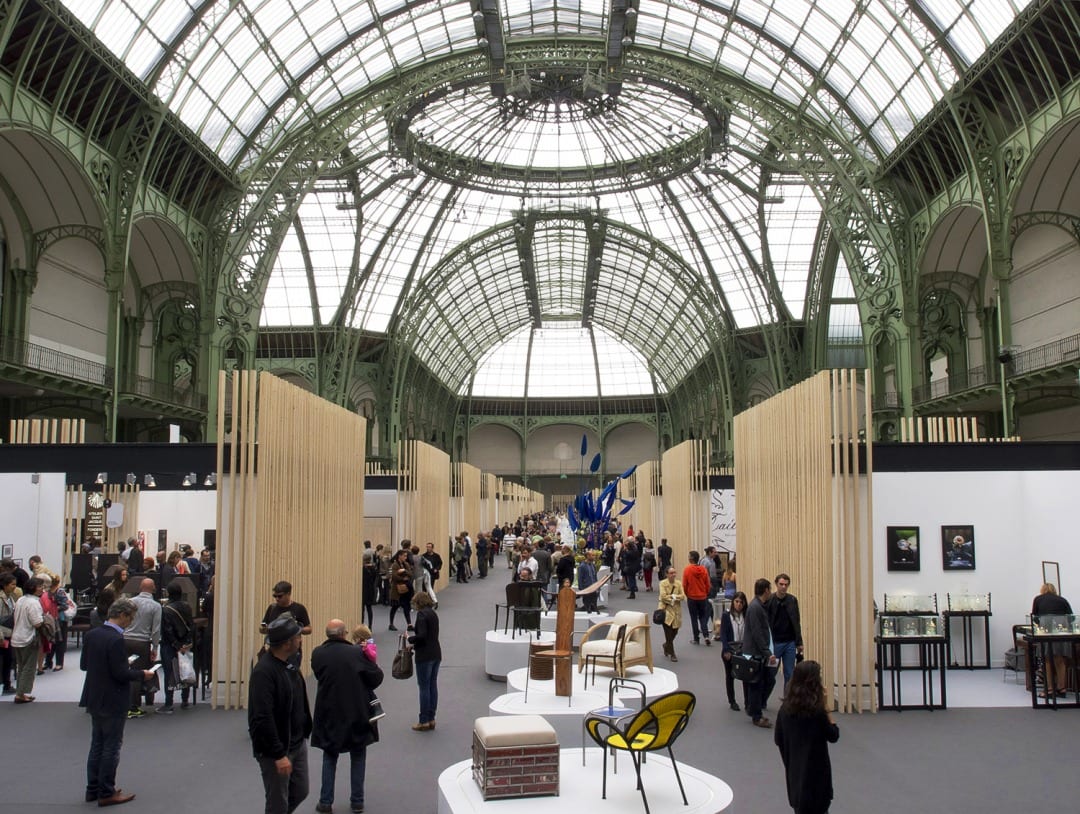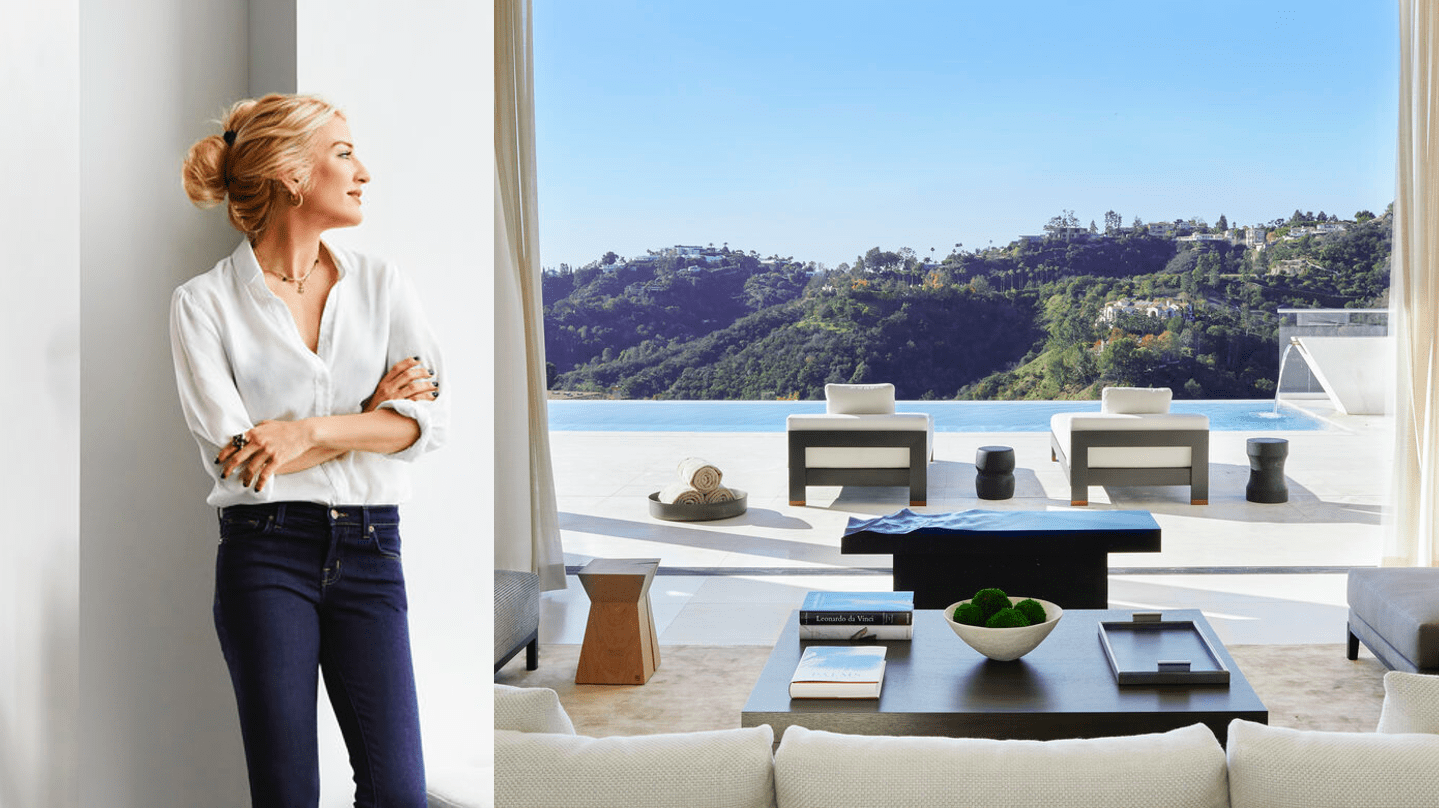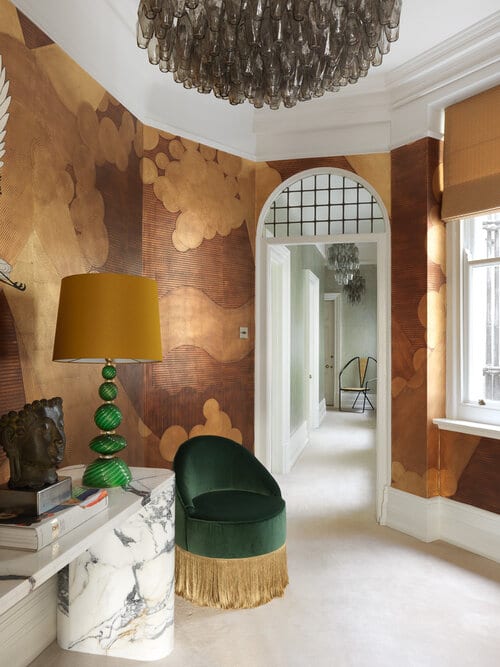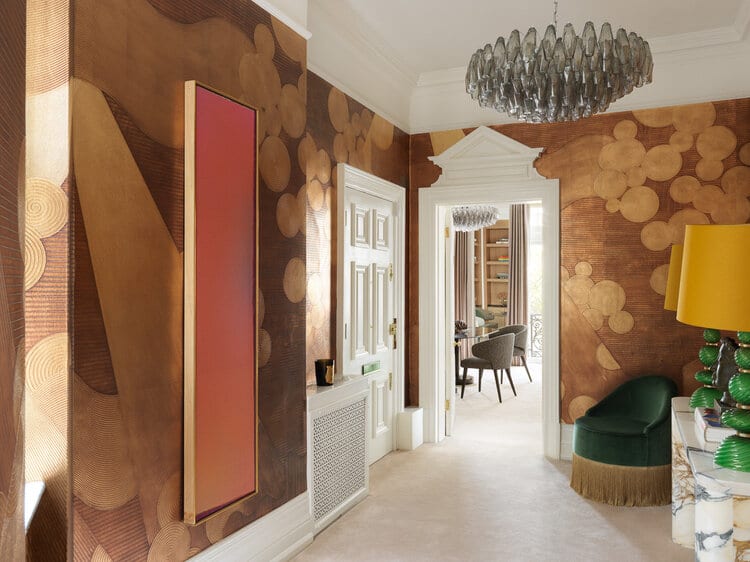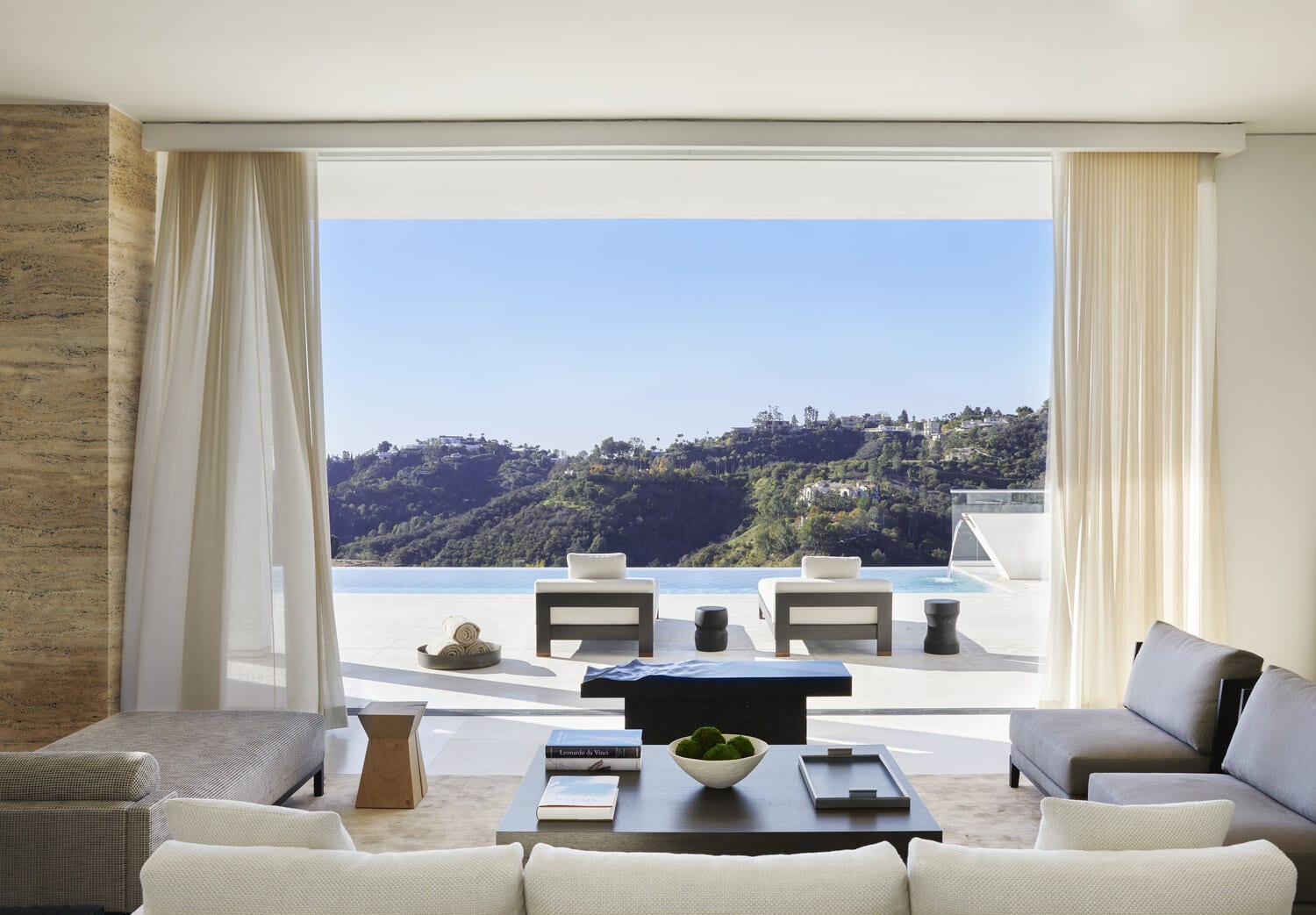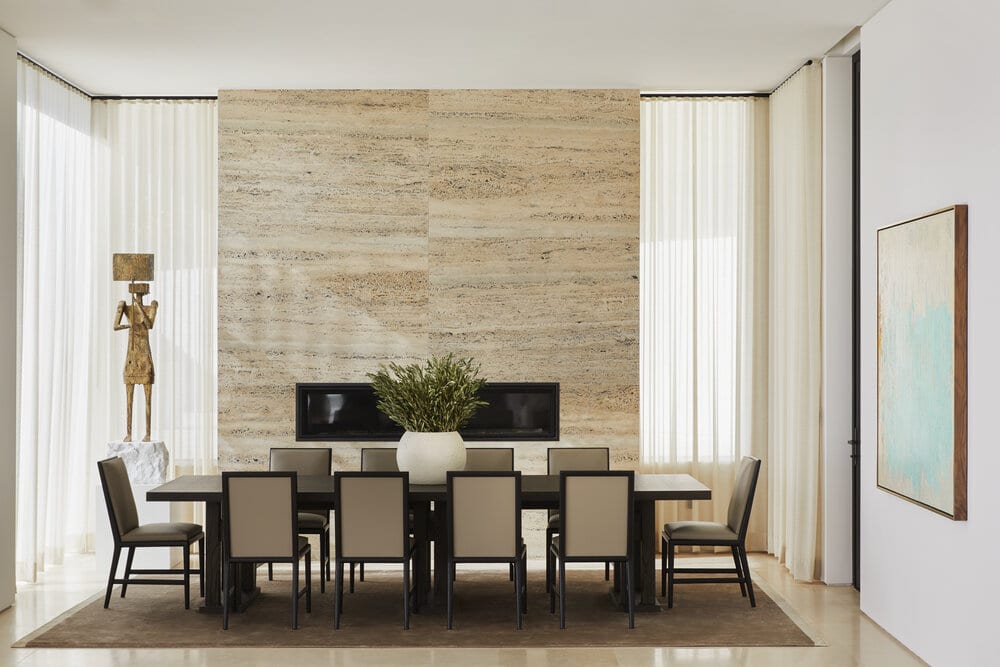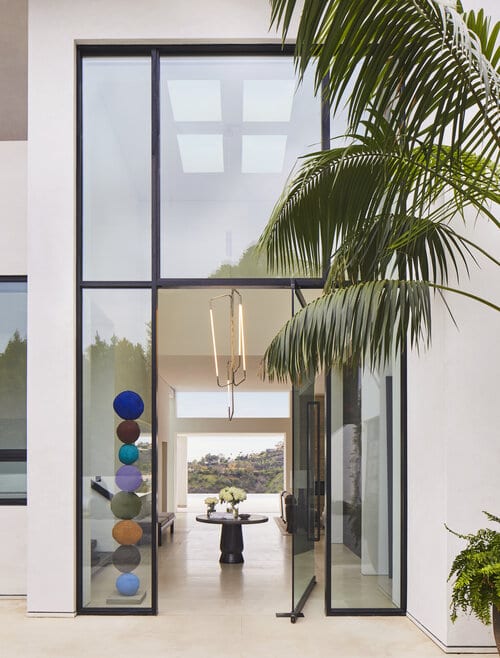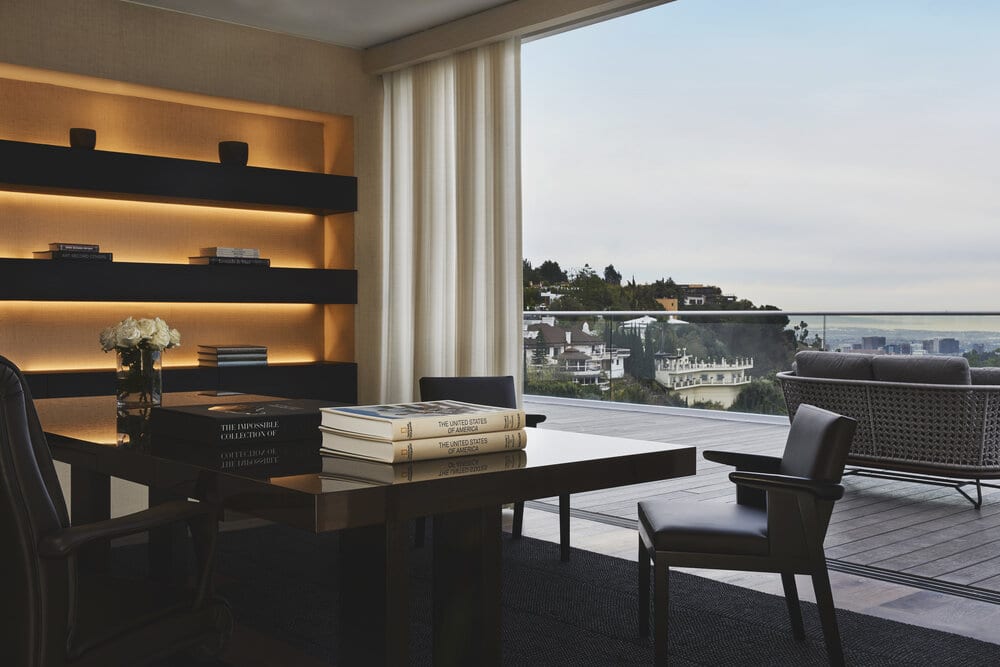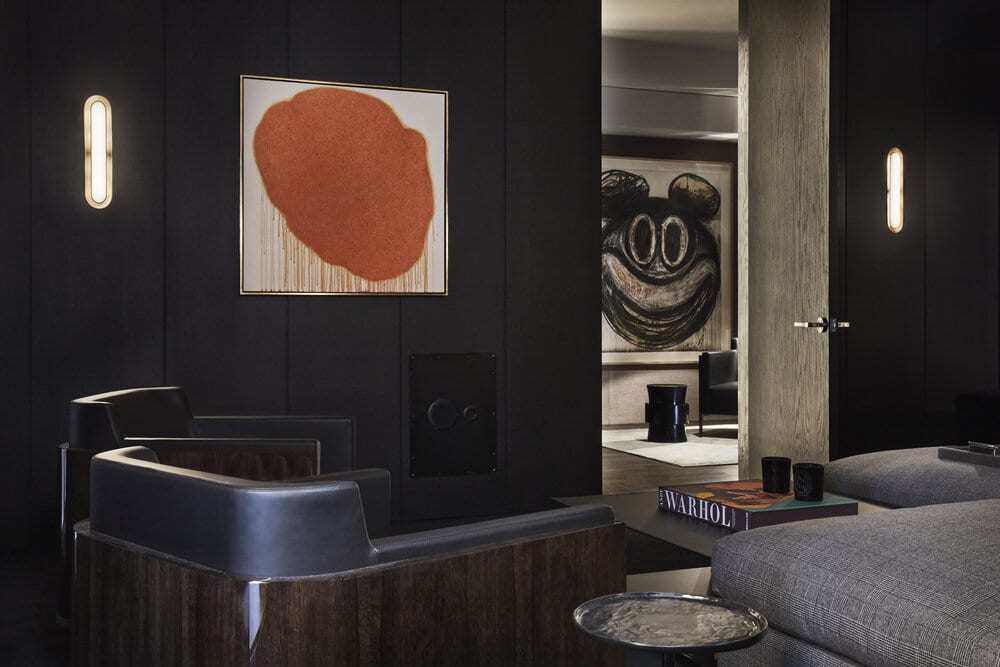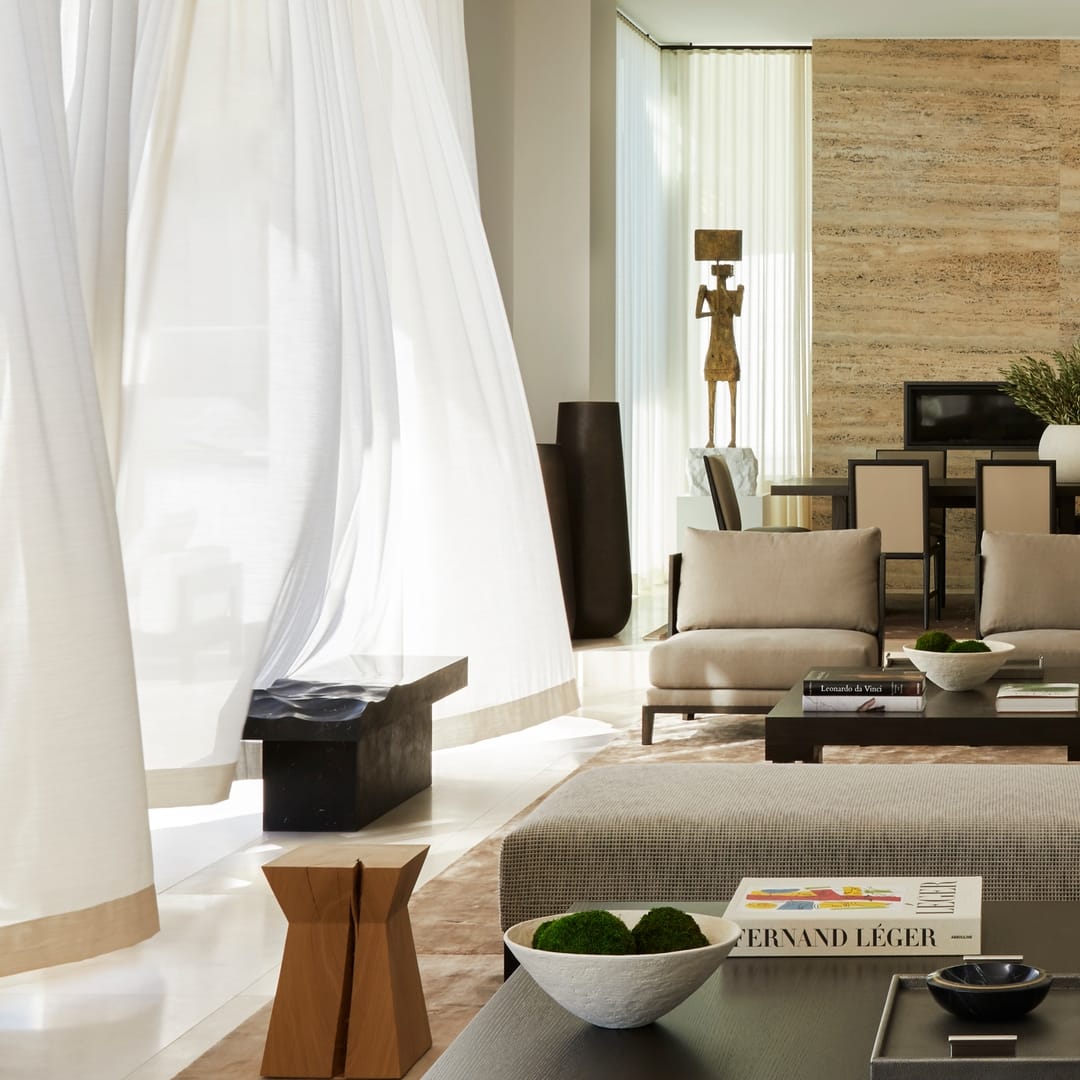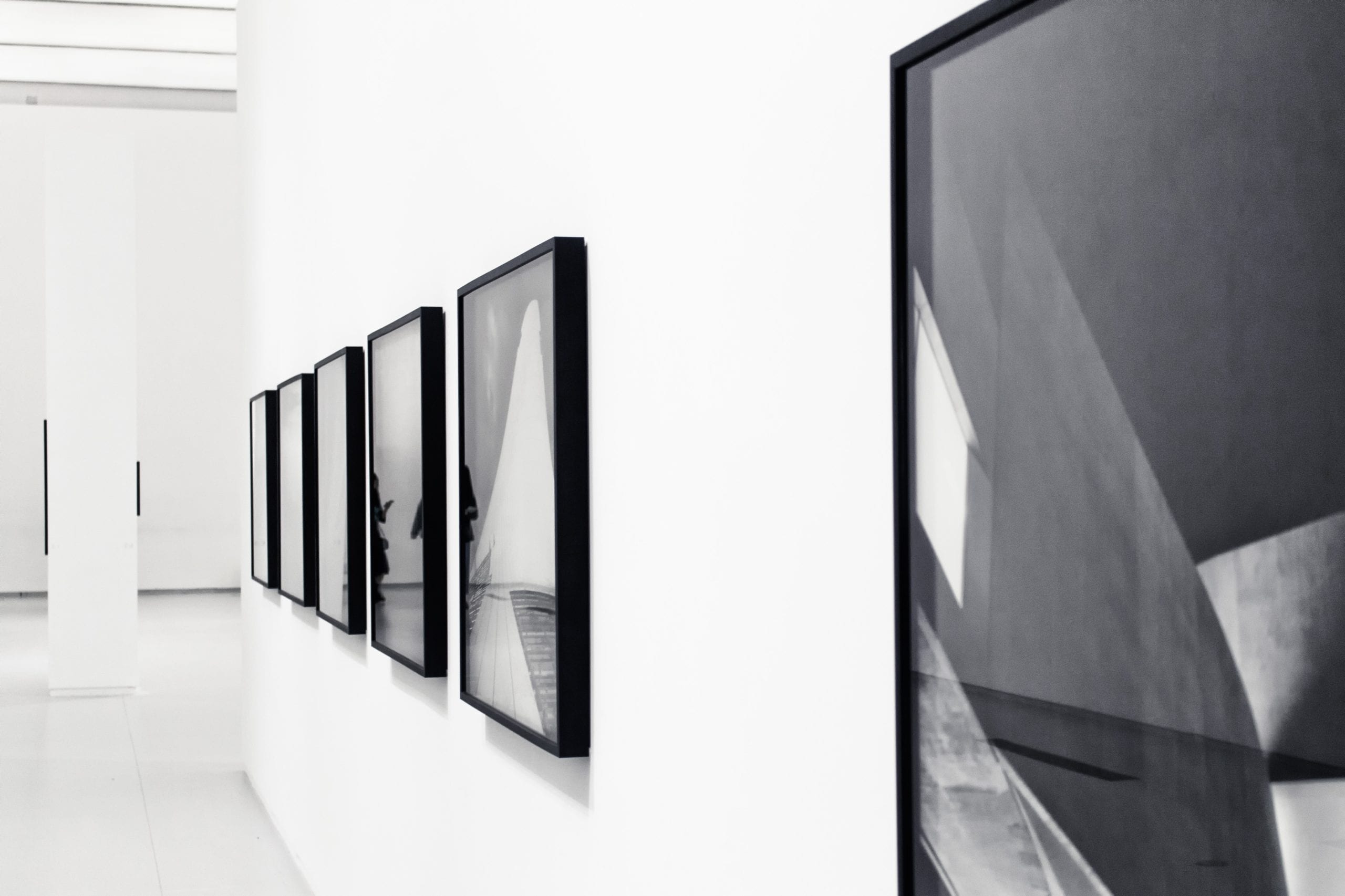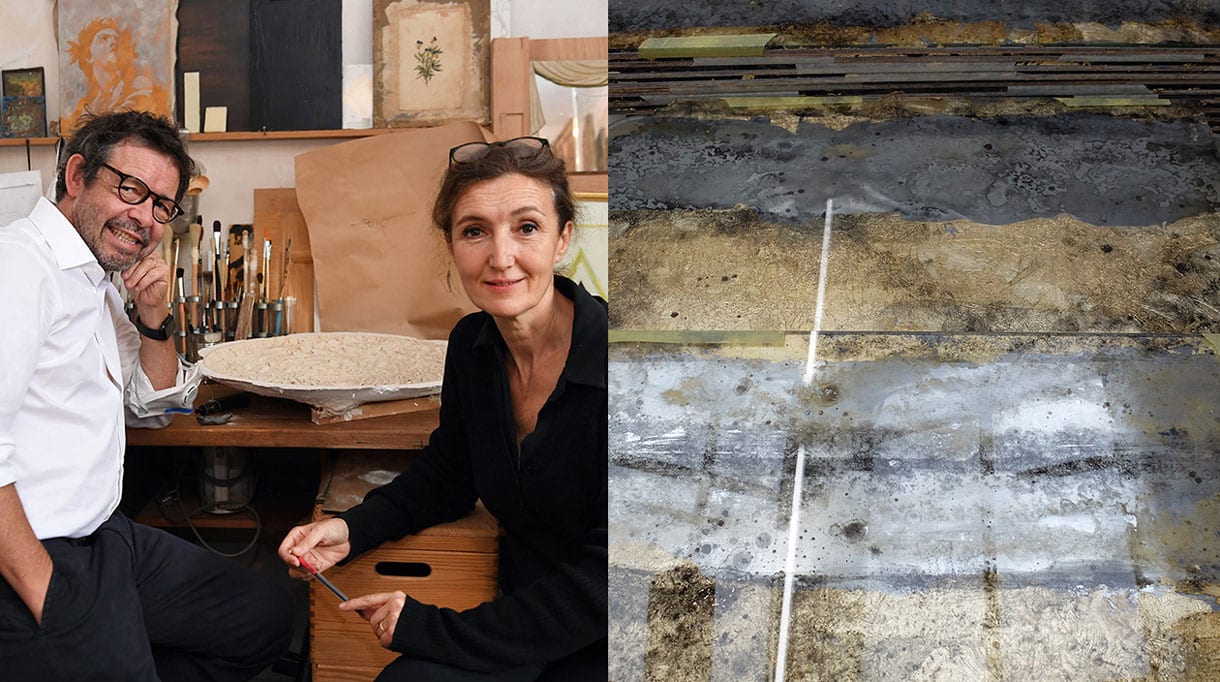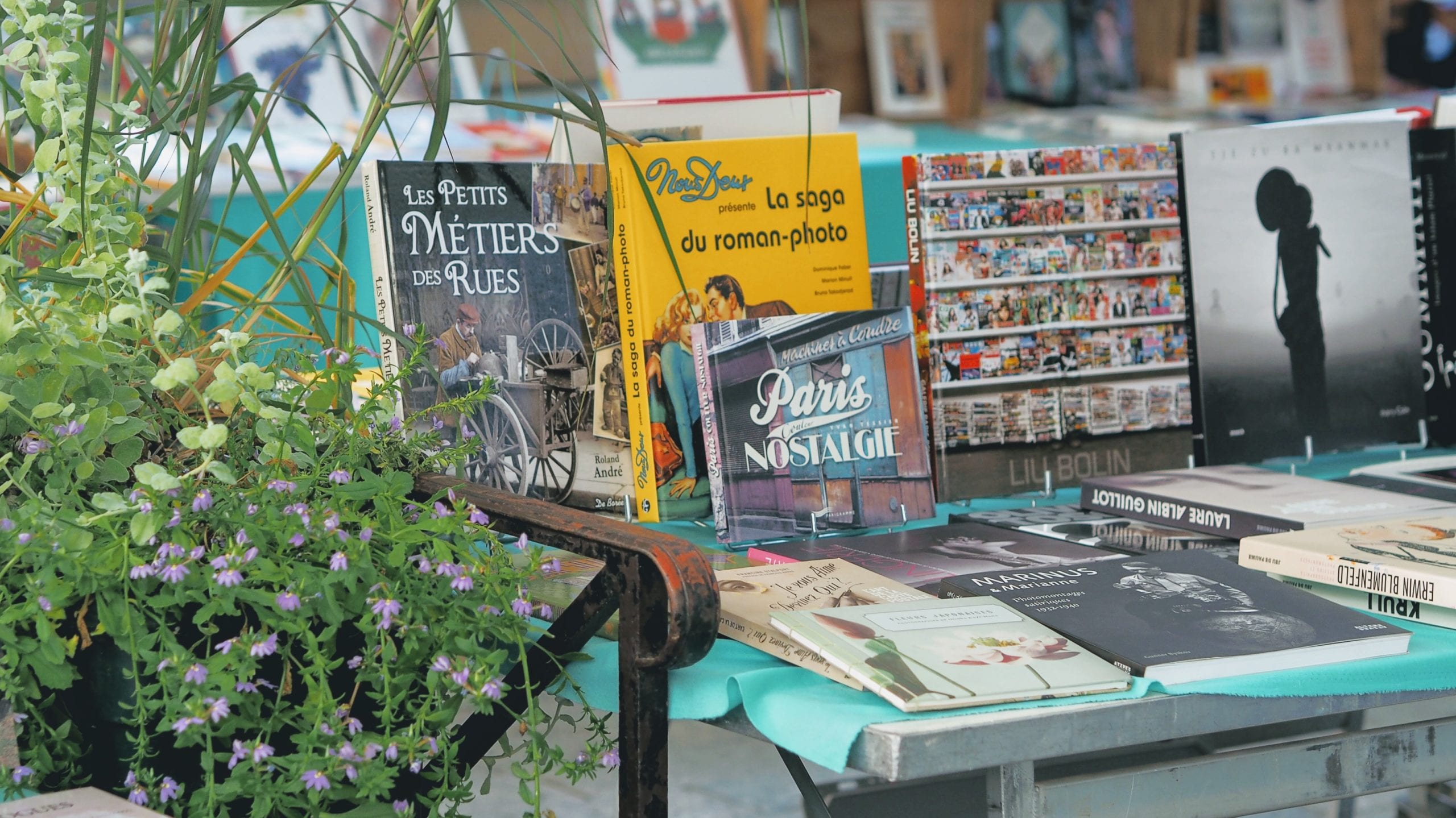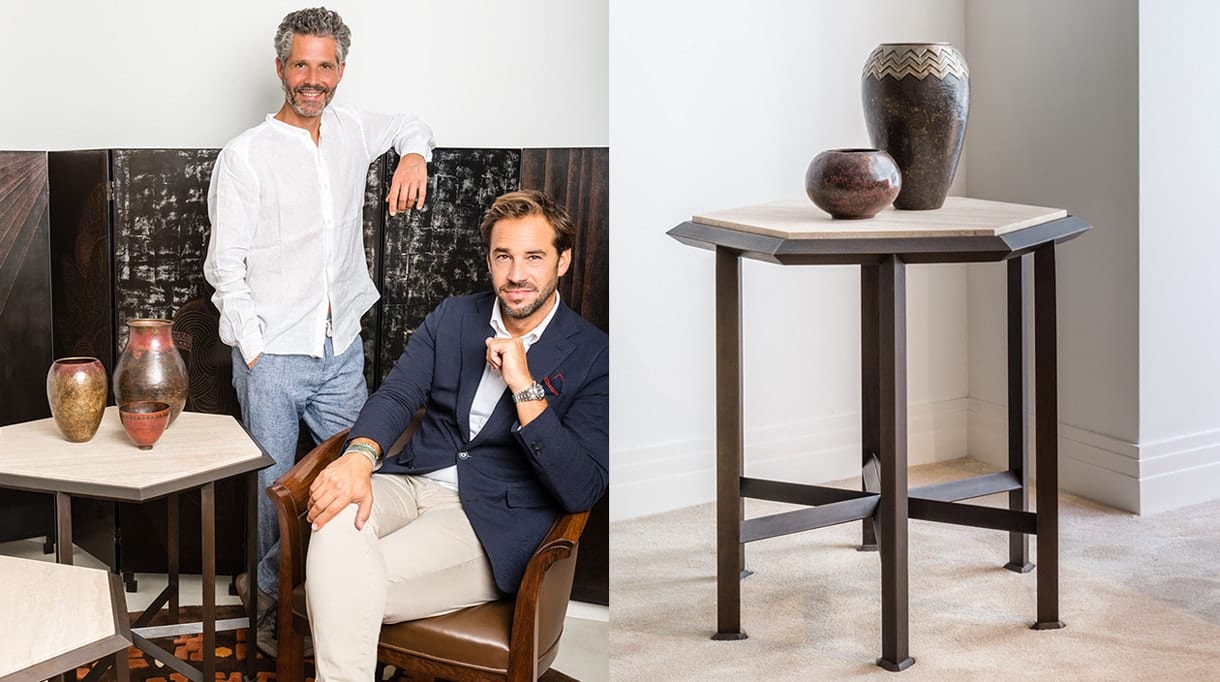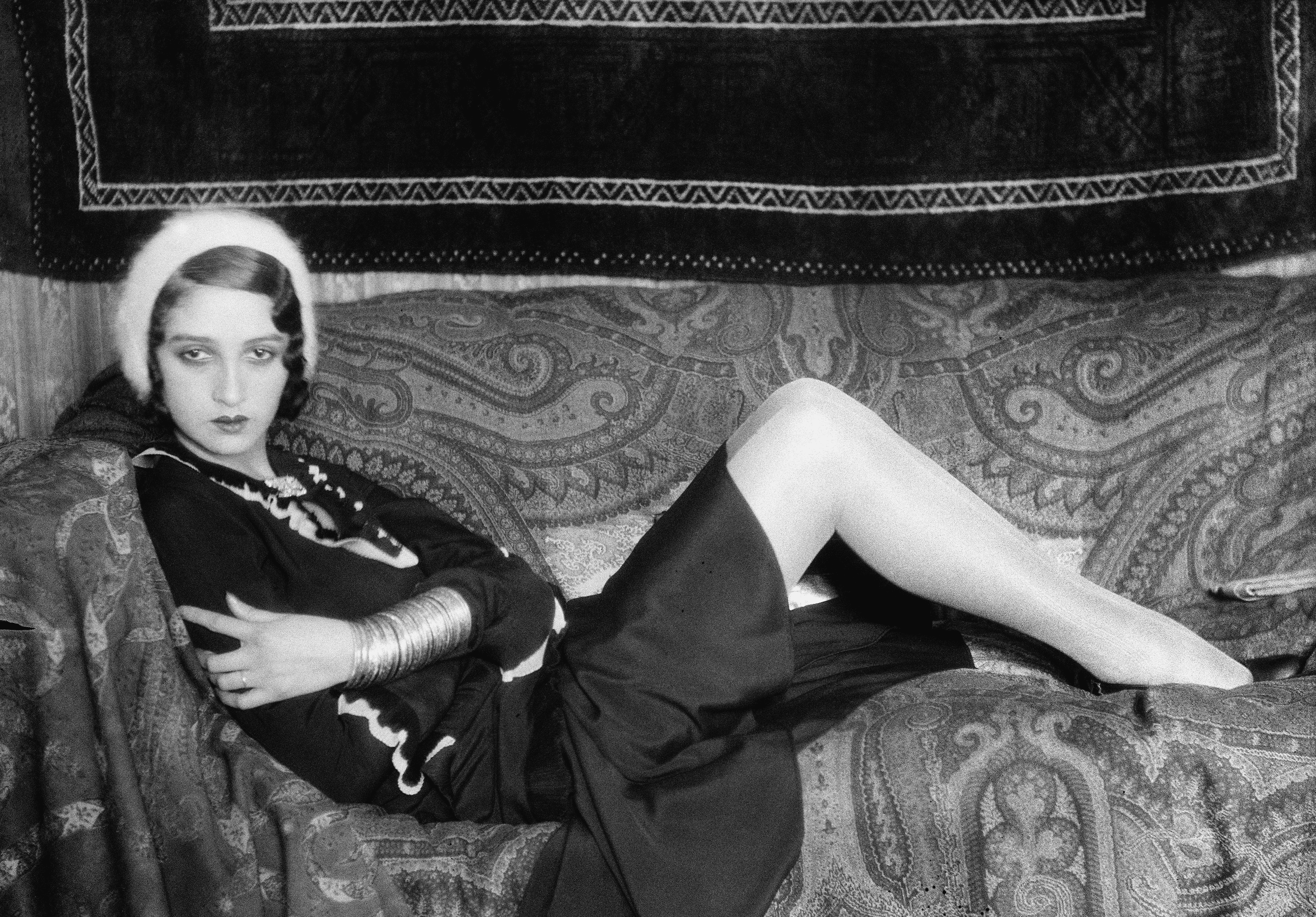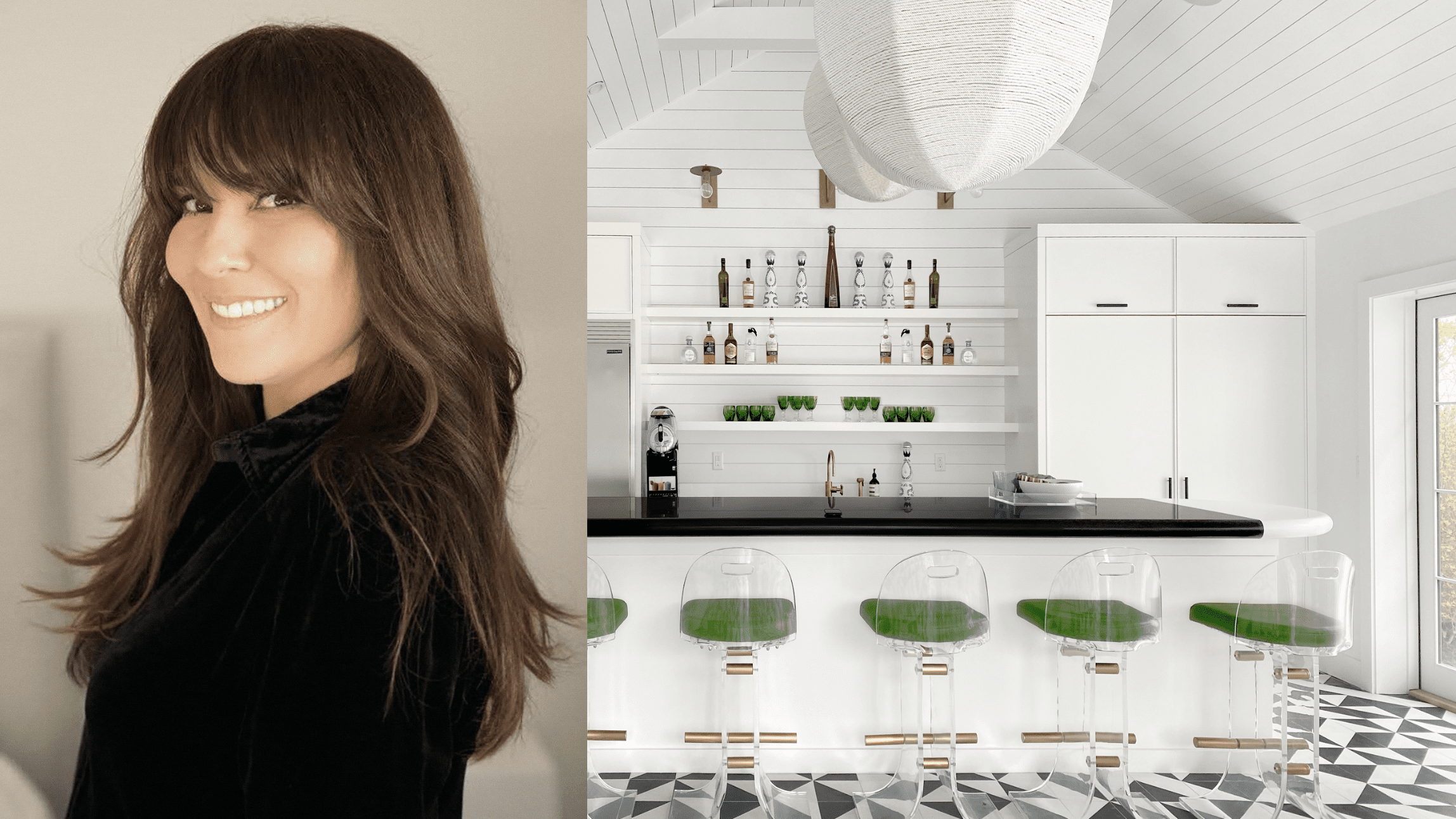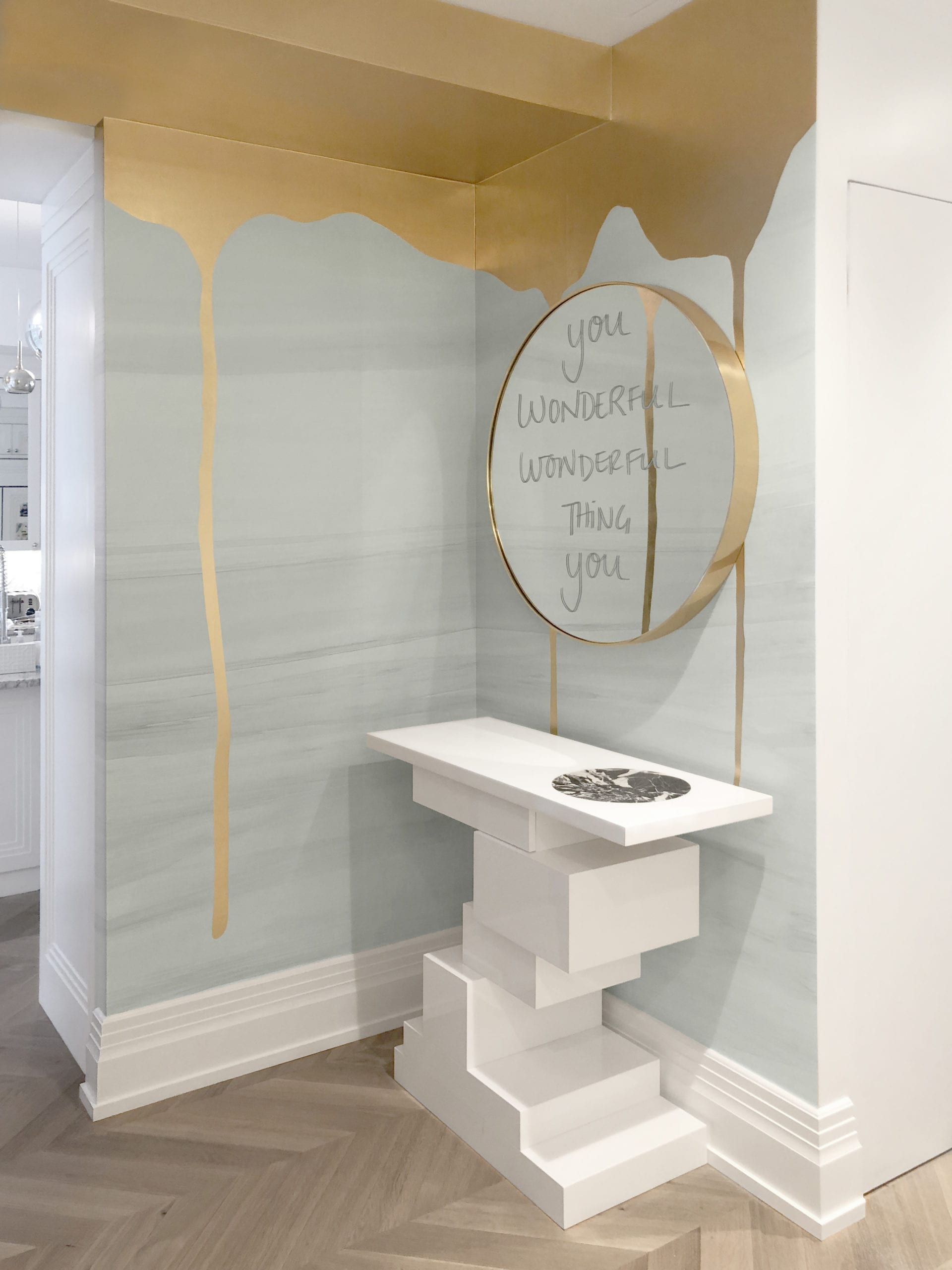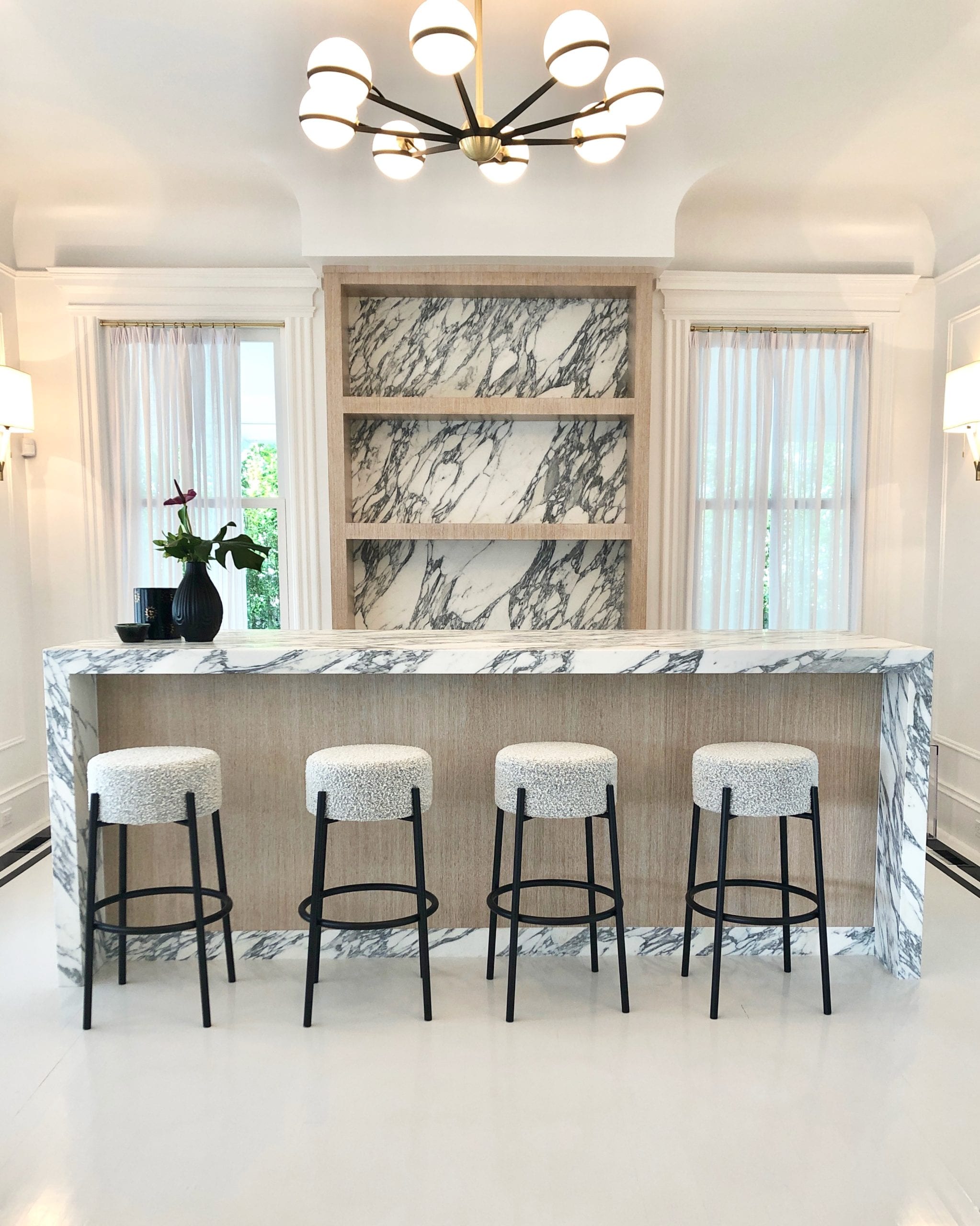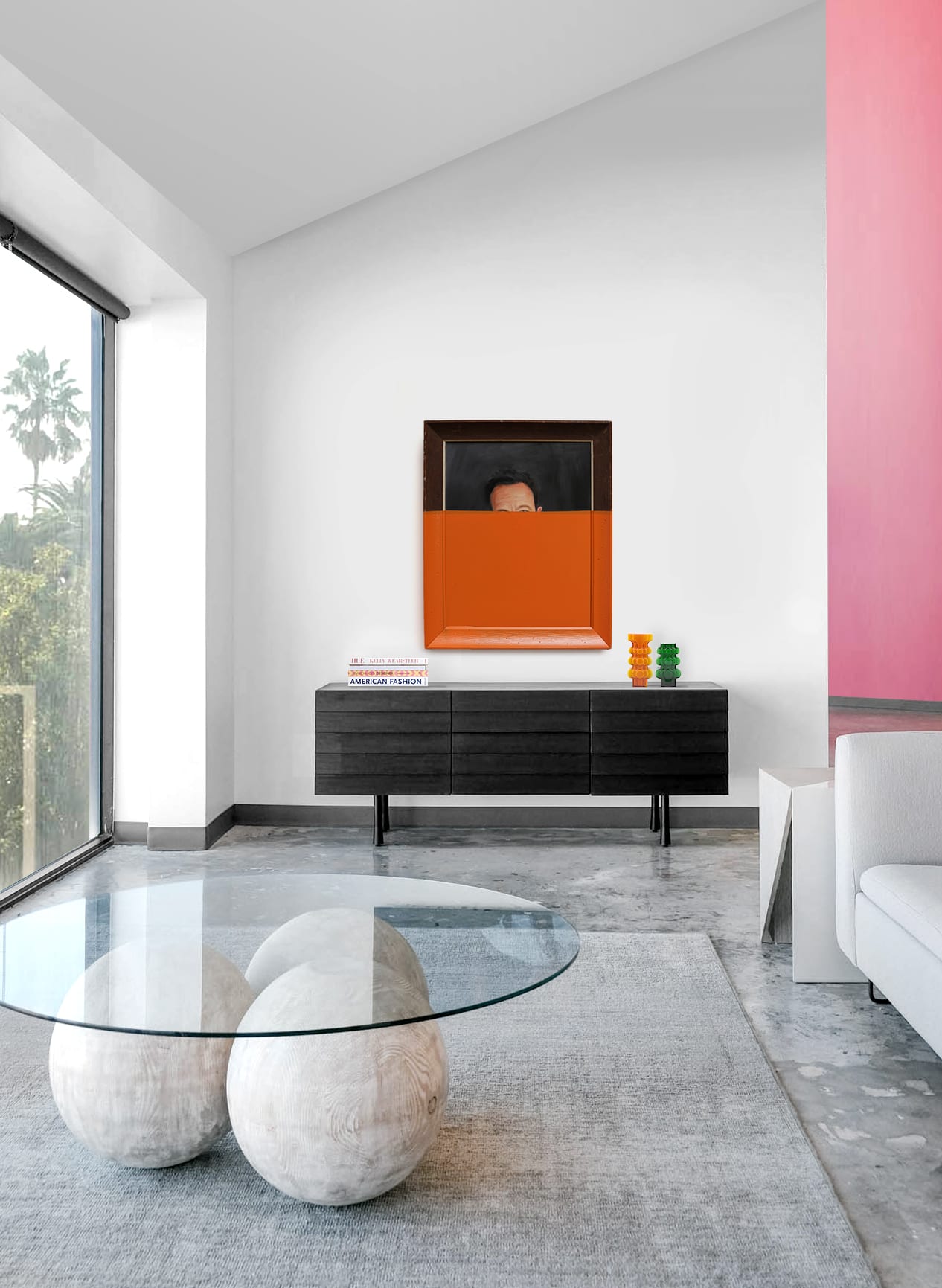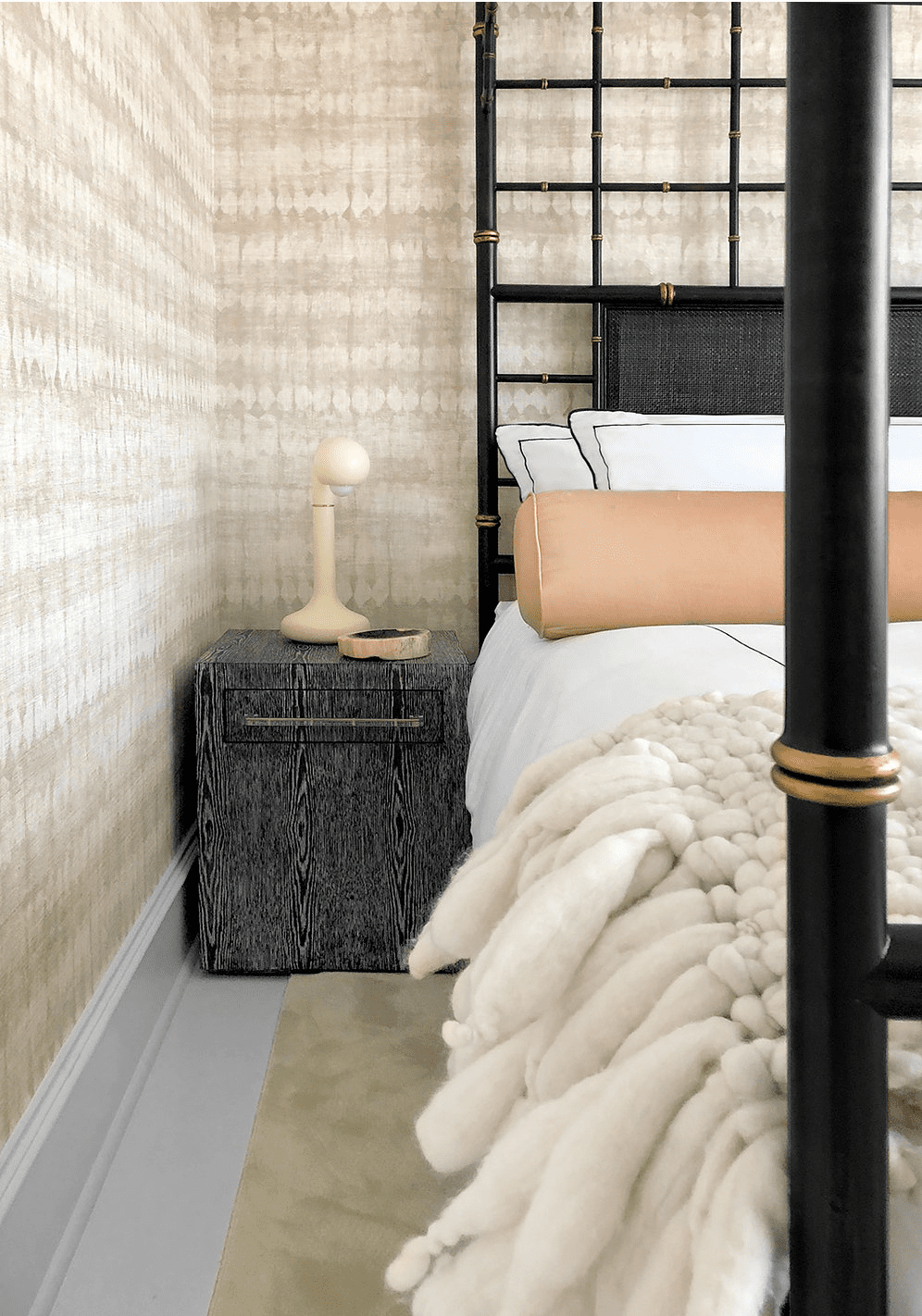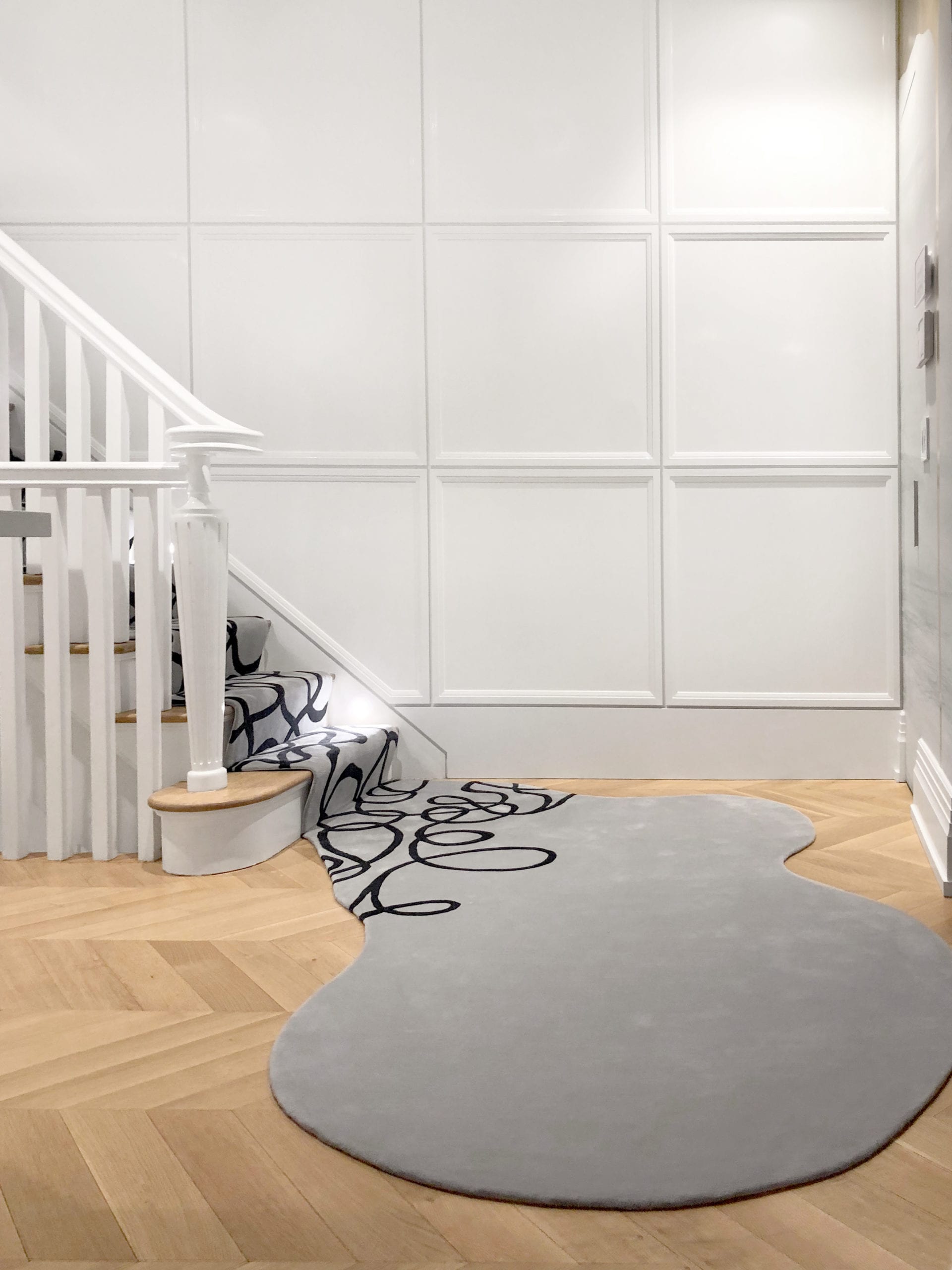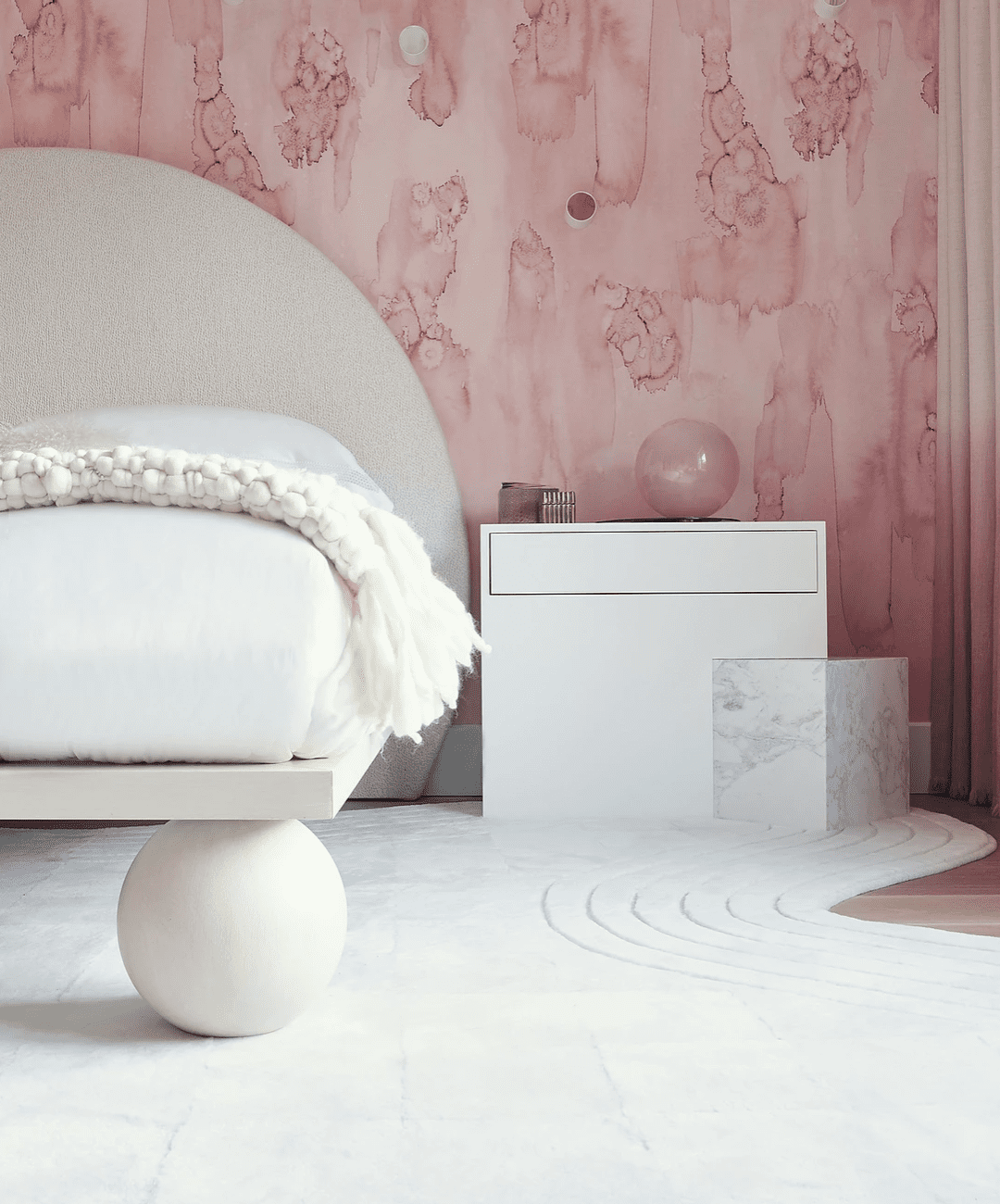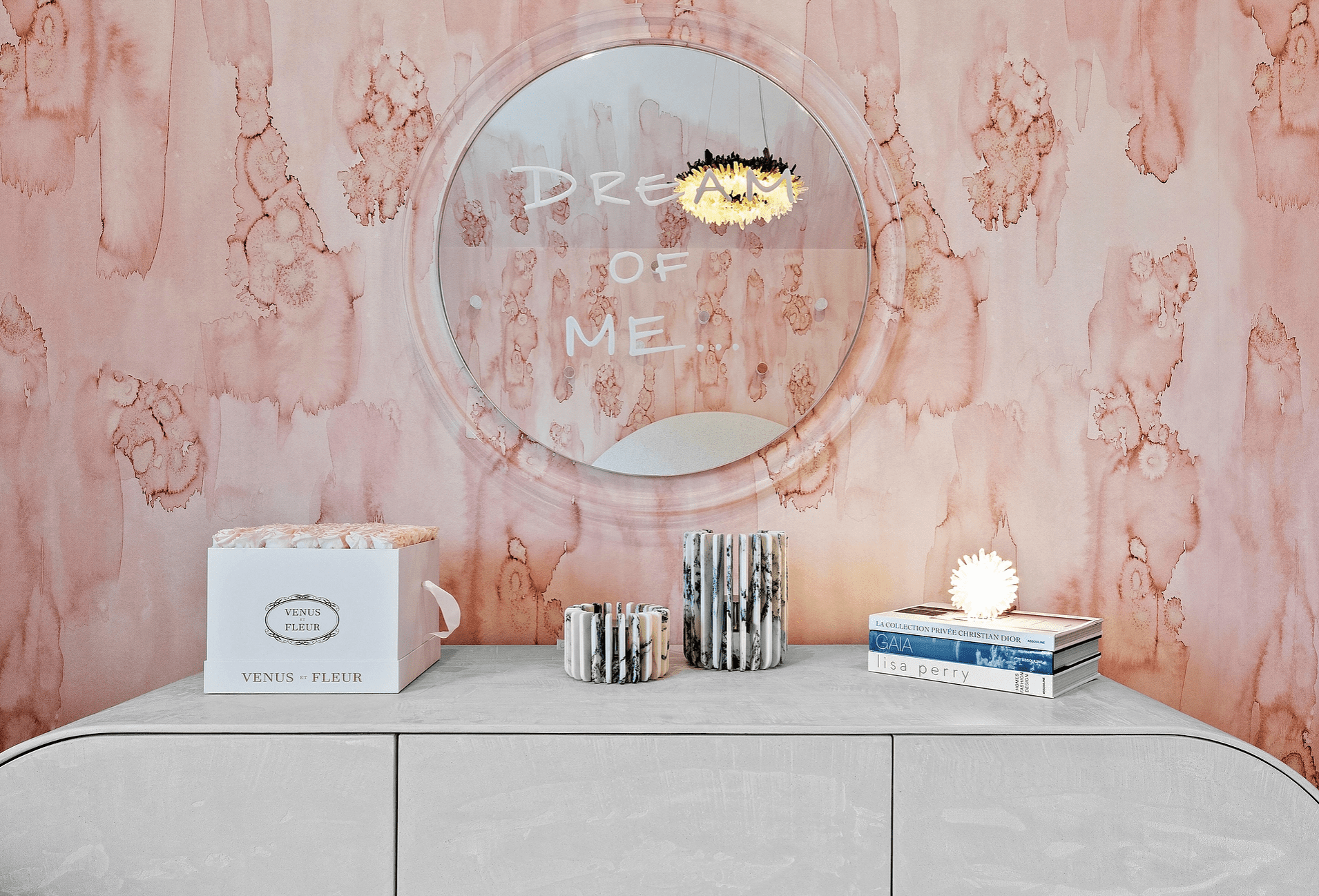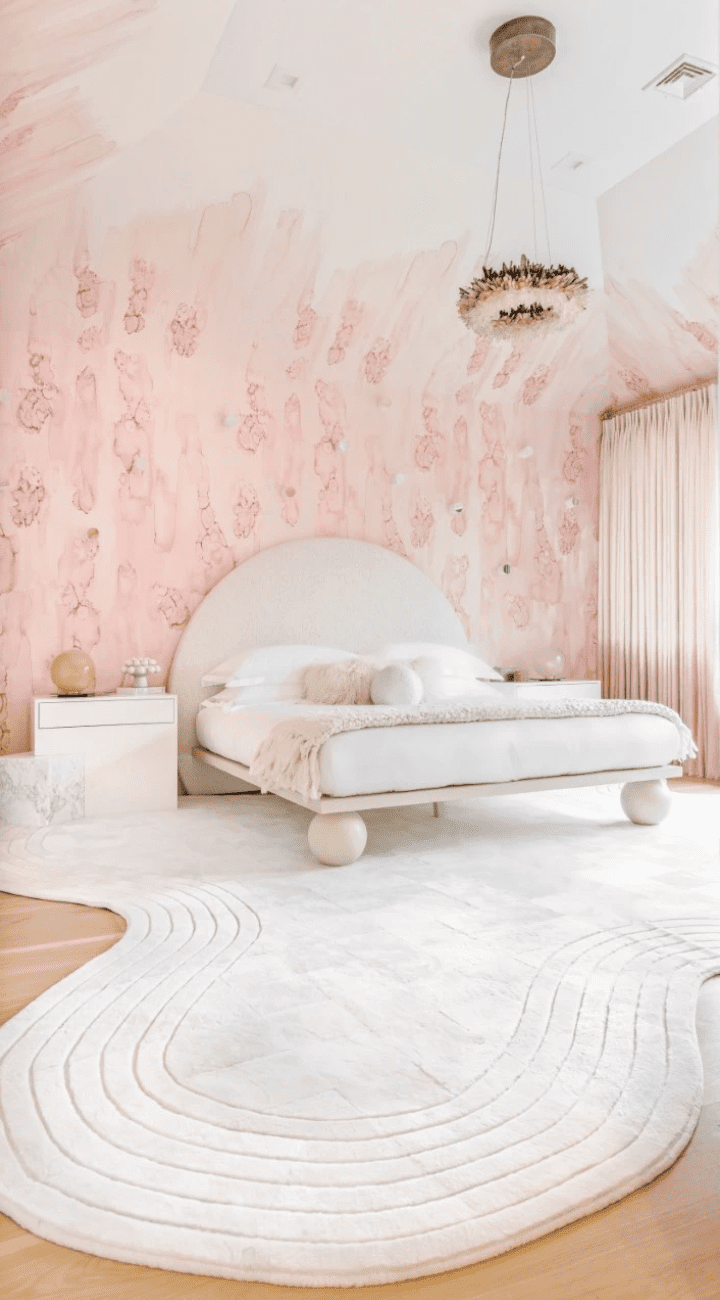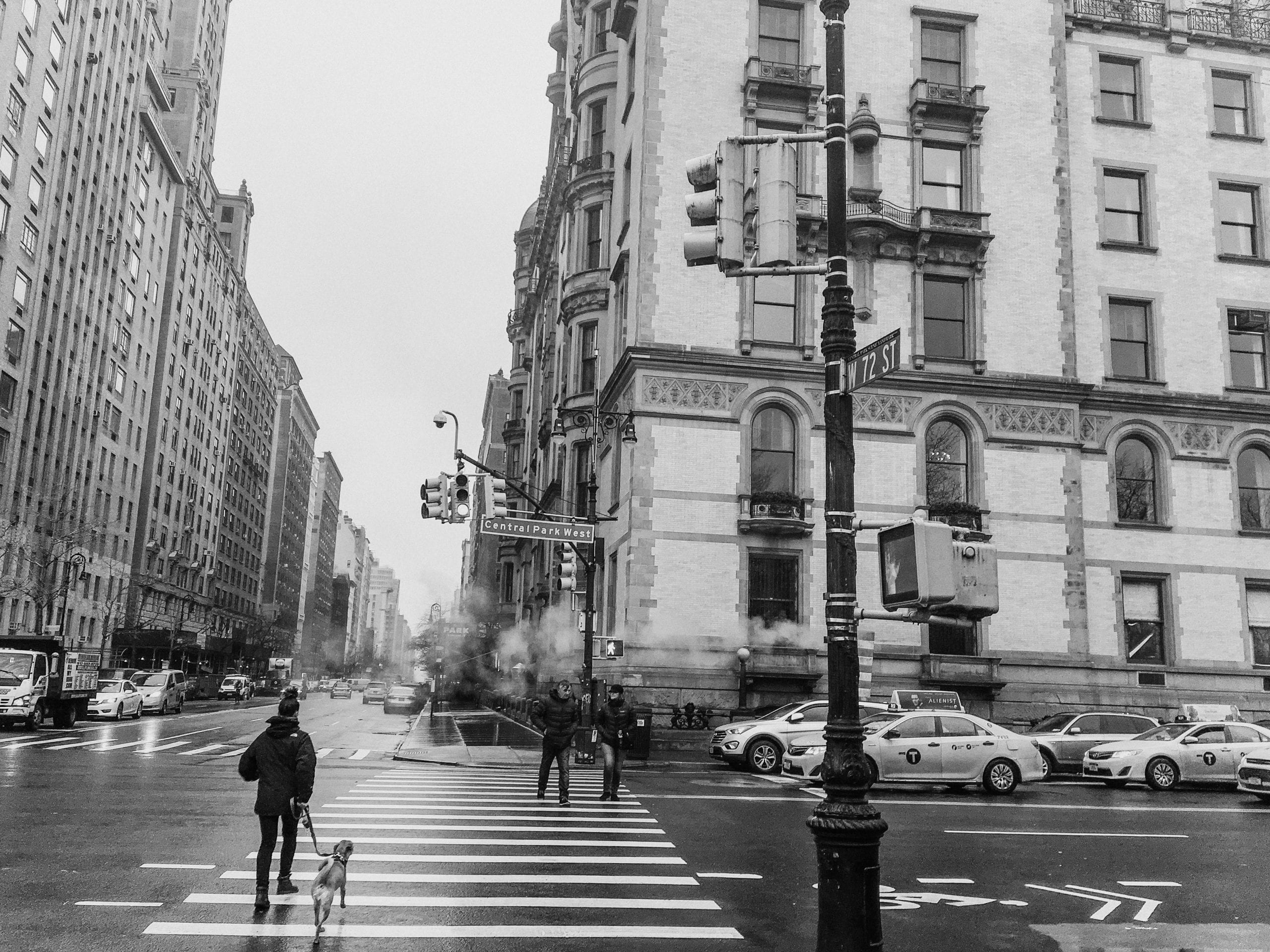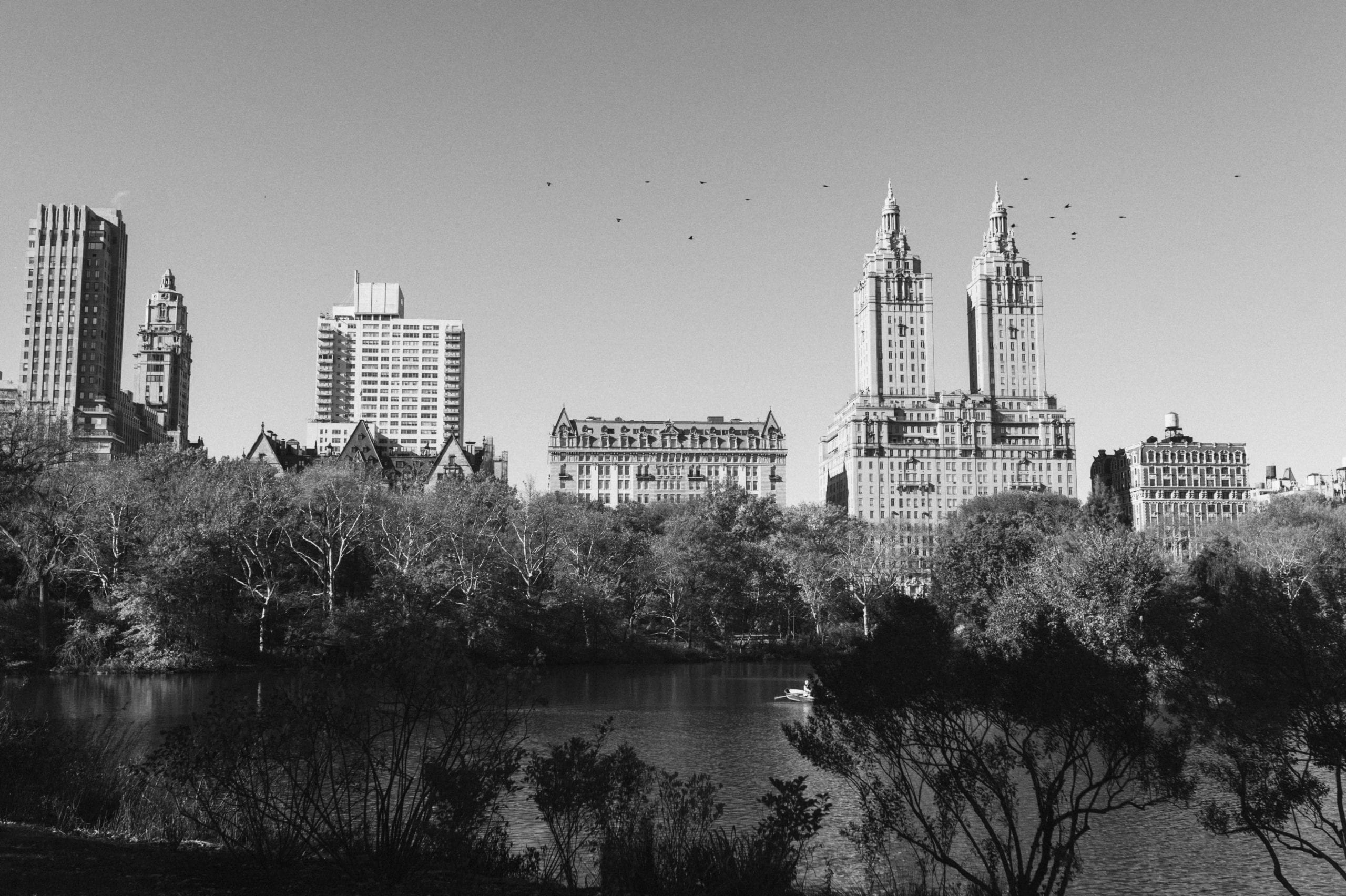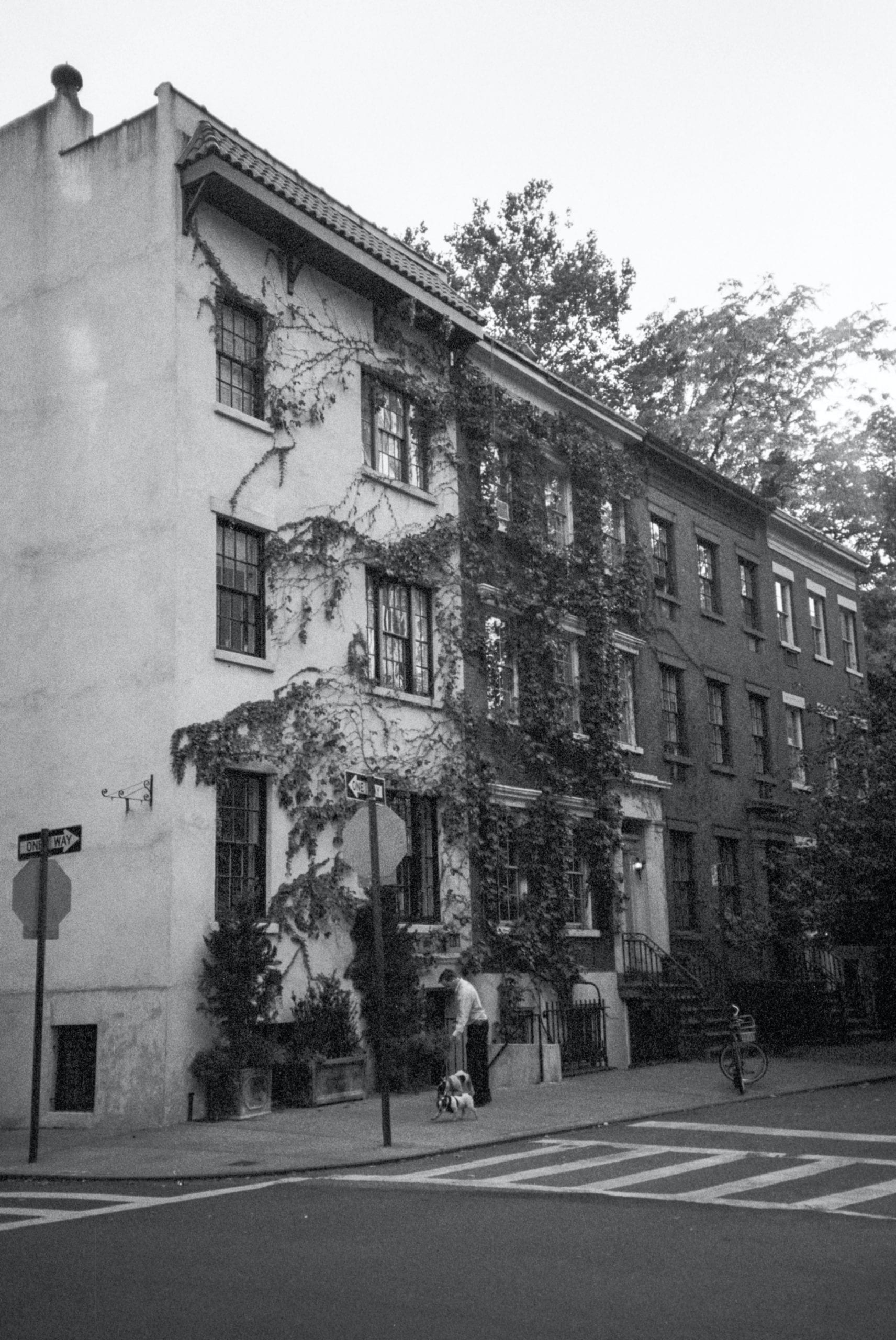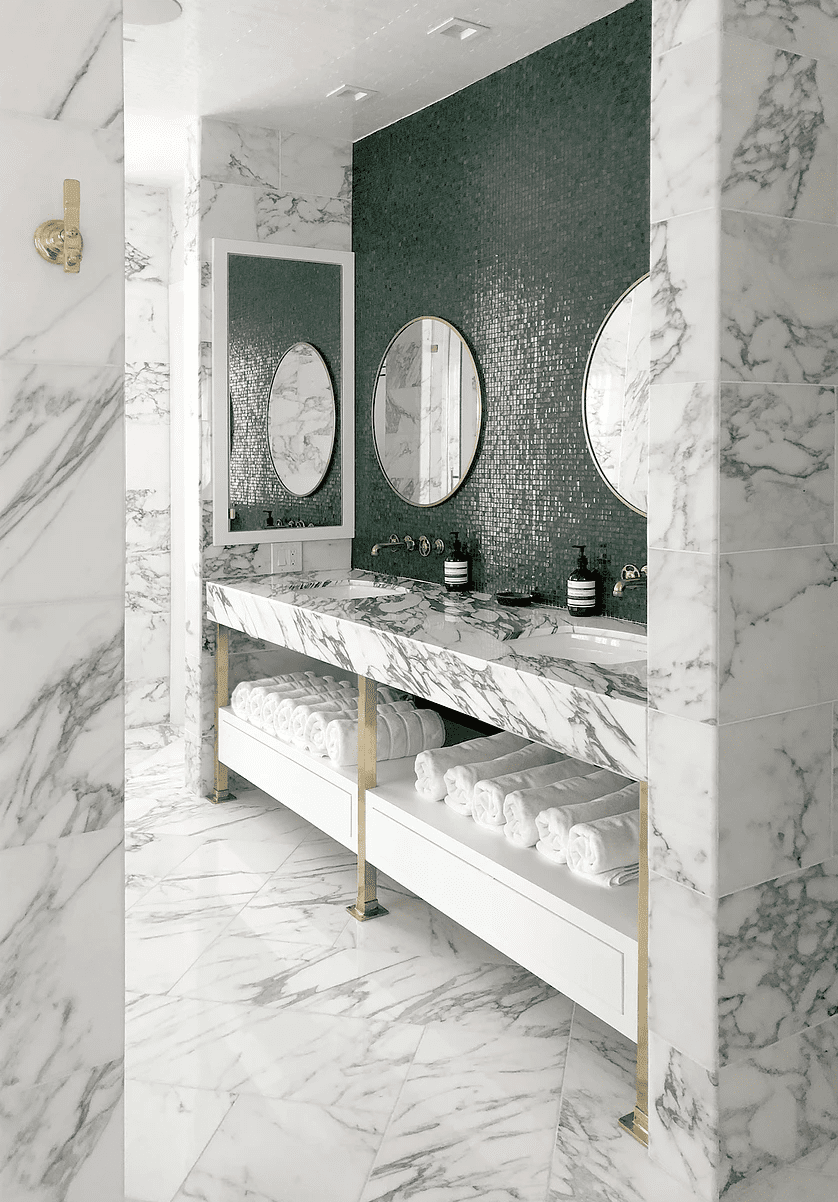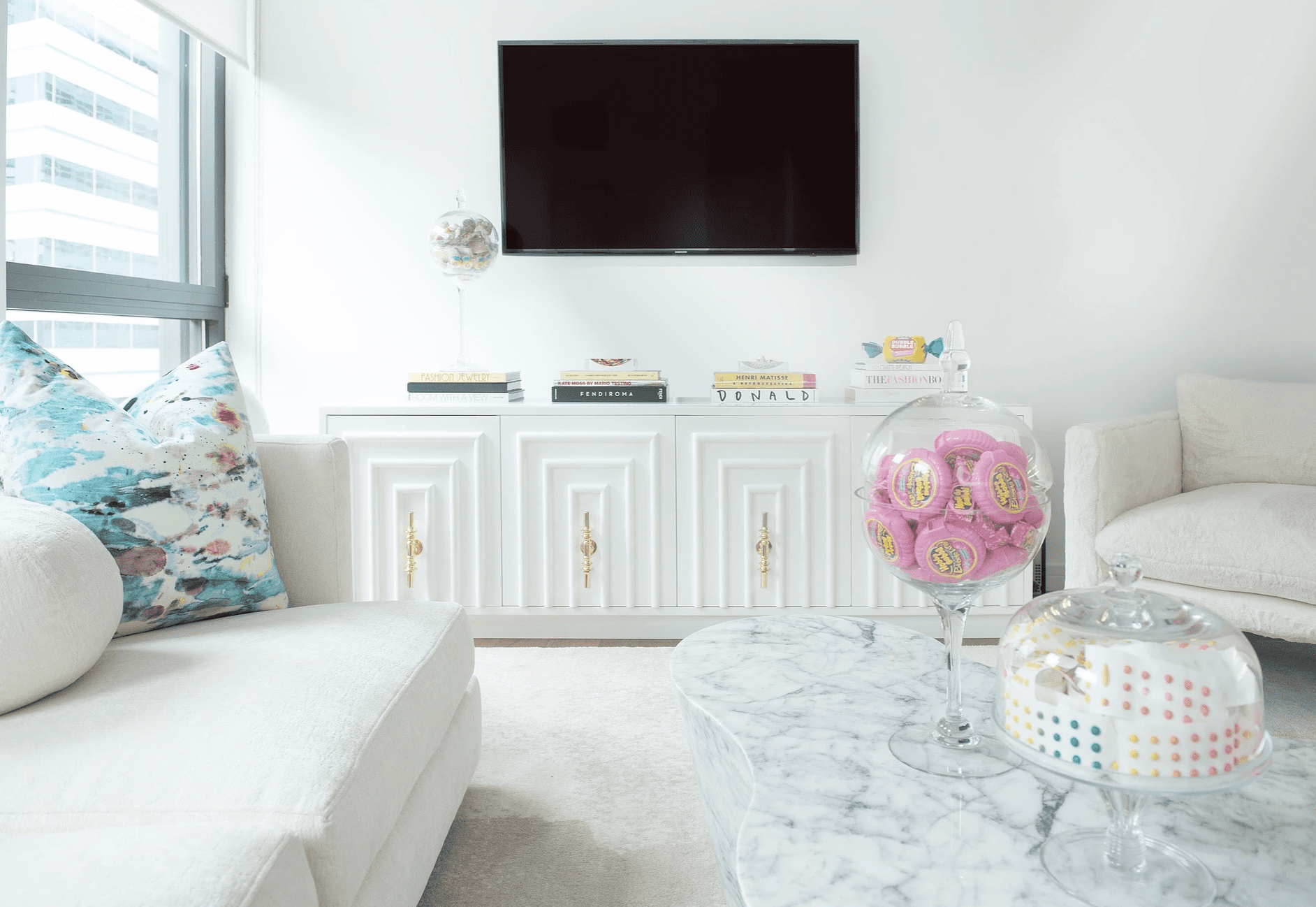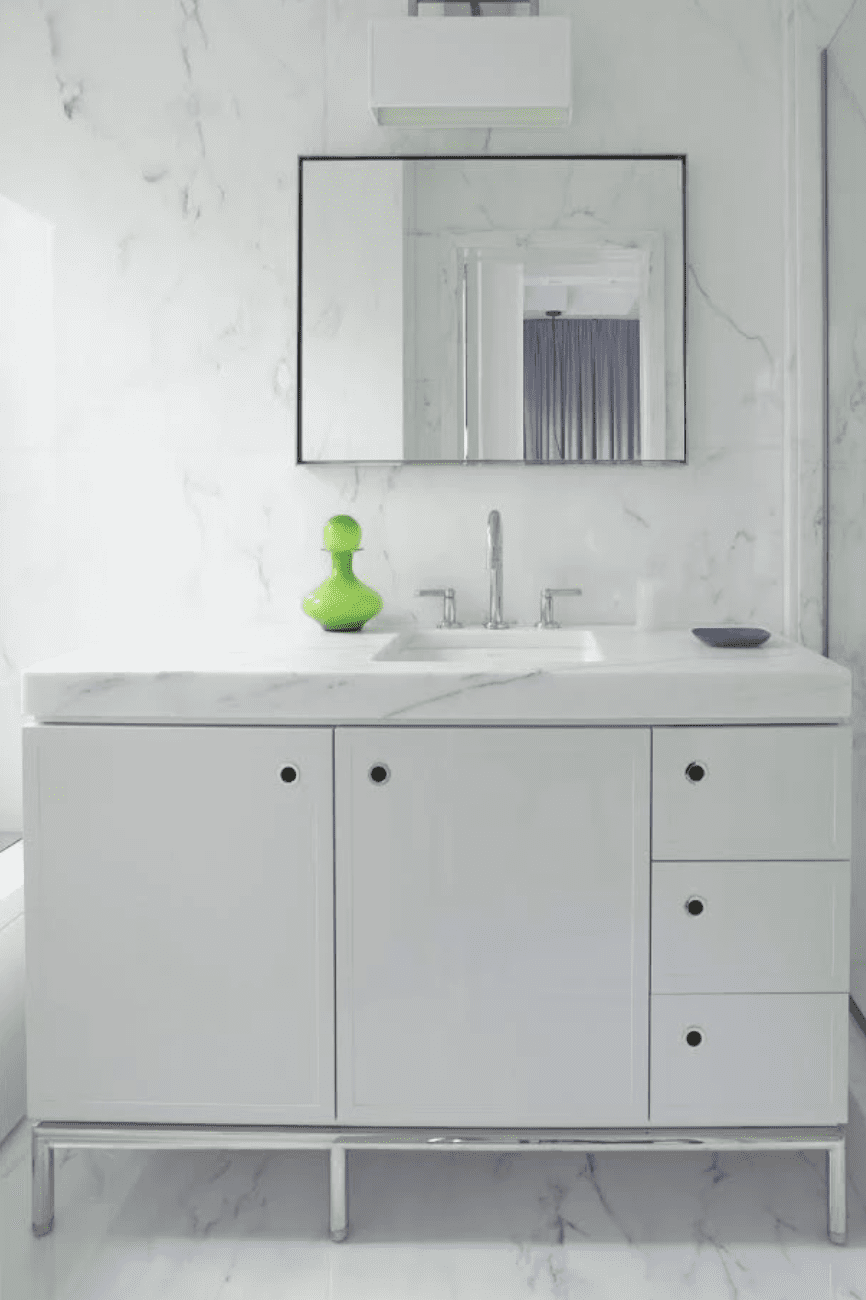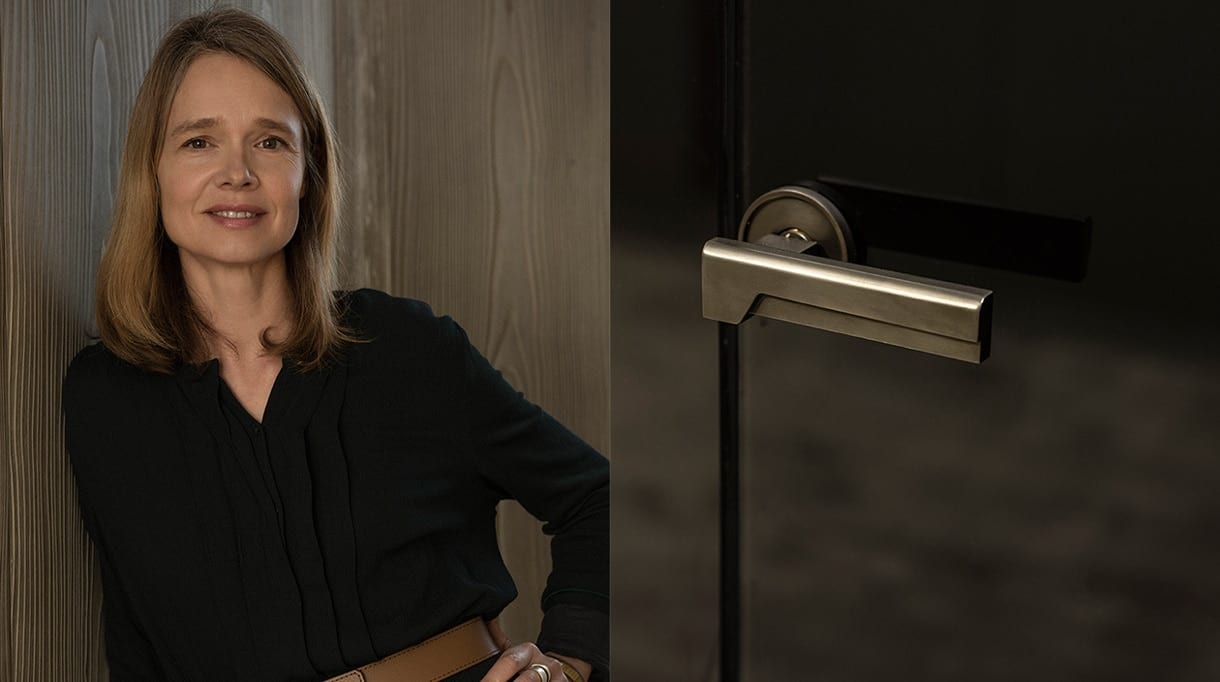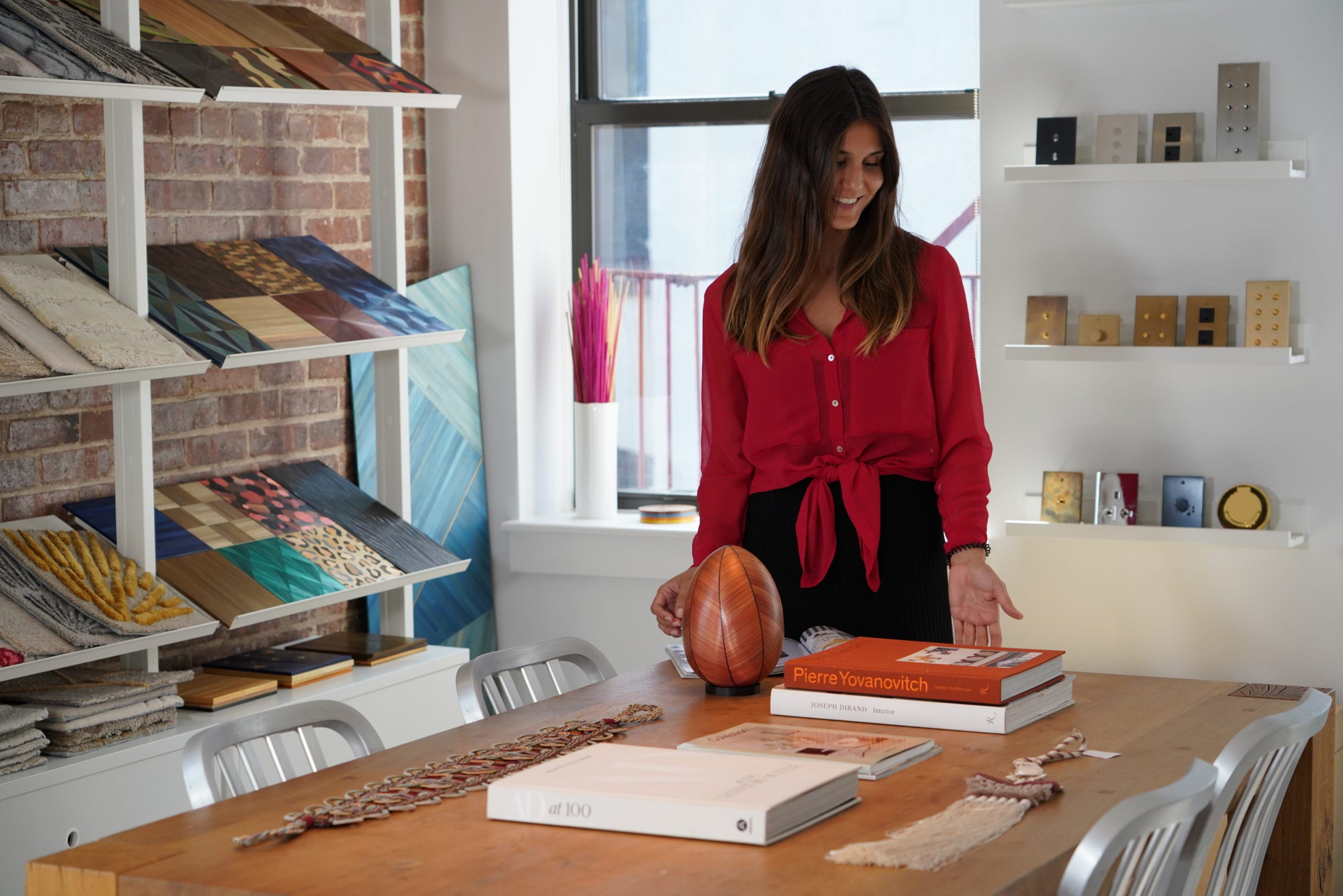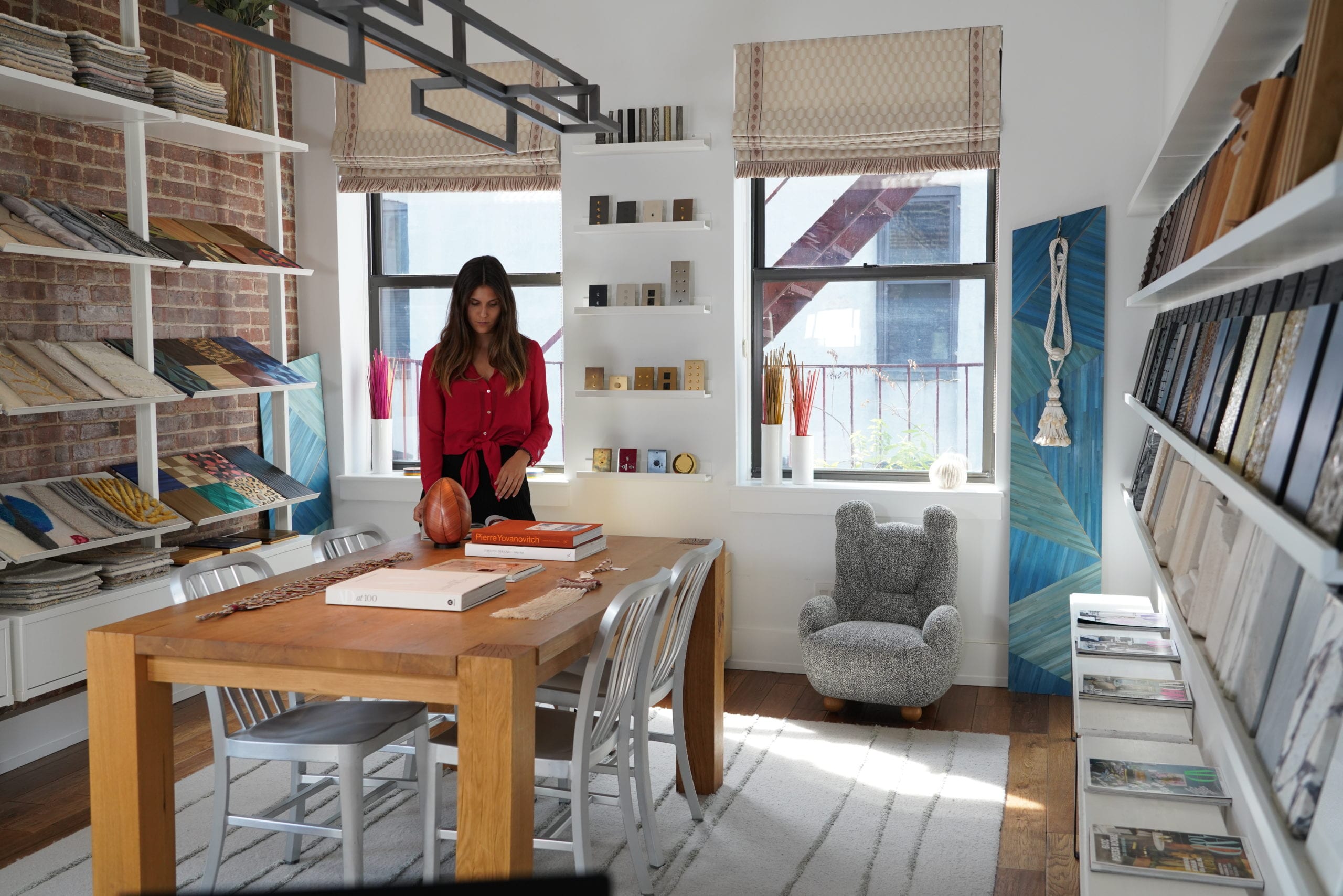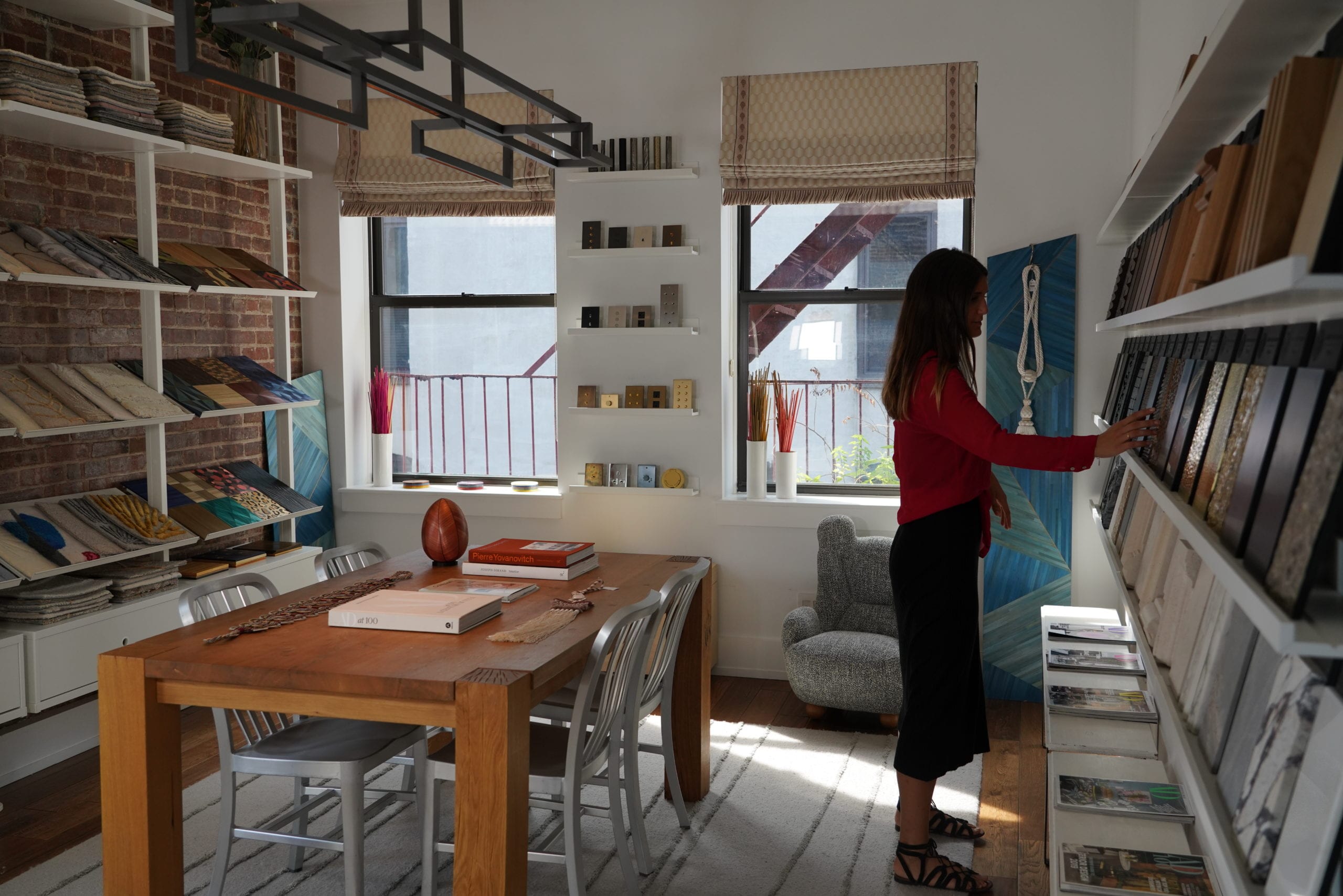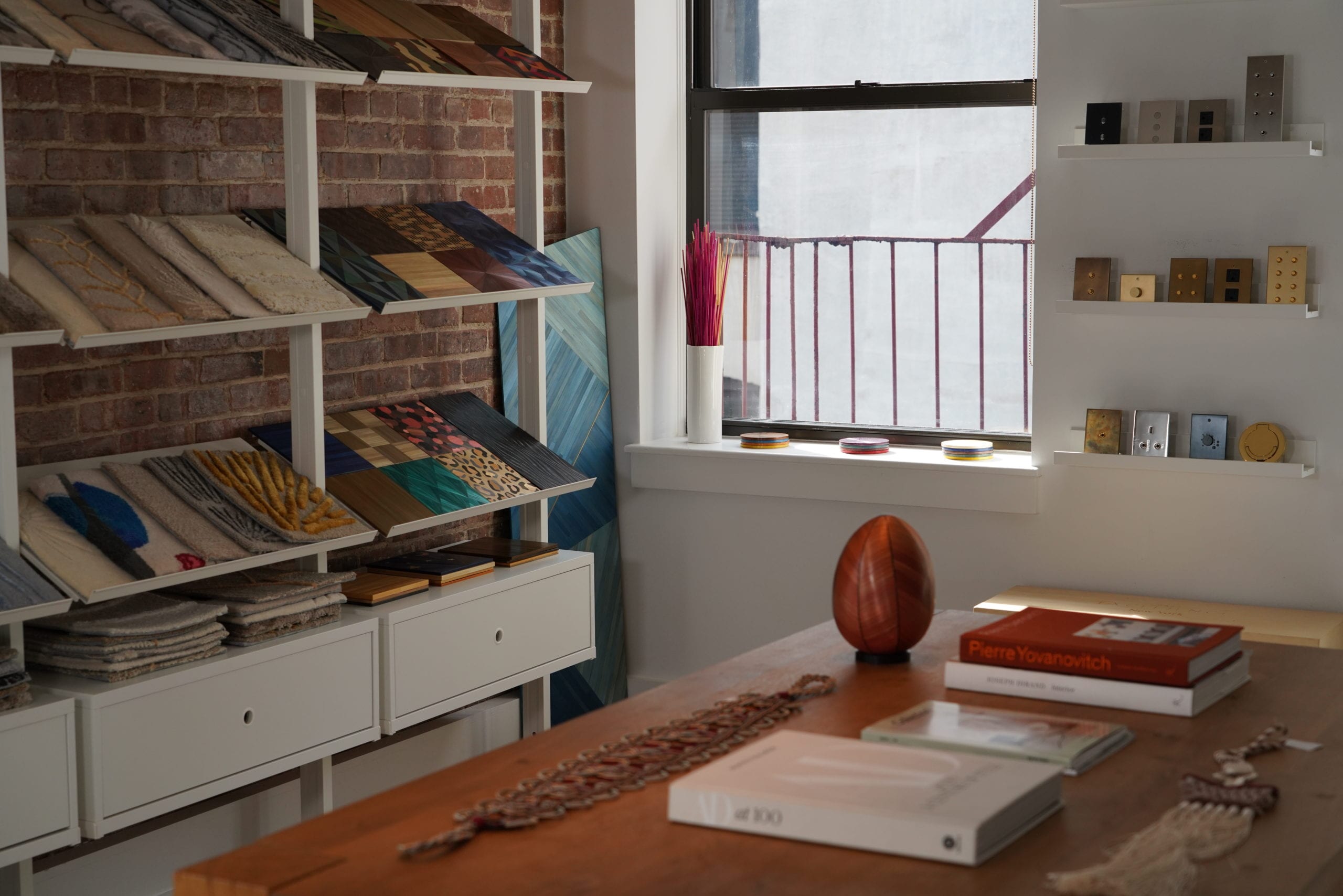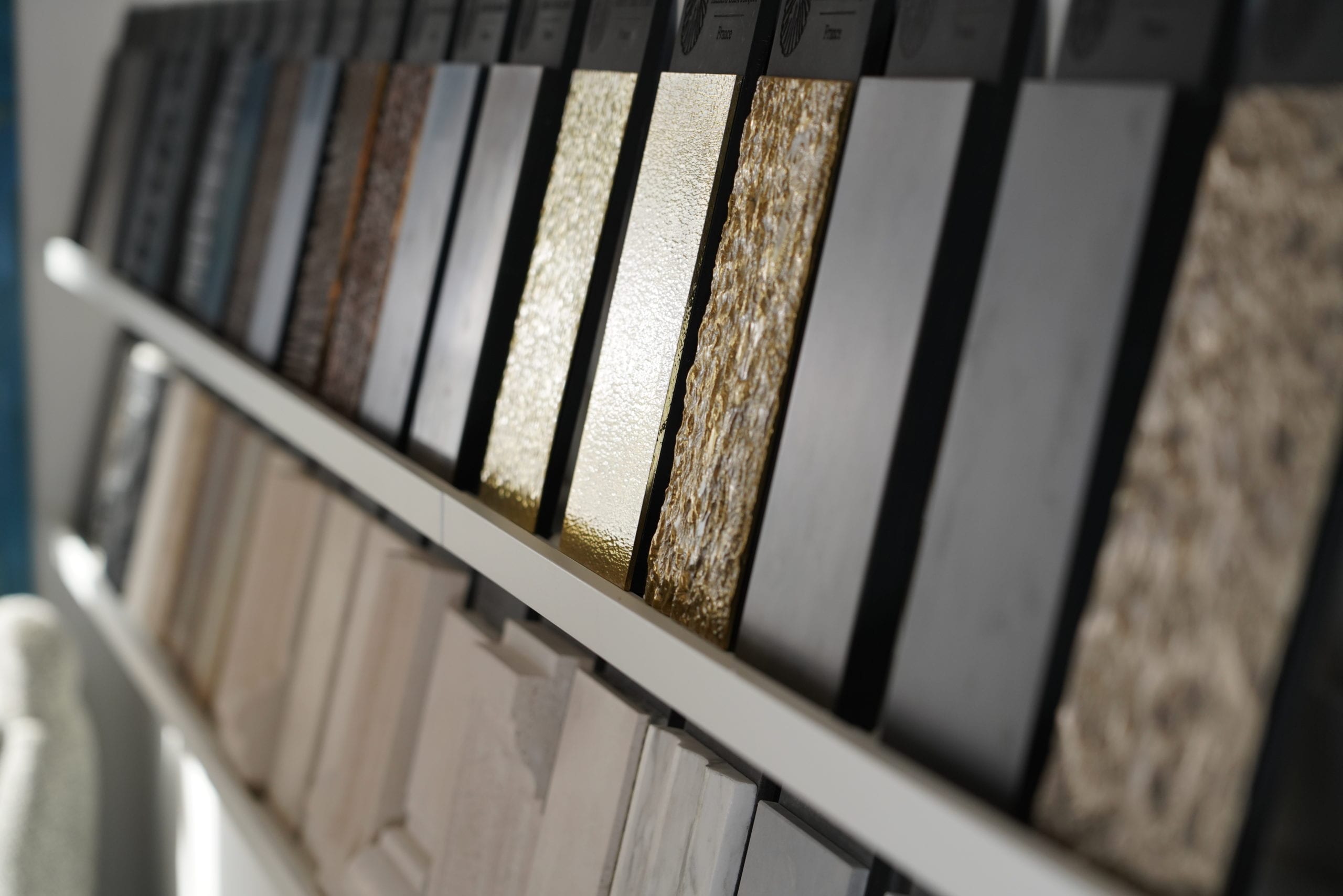Art & Design Festivals you do not want to miss in 2021
To start the year and turn the page on 2020, here is our selection of worldwide art and design events you do not want to miss in 2021!
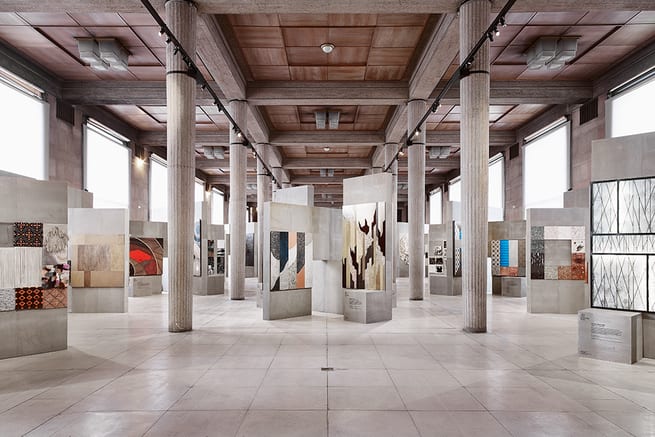
AD Matières d’art helps you discover talented artists and craftsmen through the presentation of their material: wood, glass, straw marquetry, bespoke wallpaper, mosaic. Those artists always go out of their comfort zone to bring modernity to traditional techniques and showcase innovative aesthetics.
Date: March 26th to April 4th, 2021
Place: Palais d’Iéna, Paris, France
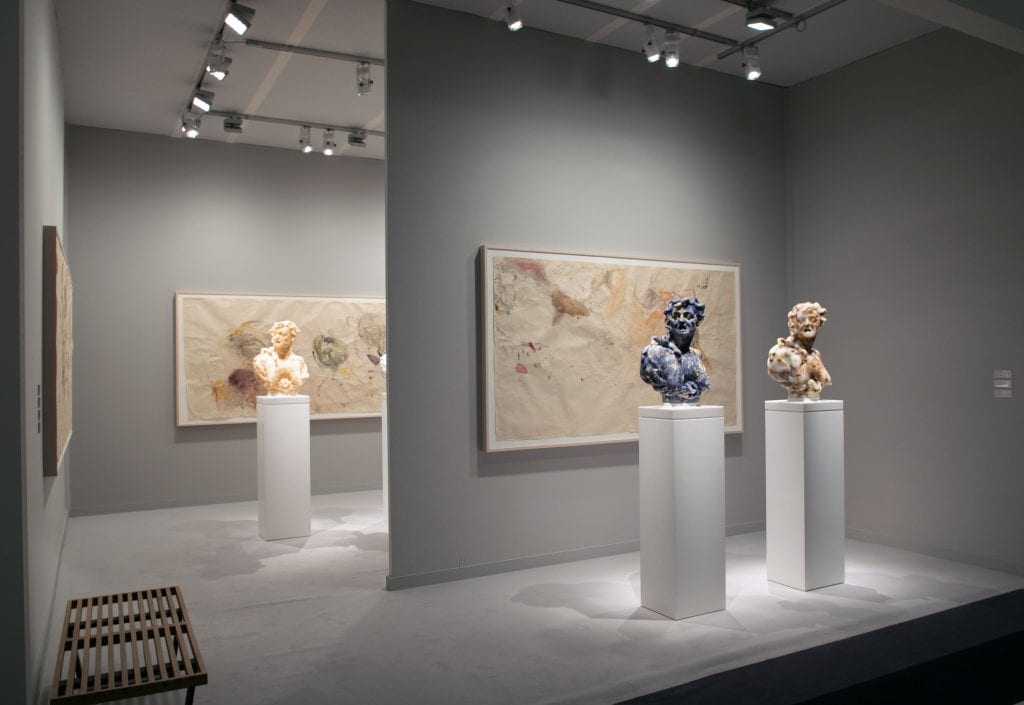
The European Fine Art Fair is going to host its fourth edition in Spring 2021, with a focus on Modern and Contemporary Art & Design. Founded by art dealers in Maastricht in 1988, the fair has grown to be one of the most awaited art exhibitions.
The historic Park Avenue Armory provides the prime Manhattan location and setting for the world’s leading art dealers to exhibit their pieces. Collectors and visitors can admire and purchase a wide range of paintings to antiques and ancient furniture and more.
While TEFAF NY fall edition 2020 was cancelled and transformed into an online initiative, the spring edition is set for May 7-10, 2021.
Date: May 7-10, 2021
Place: Park Avenue Armory, 643 Park Avenue, New York, USA
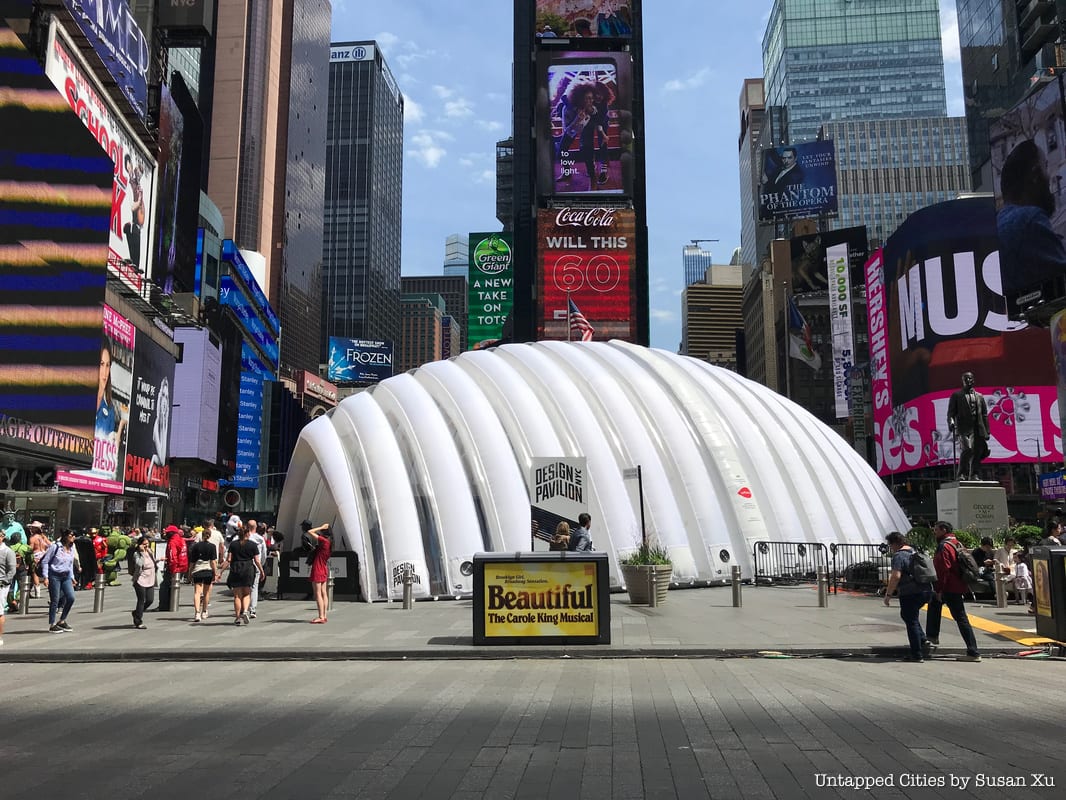
In 2021, NYCxDESIGN will present its Design Days from May the 13th to the 18th, showcasing NYC’s talented design community. The program will feature primarily virtual events, in addition to outdoor experiences, select tours, and other small gatherings, The annual NYCxDESIGN Awards program, hosted by Interior Design and sponsored by ICFF, will take place virtually to celebrate and recognize exceptional design in NYC. These Design Days also include the Design Pavilion’s Open to the Sky, a unique city-wide installation in all five boroughs of NYC.
Date: May 13-18, 2021
Place: New York City, USA
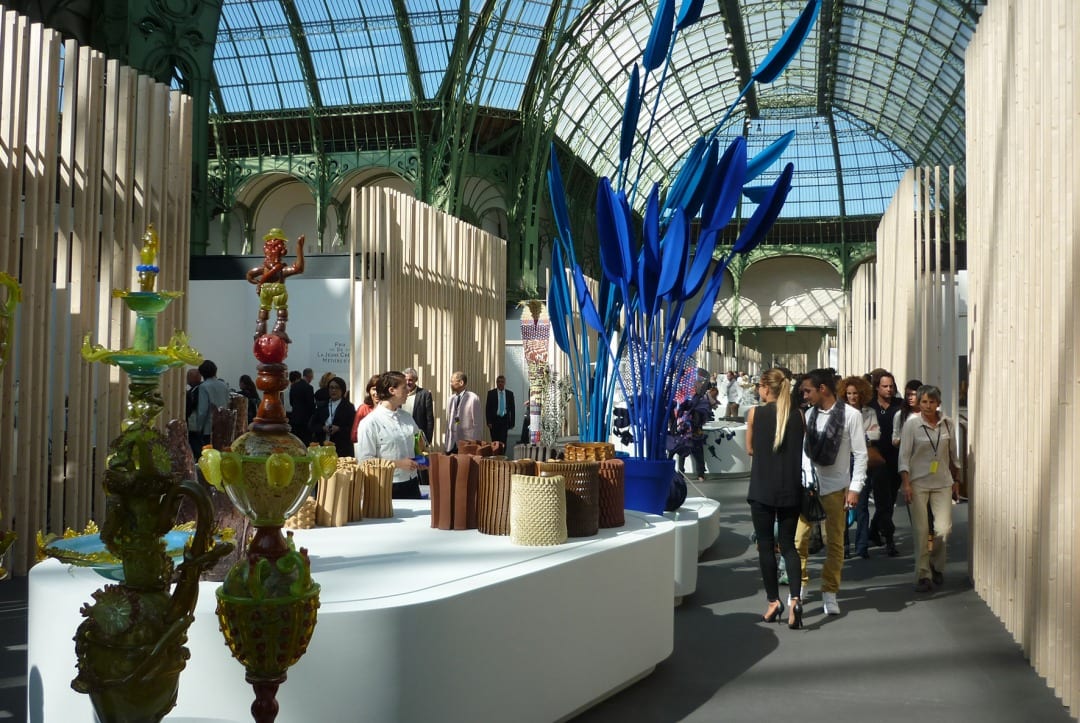
Révélations is the unmissable event of art crafts and international contemporary creation. The fair values craftsmanship and traditional know-how from around the world. The 5th edition celebrates the African continent. It will take place in Grand Palais Éphémère at the foot of the Eiffel Tour.
Date: June 10-13, 2021
Place: Grand Palais Ephémère, Paris, France

After being postponed several times since its initial schedule in April 2020, the Salone Internationale del Mobile di Milano will take place in Fall of 2021, September 5-10. For its 60th anniversary, this edition promises to be exceptional. The Salone is split into three categories; Classic, Design and xLux. A great place to find inspiration from the thousands of products exposed!
Date: September 5-10, 2021
Place: Milano, Italy
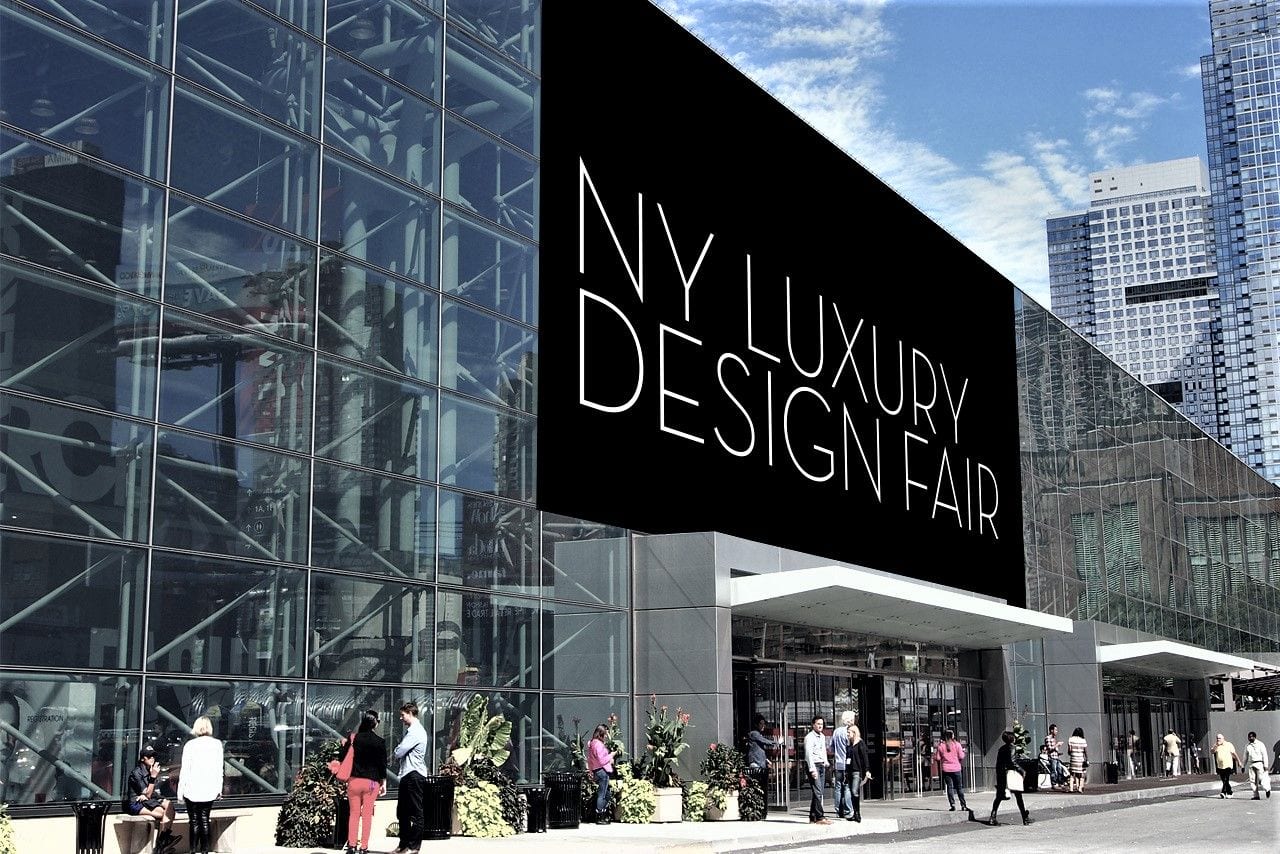
The twenty-year Architectural Digest Design Show has been reimagined by TheMART as the NY Luxury Design Fair. By providing access to the best in home design, it is for sure the place to go for the latest trends in luxury design. Both emerging and established talents are showcased to offer the world’s best design with a broad range of styles. An innovative and immersive design experience for designers, architects and consumers!
Date: September 9-12, 2021
Place: Javits Center, New York, USA
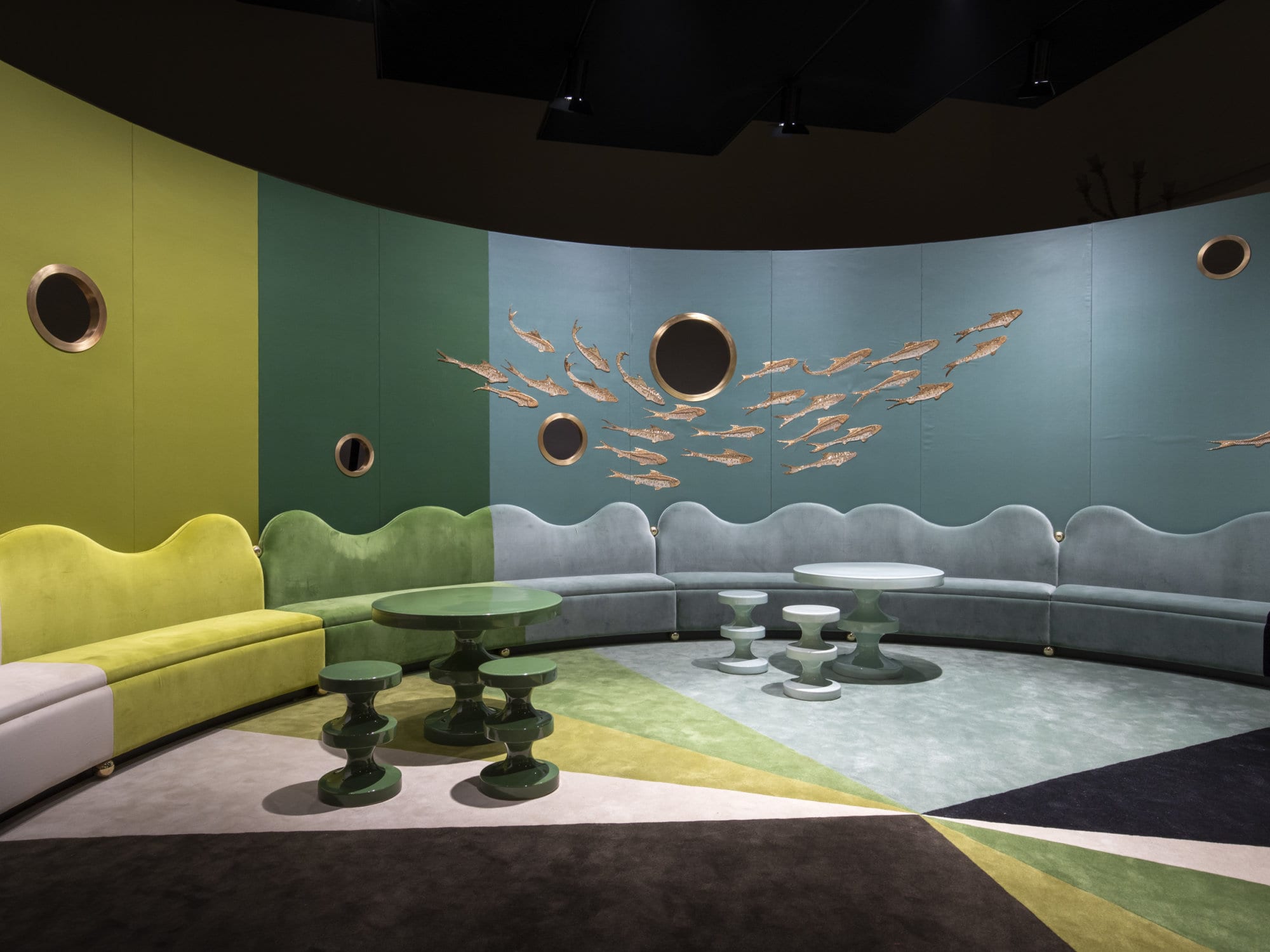
The 2021 Homo Faber edition welcomes Japan’s finest artisans and designs to Venice to celebrate, showcase and preserve excellence in craftsmanship. The Michelangelo Foundation for Creativity and Craftsmanship organizes an extraordinary journey across the creative landscape of Europe and Japan. The Foundation fosters exchange and collaboration between the finest artisans and sponsors of bespoke creation.
Date: September 9-26, 2021
Place: Fondazione Giorgio Cini, Venice, Italy
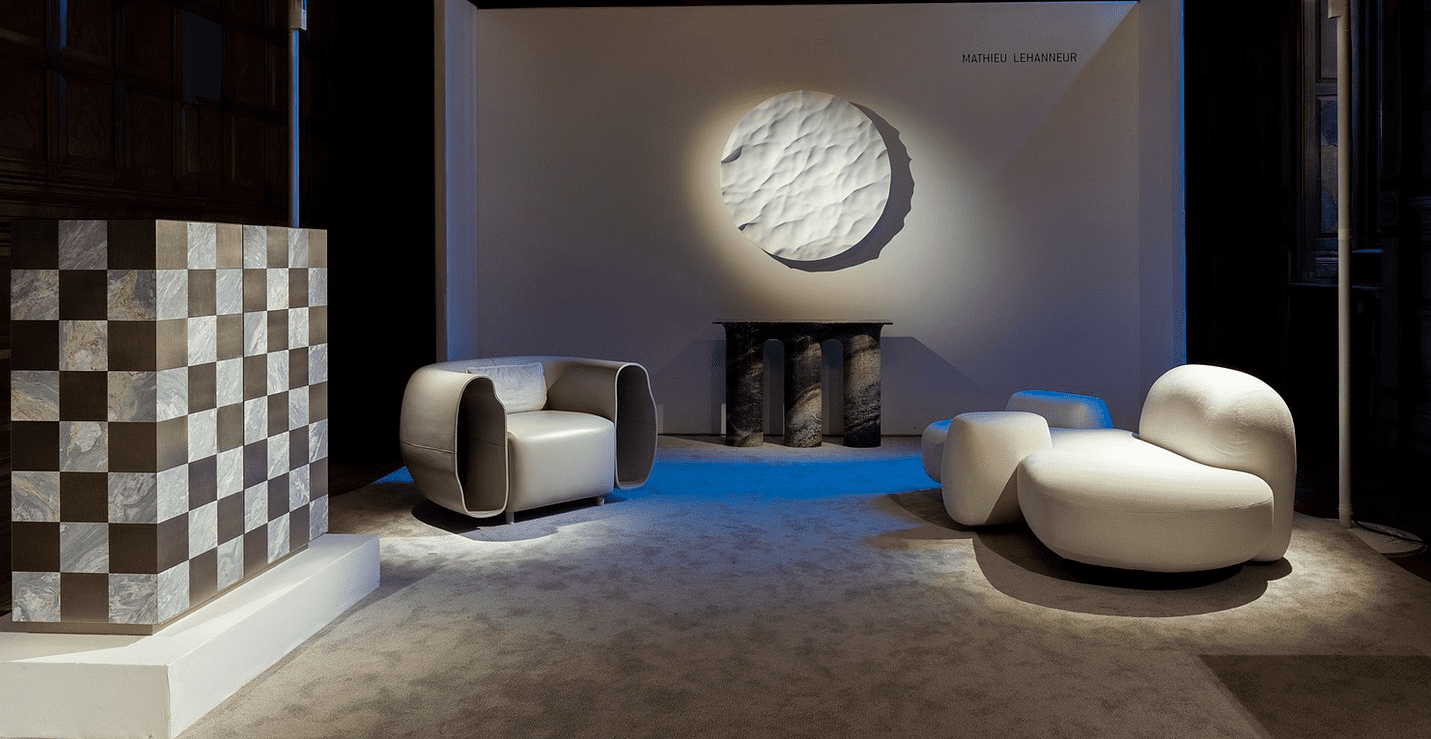
The Salon Art + Design celebrates in 2021 its 10th year anniversary. More than ever, this event will bring together the finest galleries from around the world who showcase top design art from the 19th to contemporary times. Furniture, lighting, mirror, textiles and decorative pieces of the highest standards!
Date: September 11-15, 2021
Place: Park Avenue Armory, New York, USA
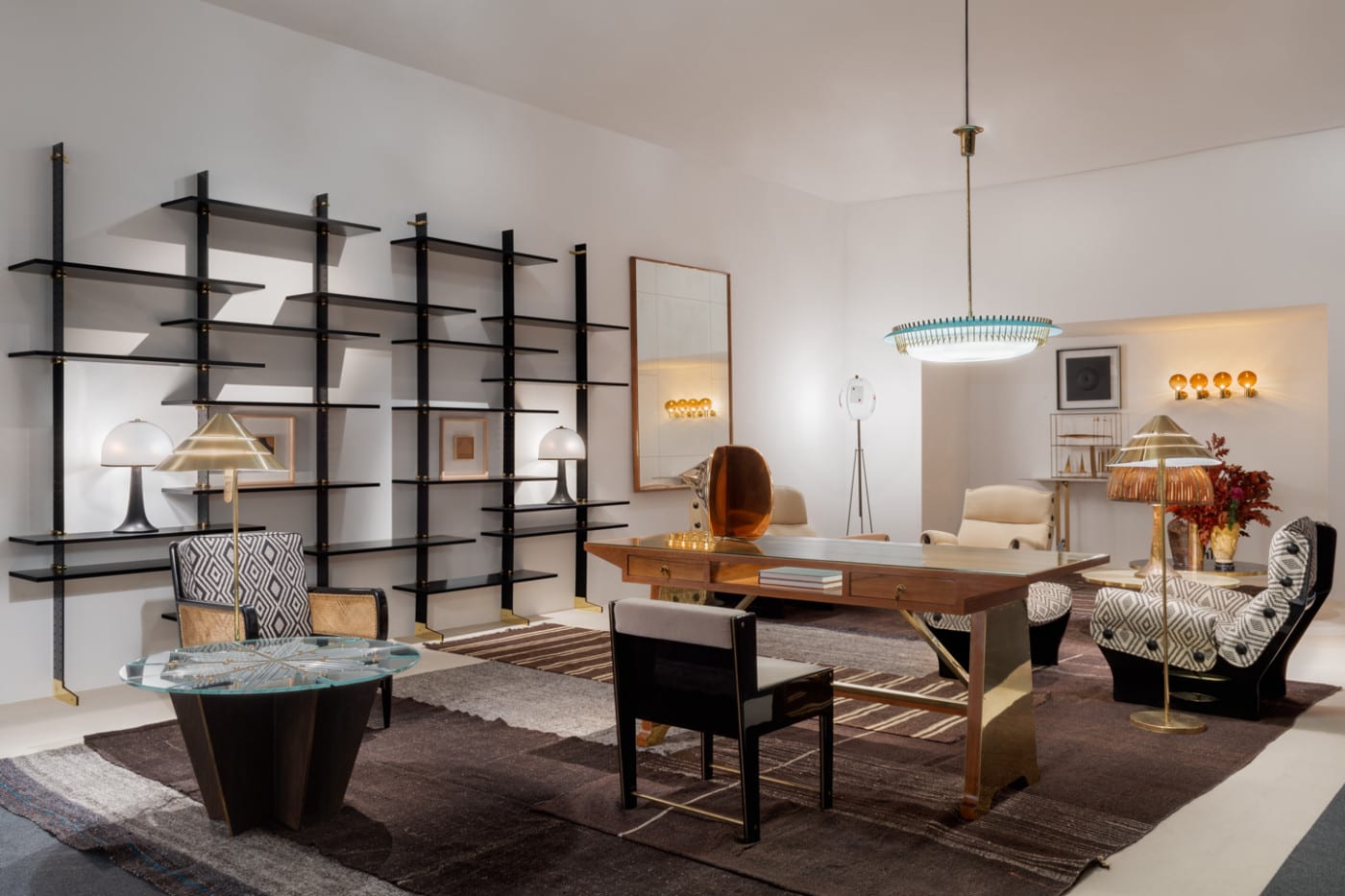
Key event for international design and art collectors, PAD LONDON presents 20th-century design, art, photography, collectible jewellery and decorative works. International galleries from Europe, North America and Asia come together to showcase the most exclusive pieces on the market today. Unique in its kind, the fair is enjoyed by a broad audience of passionates and experts. The fair also takes place in Paris in April 2021.
Date: October 4-10, 2021
Place: Berkeley Square W1, London, UK
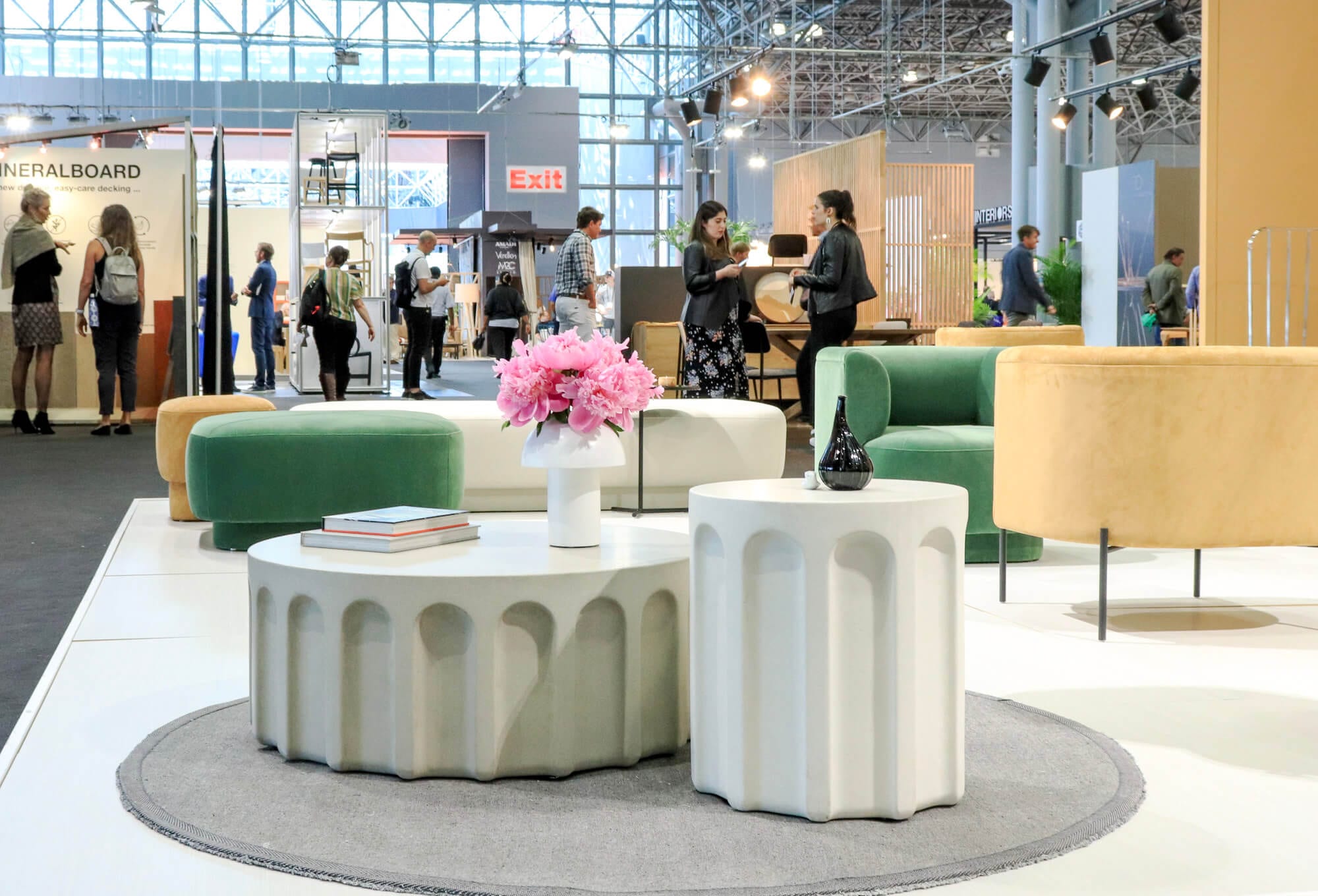
The International Contemporary Furniture Fair has been recognized as North America’s leading platform for global design. Each year, the ICFF welcomes international exhibitors, established brands and emerging designers, retailers, developers and architects, showcasing the next trends for contemporary residential and commercial interiors.
In 2021, ICFF and Wanted Design Manhattan will co-locate with Boutique Design New York and The Hotel Experience at the Javits Center in November 2021.
Date: November 14-15, 2021
Place: Jacob K. Javits Convention Center 429 11th Avenue, New York, USA
Share
"What Inspires Me" with Nebihe Cihan
Born in Turkey, educated in the US, living in the UK, and working on projects all around the world, Nebihe is truly a multi-cultural designer. After graduating from the prestigious Parsons the New school of Design, she focused on high-end retail, working for Michael Kors for many years. In 2016, Nebihe decided to found the eponymous design studio in London, Nebihe Cihan Studio. She designs refined and sophisticated interiors for clients around the world, and infuses her projects with this multiculturality she benefited from her extensive travel, making them particularly interesting and atypical. Art lover, Nebihe always tries to include some art pieces in her projects. She is constantly looking forward to discovering new artworks or vintage furniture during her many travels in Europe or in the United States
As a French collective promoting cultural synergies in the world of design, Par Excellence jumped on the occasion to discover this rich and talented personality.
Nebihe, I understand that you come from Turkey and used to live in NYC, could you tell us a bit about yourself and your career path?
I was born in Turkey. I moved to the US at a young age to go to boarding school. Initially, I went to university for Economics and Finance in Boston. After graduating from university, I decided to change my career path as I realized I had other passions. I moved to NYC and went to graduate school to study Interior Design at Parsons the New School for Design. When I was studying at Parsons, I did various internships, last one being for the French designer Catherine Malandrino who I ended up working for two years after my graduation. In 2011, Michael Kors had a huge expansion plan to open retail stores and wholesale shops around the world and they were recruiting for architects and interior designers to expand their in-house Store Design team. I then joined the Michael Kors Store Design team where I worked for five years designing stores around the world. I had the opportunity to work with some of the most successful people in the fashion industry. I learnt so much at Michael Kors, it was the best school I have ever attended. Although I loved NYC and my job, my dream was always to have my own design firm one day and move back to Europe. I moved to London in August 2016 and started my interior design studio. I now split my time between the UK and US due to my projects.
“I love visiting antique stores, flea markets, and galleries. I am always hunting for new things even when I am not hunting.” – Nebihe Cihan
What is your favorite part of your job?
The best part of what I do is collaborating with my clients, working with amazing designers and artists. The client’s brief is always on the top of my list. I spend a lot of time with my clients to understand their lifestyle and how they live in order to deliver them a successful project that they are happy with. I love visiting antique stores, flea markets, and galleries. I am always hunting for new things even when I am not hunting.
How would you define your style prior to the creation of your own company vs. now that you’ve created your own design company?
I think my style is constantly evolving. At the core of my aesthetic, were always clean lines, attention to detail and rich and sophisticated finishes. I have always been drawn to timeless design. Prior to creating my own company, I was not brave to experiment with vivid colors, I tend to stick to neutral palettes and preferred more a contemporary approach to things. As I take on different projects, I tailor and adapt my style to client’s needs. I am experimenting more with colors, forms and materiality. I collect a lot of vintage furniture and I work to incorporate these pieces into my projects and mix them with the contemporary.
The entry of a London pied-à-terre designed by Nebihe Cihan Studio. The Paonazzo marble console and armchair were both designed by Nebihe Cihan Studio. ©Stephane Julliard
“Craftsmanship is everything to me. If your design is poorly executed and lacks quality, no matter how well it is designed, the project can be a failure.” – Nebihe Cihan
How important is craftsmanship to you and how do you integrate it into your creative process?
Craftsmanship is everything to me. If your design is poorly executed and lacks quality, no matter how well it is designed, the project can be a failure. In my opinion a good design should last, therefore I do not like to sacrifice from quality in my designs. Having built stores globally for Michael Kors, I worked with millworkers from all around the world; USA, China, Singapore, Poland, Turkey, Italy, France and Spain. My eye is trained to pick up details and I am also very knowledgeable about costs. If we are developing a new millwork or upholstery detail, I make sure to request prototypes always. I don’t work with factories if they don’t provide us with shop drawings for example. Before shipping to site, I always visit the factories and do a final quality check. With production, I don’t like taking risks therefore I only work with craftsmen I trust. I have very close relationships with the factories we work with.
How is working for high-end retail different from working on residential projects?
Designing homes is a lot personal and intimate. You forge a bond with your client, based on trust, they trust in your talent to bring their vision to fruition. There are more emotions involved with residential projects so you have to be careful with managing the client’s expectations. Budget is usually flexible and bigger per square foot. There is more room for creativity compared to designing a retail store. On the other hand, designing a retail store is niche and a strategy. You have to design an experience for the customer to enjoy but also stay true to the brand’s identity. There is always a strict budget and a hard opening date. Designing a beautiful interior is important but you have to make sure that your design houses the required display capacity on the shop floor and in the back stock for the brand to reach their sales volume. The lifecycle of designing a retail store is shorter than a residential project. Therefore, you need to be prepared to work under pressure. Majority of my projects at the moment are residential projects, however I still take on retail projects as it is my strength.
Bel Air Residence designed by Nebihe Cihan Studio. Nebihe chose natural materials and colors to fit with the surroundings and create a continuity with the outside. In the living room, you can spot the surrealistic black marble ‘Ocean Memories’ bench by Mathieu Lehanneur. Around the house, Nebihe included a selection of art pieces such as the Annie Morris Strack 8 sculpture. ©Matt Harrington
“Sometimes when I am stuck on a project and need inspiration, I jump onto the first Eurostar train in the morning and go to Paris or Brussels.” – Nebihe Cihan
I read that the architecture of a building is a major source of inspiration for your project, where else do you get your inspiration from?
I am truly inspired by my extensive travel, my love of art and a keen interest in history but I must say travel is really the biggest. Sometimes when I am stuck on a project and need inspiration, I jump onto the first Eurostar train in the morning and go to Paris or Brussels to visit antique stores, furniture galleries and come back to London the same evening.
You seem to be very sensitive to fine art, how do you manage to always perfectly integrate artwork in your design?
Art has always been a passion for me. I try to attend all the important art fairs around the world, whether I am shopping for a project or not, I like to train my eye. Having worked for clients who are art collectors taught me a lot. One client asked me to help them curate their art collection from scratch for a project. They gave me a list of artists that they like and asked me to present them with a selection of works for the project. Selecting the pieces was the fun part as I knew their taste but placing the artwork around the house was more challenging than I thought. I integrate artwork in all of my projects now, I think you get better as you do it. It is all about practice and training your eye.
As a NYC-based agency, we are in awe with your project in Park Avenue, NYC. Could you please tell us a bit more about this project?
Rising at an impressive 1,396 feet, the architect, Rafael Vinoly, set the scene with 12’6’’ high ceilings and vast, 10 ft by 10 ft windows featuring unparalleled views of New York City and Central Park. The high ceilings and vast layout lent itself to showcasing an extensive art collection. It was imperative to the client, that there was a symbiosis between the artwork and the interiors. As a result, the art really set the tone for the interiors and added character, with vivid touches of colour. I was careful to choose furnishing that complemented the artwork with neutral tones and rich finishings, as not to detract from the art or spectacular views. My client is a modern art collector and has a large collection of works. However, for this project he wanted to curate it with me from scratch, we did not select works from his existing collection. Instead, I sourced all artwork from Lisson Gallery, Sean Kelly Gallery, Tina Kim Gallery, White Cube Gallery and Galerie Perrotin. The greatest challenge was to marry the artwork with the furnishings. I actually worked with my client to curate all the artwork for this project first, before sourcing the furniture. I usually integrate the artwork at the end of a project, therefore this was different in terms of what I had done in the past, however I really enjoyed the challenge.
Park Avenue residence designed by Nebihe Cihan. Sculptures, paintings and other pieces of art are perfectly integrated throughout the home with elegance and minimalism. ©Matt Harrington
You have lived in so many cities with very different vibes. Which one awakens your creativity the most?
It is hard to pick one as I am truly inspired by so many cities but I can say that Europe and NYC excite me the most. I never lived in Paris but I spend a lot of time there for work. I lived in Florence for a short period of time when I studied Art History and I visit Milan often for work. I am constantly high on inspiration when I am in Paris and in Italy, these are the most inspirational places in the world for me. On the other hand, NYC has such an energy and vibe as a city. I feel like a different person when I am in NYC, the most motivated version of myself. Having lived in three continents, I can say that there is really no place like New York!
Your career path is impressive! What is next for you now? Do you have any upcoming projects you would like to share with us?
Thank you! I am currently designing a retail store in Miami at Bal Harbour Shops for a Parisian jewelry brand. It will be the brand’s first retail location in the US and it happens to be at my favorite mall. Next big project I have, to begin as of early 2021, is a private villa in Jeddah, Saudi Arabia. It will be my studio’s first venture in Saudi Arabia, where I have good clients and many friends from. I am always excited to start a project in a new territory.
Share
Online Art exhibitions around the world
While the current health crisis still prevents us from traveling, we want to bring you on a virtual escape to the best online exhibitions worldwide!
David Hockney’s Sweet Normandy
Through this virtual exhibition, the famous British painter presents a joyful and colorful look at Normandy, a region in France that he loves so much.
Since October 15th, Galerie Lelong & Co. has devoted a new exhibition to David Hockney, “Ma Normandie”, in which he tells the story of springs spent in Calvados through his paintings. Initially scheduled until December 23rd, the gallery extends the exhibition until February 27th and also offers to discover it in virtual version while waiting for its reopening.
David Hockney : Ma Normandie – Nouvelles Peintures
Galerie Lelong & Co
The virtual tour of the exhibition can be found on the gallery’s website.

Joan Miró at the Centre Pompidou in Paris
The Parisian museum Centre Pompidou is hosting a virtual exhibition dedicated to Joan Miró on its online platform. A dive into the dreamlike world of the Catalan painter around his triptych “Blue I, Blue II, Blue III” painted in 1961.
All three paintings have been preserved by the Centre Pompidou since 1993 and were restored in 2016 before being hung for the first time in its galleries. Conceived in collaboration with WAOLab, an agency specialized in 3D digitization of works, objects and space, this entirely virtual exhibition allows a better understanding of the origin and artistic importance of these three paintings.
Joan Miró
Centre Pompidou
The Miró virtual tour proposed by the Centre Pompidou.
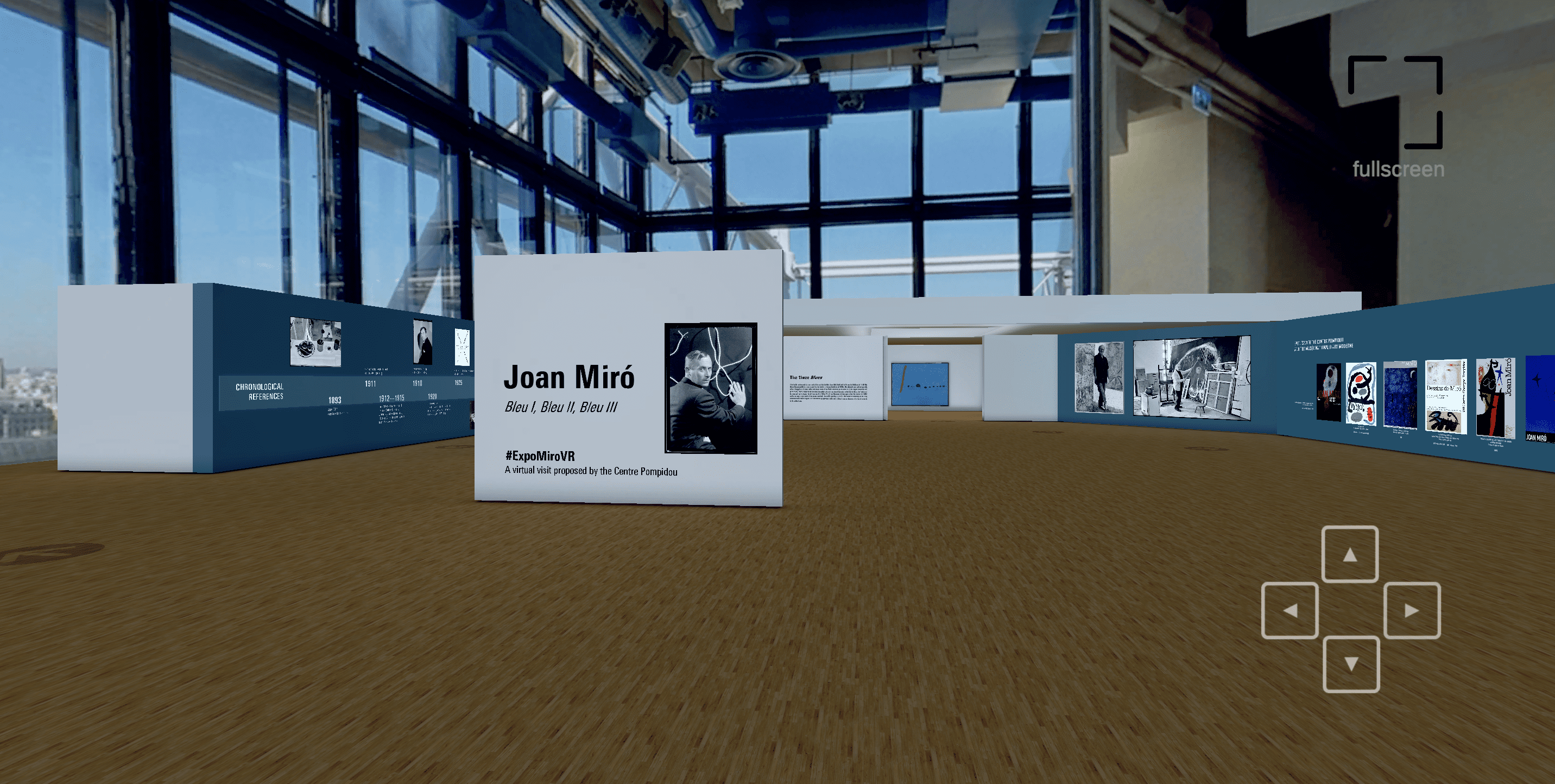
Frida Kahlo: Photographic Portraits by Bernard Silberstein
This collaboration between the Cincinnati Art Museum and the University of Cincinnati centers on Bernard Silberstein’s portraits of celebrated Mexican artist Frida Kahlo.
Bernard Silberstein photographed Frida Kahlo on a few occasions in the early 1940s, often depicting her in the rooms of Casa Azul, her home in Coyoacán, Mexico. Discover this series of pictures following Frida Kahlo’s life.
Frida Kahlo
Cincinnati Art Museum
The online exhibition can be found here.
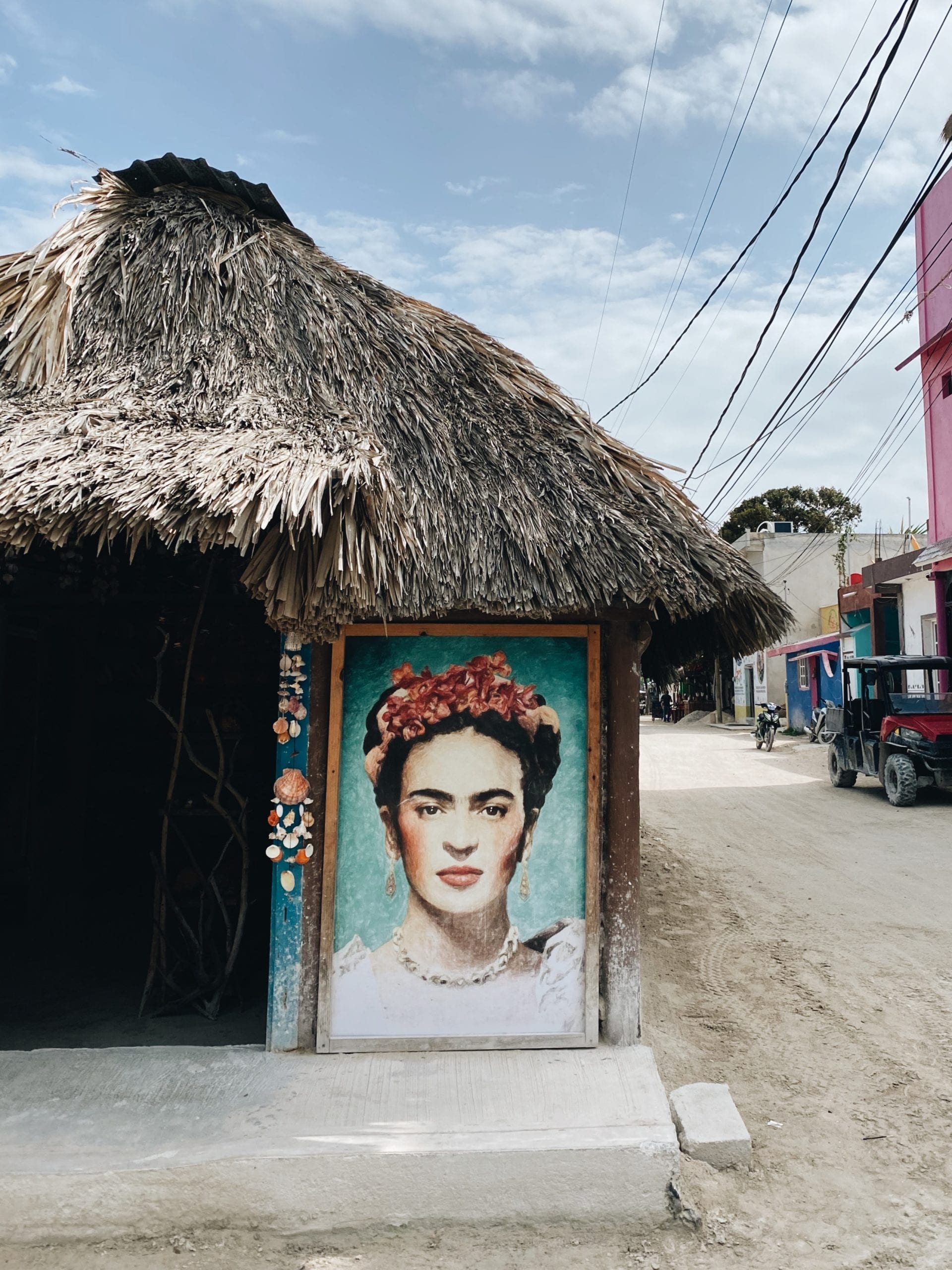
Let’s Get Lost, Jim McHugh
Renowned for his artist portraits of Ed Ruscha, John Baldessari and David Hockney, Jim McHugh is also known for his Polaroid series “Let’s Get Lost”, revealing a nocturnal Los Angeles filled with old buildings of forgotten beauty. The online art platform 28 Vignon Street is devoting a virtual exhibition to Jim McHugh. Let’s Get Lost is a traveling photographic exhibit of beautiful photographic prints that evoke the 1930s and 1940s.
Jim McHugh
28 Vignon Street
Jim McHugh’s online exhibition.

The Daring Diagonal Virtual Museum
Recently launched, the Daring Diagonal Virtual Museum is a very unique experience. Despite its digital format, the online museum offers an imaginary museum floor plan through which visitors can wander. They have access to separate virtual galleries, that are organized by disciplines and themes or by chronology. There are sections devoted to architecture, fine arts, landscape design, interior design, and more.
The Daring Diagonal Virtual Museum
Discover the online museum here.

Share
Atelier de Ricou, the art of wall decorations
Specialized in the restoration and creation of mural decors, Atelier de Ricou perpetuates the beauty of Historic Monuments and the art of creating painted decors. A know-how that Signatures Singulières Magazine wishes to highlight.
Above: Cyril and Stéphanie de Ricou. Right: bases and capitals of the pilasters of the Ballroom of the Cultural Services of the French Embassy in New York.
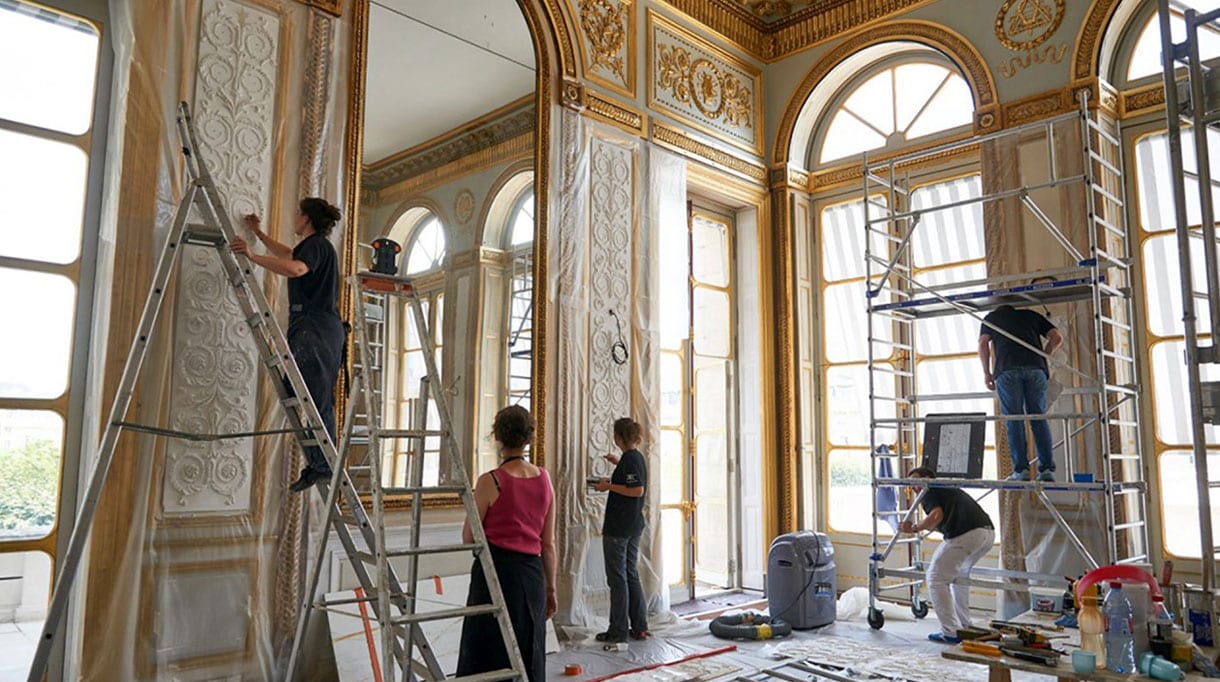
Born in 1989, l’Atelier de Ricou creates custom-made luxurious decors. Cyril and Stéphanie de Ricou founded the workshop when they met. With their two distinct skills, the magic happens. On the one hand, the creation of painted decors, on the other hand, the restoration of paintings and sculptures for Historical Monuments. At the dawn of their careers, the two founders benefited from the teaching of personalities from the art world. Michel Bourbon and M-L de C, art restorers, and Lila de Nobili, theater decorator. As true mentors, they offered Cyril and Stéphanie a valuable background. Today, the two aesthetes continue to enrich their experience over the years and pass it on in turn. With their workshop, they lead a team of several dozen decorating specialists. Together, they work towards a common goal: to awaken the spirit of prestigious places.
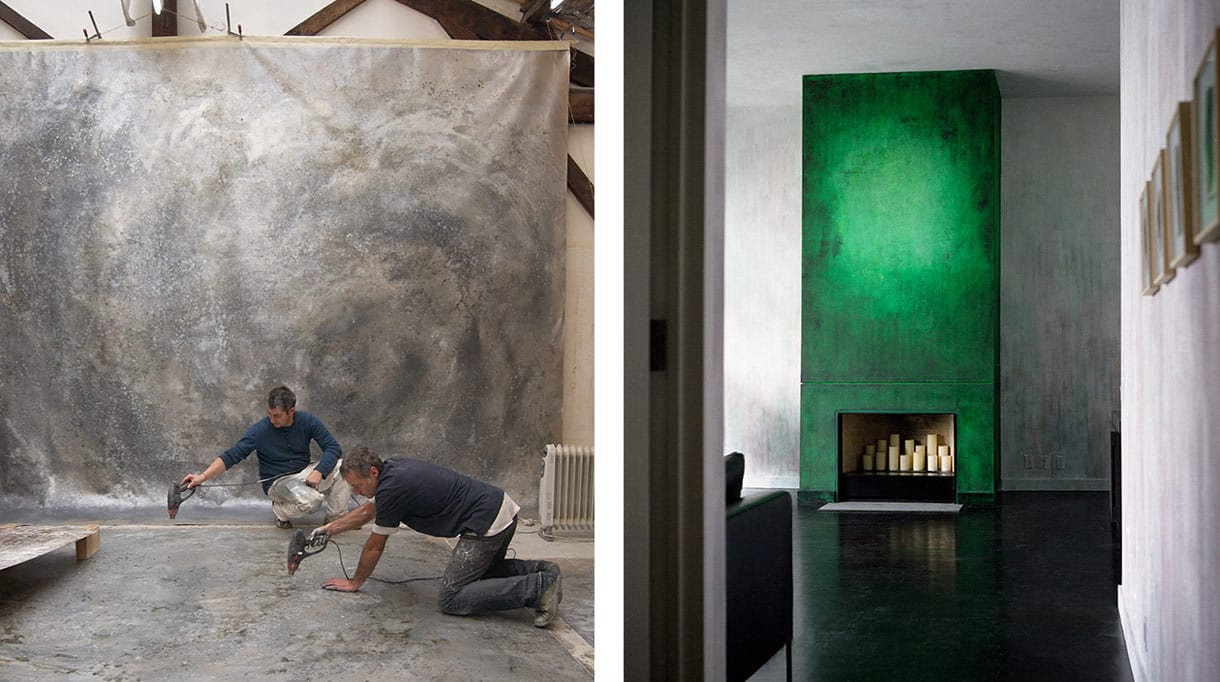
A workshop with many talents
It is in Courbevoie, in the heart of the Hotel de Guines, classified as a historical monument, that the Atelier de Ricou works and draws its inspiration. In this former residence and workshop of the sculptor and ornamentalist Jean-Baptiste Boiston, painters, sculptors, restorers, gilders and architectural historians work in symbiosis. With their in-depth knowledge, they work on the preservation and perpetuation of mural decorations. To their credit, no less than three hundred projects have been completed, testifying the variety of techniques, styles and materials used. The Atelier has undertaken renovation works for the Palace of Versailles, Hotel Lutetia, Hotel le Crillon and Hotel de la Marine, and they also worked on the creation of modern decors for penthouses, villas, duplexes and headquarters in Paris, London, New York, Los Angeles and Switzerland.
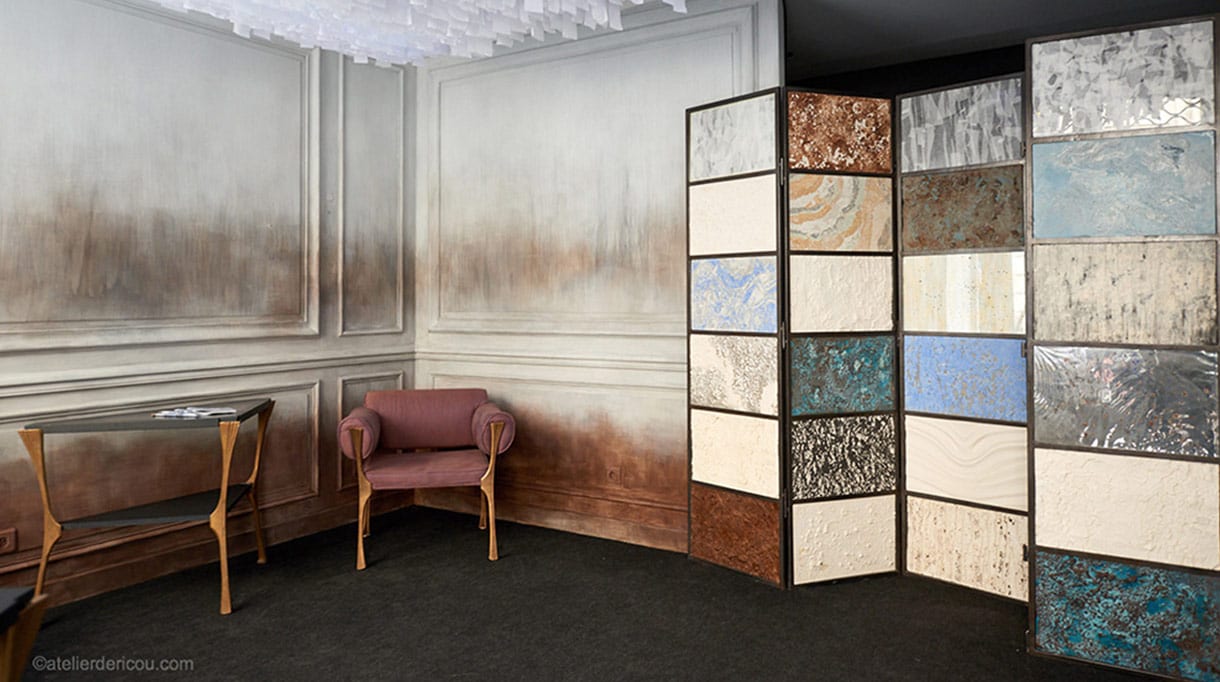
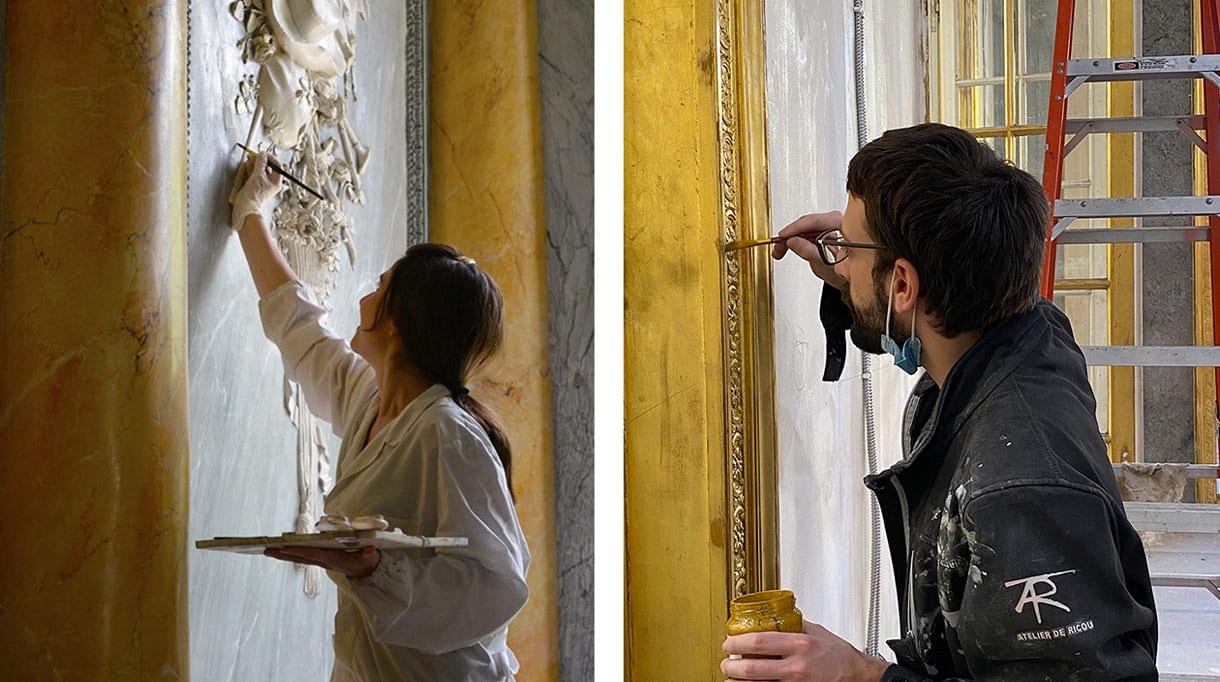
Painted decors and international historical monuments
Atelier de Ricou’s know-how is put to the fore and shines throughout their projects worldwide. Moreover, the Atelier is also present in New York, within the collective and showroom “Par Excellence”. Created by Charles Jouffre, this collective represents French know-how across the Atlantic. In addition, Atelier de Ricou is supported by a design office that seeks to develop customized plastic solutions, specific to each project. They also have a unit dedicated to the analysis of ancient decors in order to establish precise diagnoses. Each project is unique! As for the so-called “technical” know-how, specialists of all kinds work hand in hand. Fresco, molding, patinas, material effects, trompe l’oeil, gilding, French lacquer, skin glue painting, stucco, marble… They know how to do it all. The team is furthermore reinforced by specialized restorers with the “Musées de France” accreditation. Thus, the workshop can intervene on sites classified as Historic Monuments.
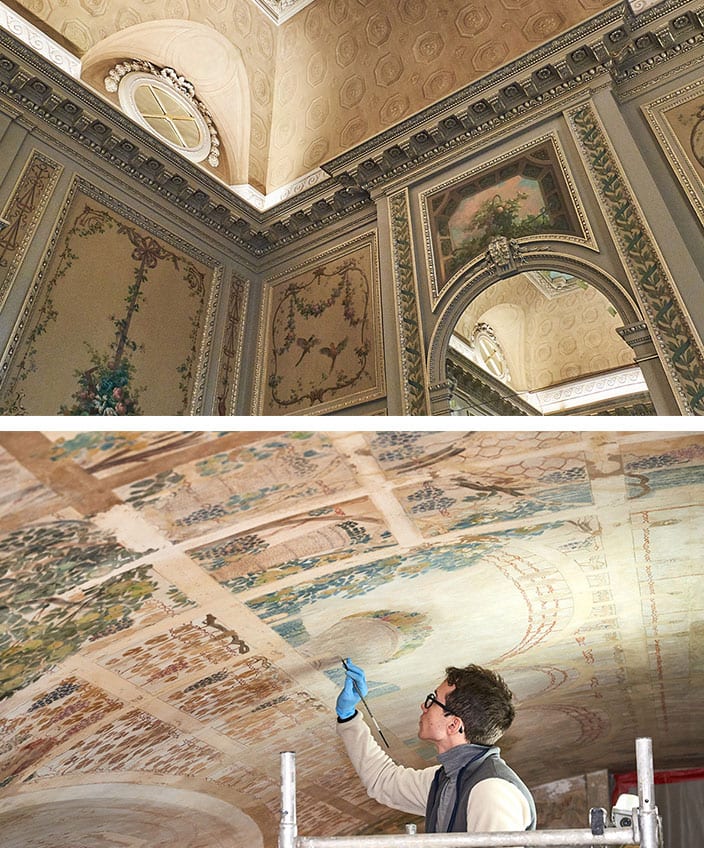
Atelier de Ricou’s workshop: from painting restoration to pure creation
The supports and techniques mastered by Atelier de Ricou are numerous. From the restoration to the creation of painted decorations, their range of techniques is wide. Thus, the workshop can be in charge of the most complex projects. They can take care of large-scale building sites’ restoration, mural painting, painting on canvas, whitewash, gilding, polychrome or gilded woodwork, gypsum, cardboard … The supports and techniques mastered by the talents of the Atelier de Ricou have no limits. They also create a lot of decors. This specialty can lead to the creation and restitution of decors in historical settings. To do so, the workshop uses specific techniques (including rare and disappeared ones). But it can also include the creation of fully custom-made contemporary sets. Atelier de Ricou has no limits and distinguishes itself in the path of excellence. A work hailed by Signatures Singulières Magazine.
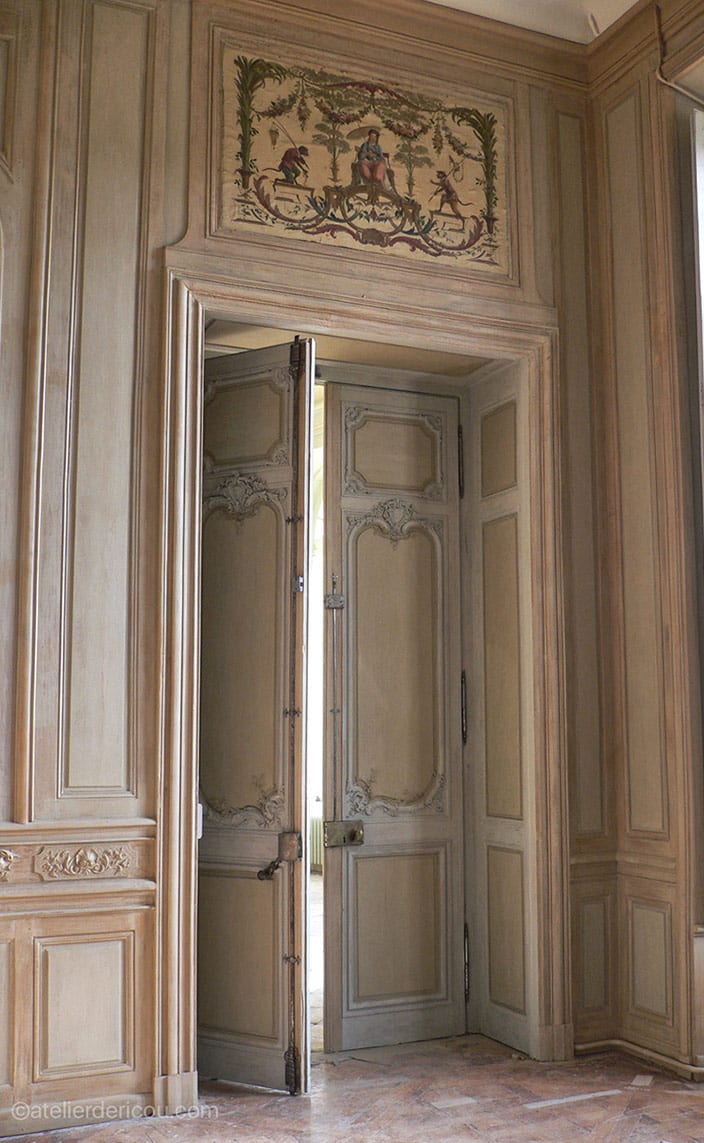
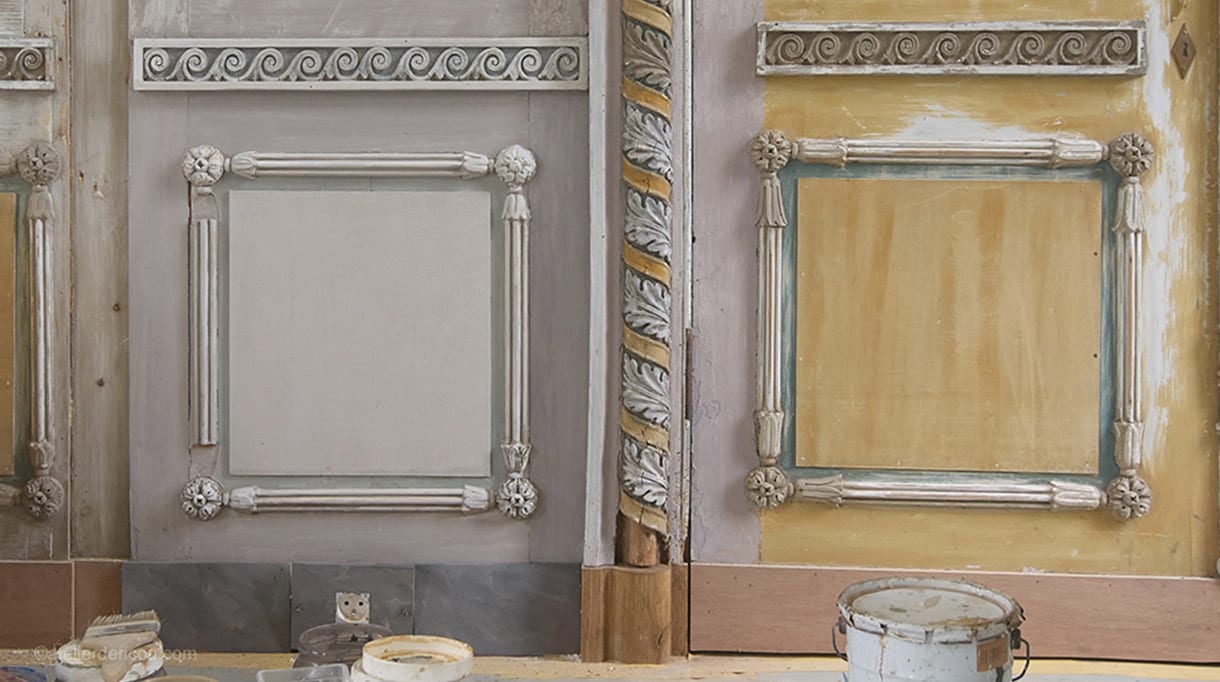
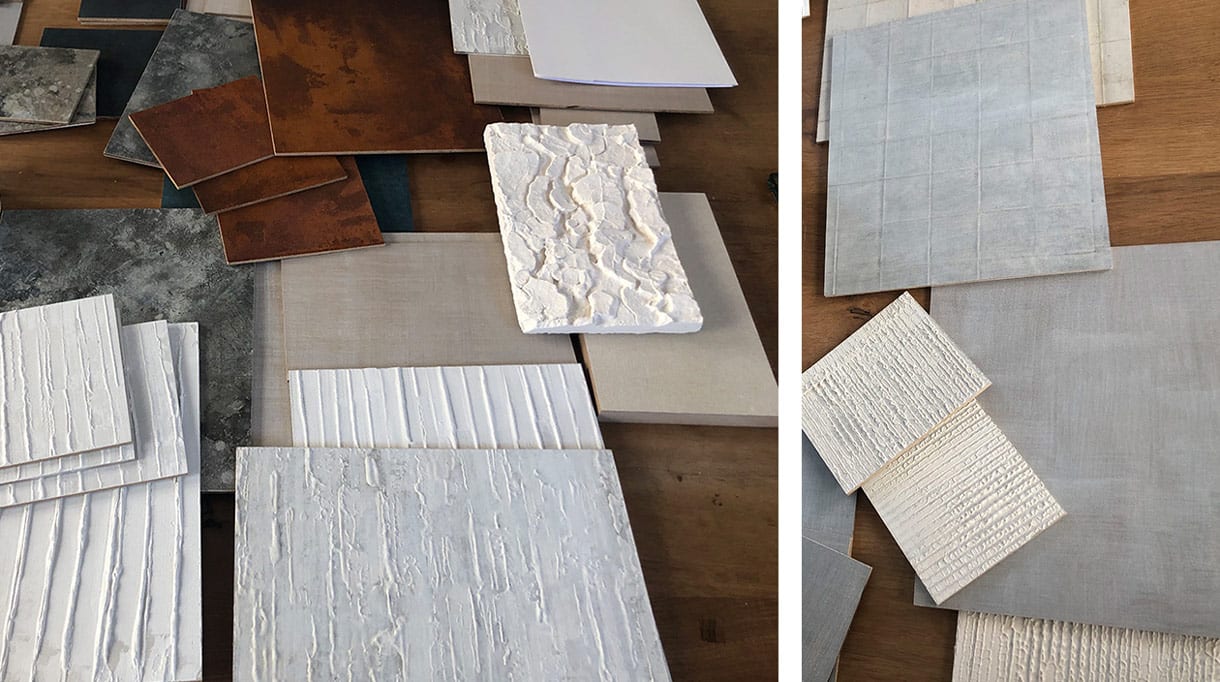
Atelier de Ricou
51, rue de Visien
92400 Courbevoie
Tél. : +33 (0)1 46 91 07 55
www.atelierdericou.com
Share
Travel to Paris through Books
While the current health crisis still prevents us from traveling, we want to bring you on a virtual escape to Paris with this selection of books dedicated to France and French culture!
If you are buying a book, please do not forget to support your local book shops.
PARIS CHIC by Alexandra Senes & Oliver Pilcher
Assouline, 2020
Author Alexandra Senes and photographer Oliver Pilcher invite us to discover some of the most sophisticated homes and private hotels in Paris, chic bars and restaurants and Parisian monuments. We immerse ourselves in the daily life of Parisians, and witness intimate portraits of various families through Oliver Pilcher’s lens.
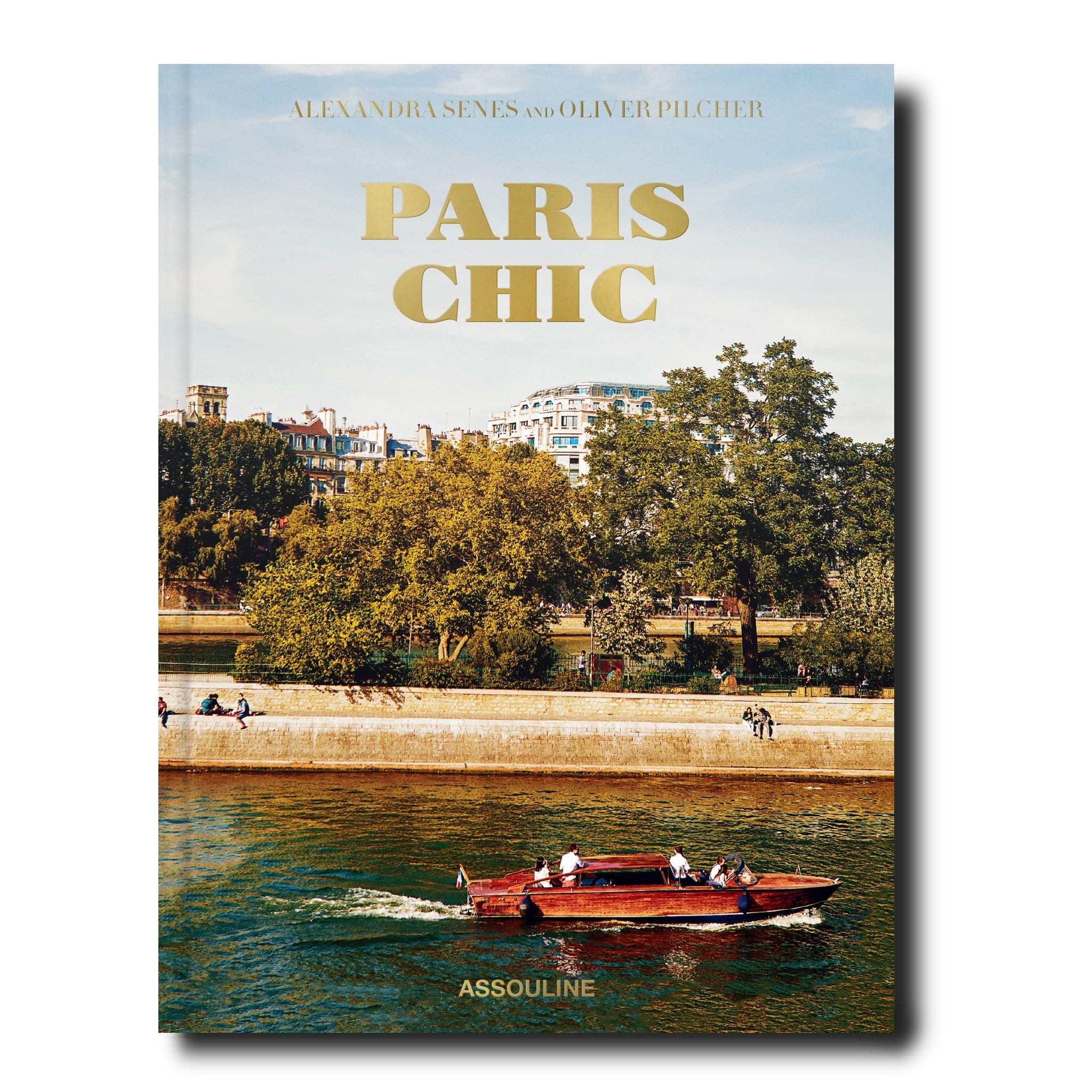
DRINKING FRENCH: THE ICONIC COCKTAILS, APERITIFS, AND CAFE TRADITIONS OF FRANCE, WITH 160 RECIPES by David Lebovitz
Potter/Ten Speed/Harmony/Rodale, 2020
Following these mouth-watering French recipes is the perfect way to bring France to your living room! The renowned David Lebovitz delves into the drinking culture of the French in this book. Each recipe is illustrated with beautiful images to help you create the most creative infusions, regional apéritifs, cocktails and savory French snacks. Alongside these recipes, David Lebovitz shares some stories about life in France and French traditions.
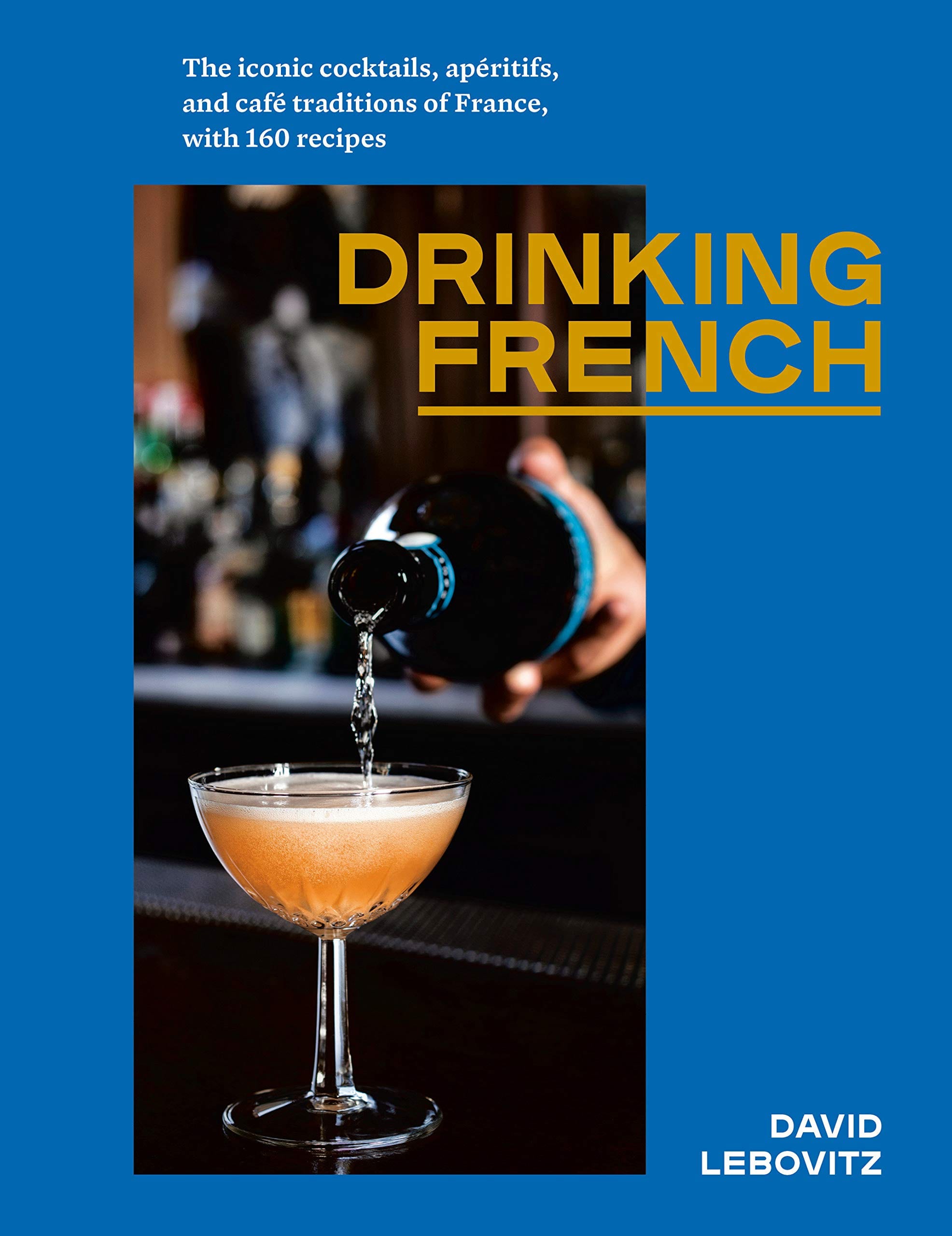
LET’S EAT FRANCE by François-Régis Gaudry
Artisan, 2018
This book is a feast for food lovers, particularly French food lovers! You will find classic recipes, including how to make a pot-au-feu, eight essential composed salads, pâté en croûte, blanquette de veau, choucroute, and ratatouille. In addition to that, François-Régis Gaudry added a region-by-region index of each area’s famed cheeses, charcuterie and recipes. You will also find guides to the breads of France, the wines of France, the oysters of France and the French Fries of France! This is the perfect book to learn how to cook French cuisine while learning about its history.
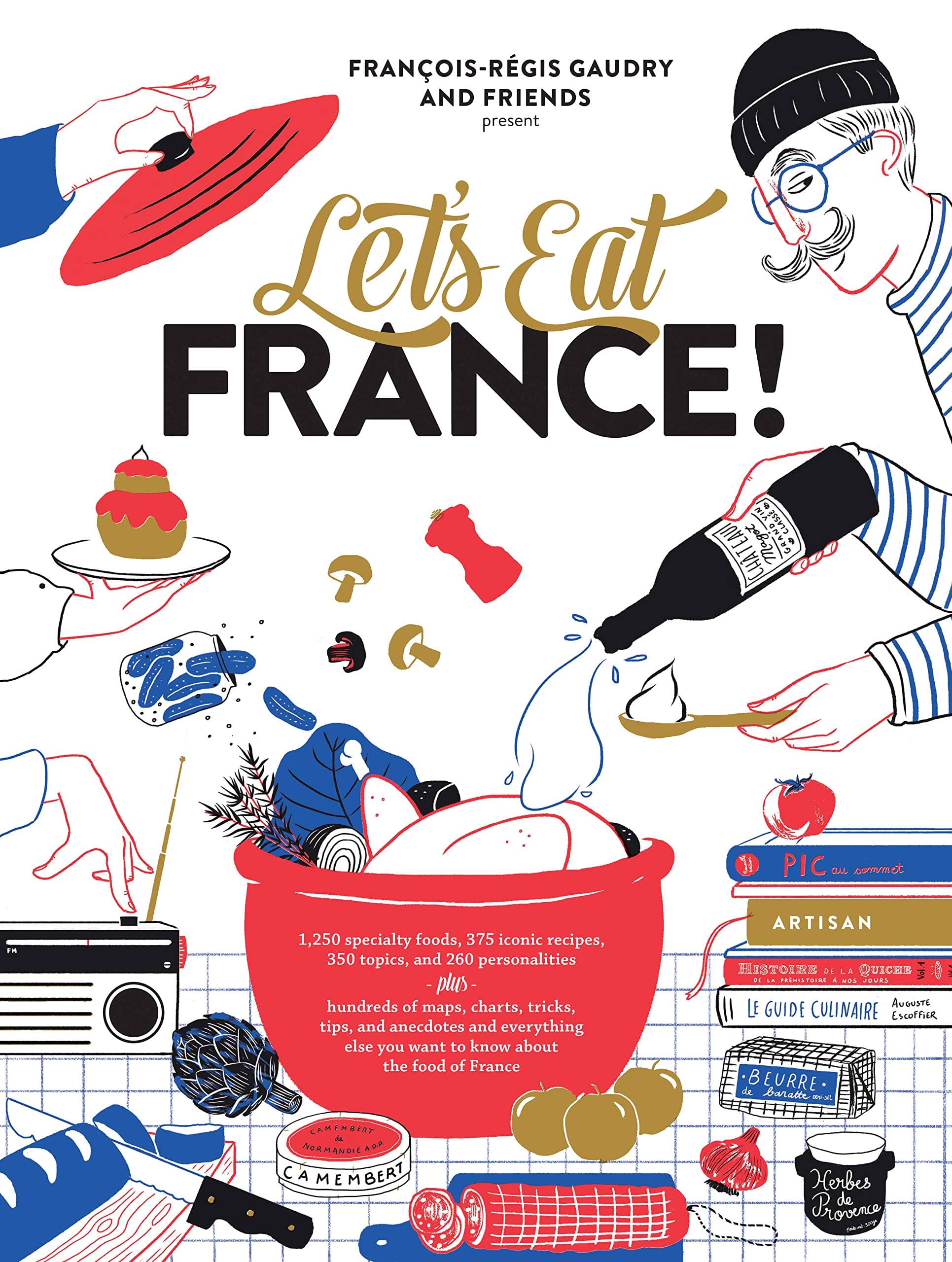
CHEZ MOI: DECORATING YOUR HOME AND LIVING LIKE A PARISIENNE by Sarah Lavoine
Harry N. Abrams, 2016
If you have always wanted to live like a true Parisienne, then this book is for you! Interior designer Sarah Lavoine explains her approach to styling an apartment, covering each room in the home. She suggests how to add unforgettable details to create a restful and chic environment for your home. Chez Moi is a design book that tackles every aspect of a Parisian’s lifestyle, from cooking to fashion and shopping.
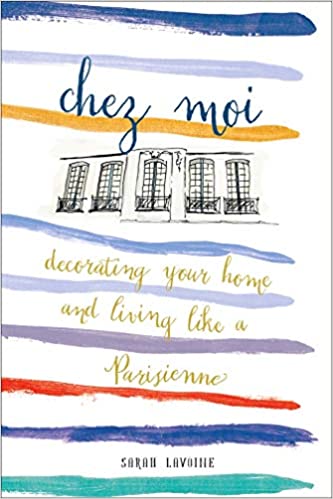
PARIS ON AIR by Oliver Gee
BookBaby, 2020
Oliver Gee, the renowned award-winning podcaster, invites you to follow him on his journey through the streets of Paris. After living in Paris for five years, he teaches you how to order cheese like a French person and how to make a Parisian smile. If you want to discover the French capital and have a good laugh, this book is for you!
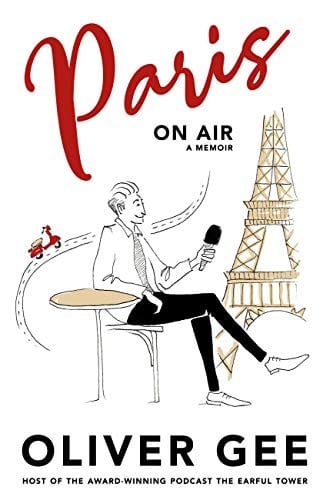
THE NEW PARISIENNE, THE WOMEN & IDEAS SHAPING PARIS by Lindsey Tramuta
Abrams, 2020
In this book, Lindsey Tramuta focuses on French women and dismantles usual stereotypes associated with them – white, slim, fashionable, often a snob. She portrays 50 French women, activists, creators, educators, visionaries and disruptors, like Paris’ Mayor Anne Hildago, among others. Lindsey Tramuta also shares her favorite women-owned businesses in Paris.
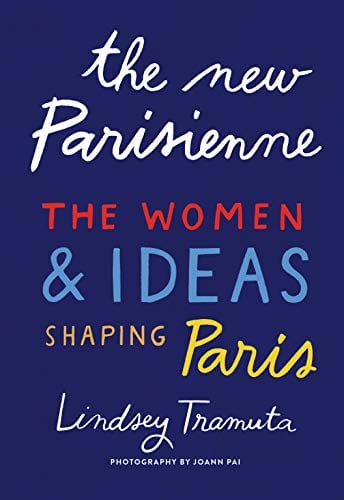
Share
Nicolas Aubagnac projects Art Deco into the future
Designer Nicolas Aubagnac unveils a special collection for Galerie Marcilhac. The result is contemporary furniture designed in the Art Deco spirit and promoted by the famous Parisian gallery.
Above: Nicolas Aubagnac and Félix Marcilhac.
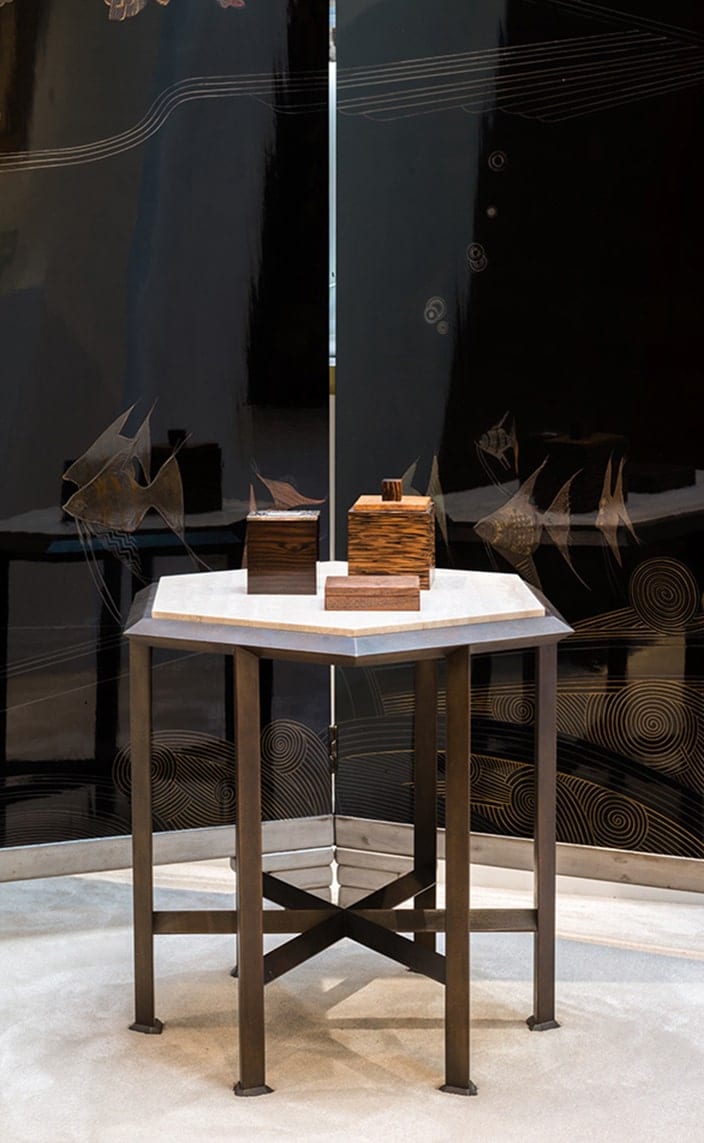
Above: Pedestal table in bronze and travertine, signed Nicolas Aubagnac. In the Marcilhac gallery: screen (1928) Jean Dunand. Armchair (1929) Pierre Chareau. Carpet Jules Leleu. Vase ball, in copper dinanderie – Vase with herringbone decoration (1930) Claudius Linossier. © Paul Prestreau.
A Contemporary Art Deco Collection
Nicolas Aubagnac’s ambition is to think of classicism in terms of the future. The designer is thus continuing his ode to art furniture with a new collection for the Galerie Marcilhac. The collaboration between the gallery, a specialist in decorative arts, and Nicolas Aubagnac takes on its full meaning in this respect. Galerie Marcilhac is one of the oldest Parisian galleries dedicated to the decorative arts of the 20th century. It also promotes contemporary artists by presenting their works alongside those of the great names of Art Deco. In this respect, Felix Marcilhac proposed to Nicolas Aubagnac to design contemporary pieces. The art dealer shares with the designer a love of crafts and furniture telling the story of the decorative arts. From their meeting was thus born an exclusive collection, designed as a tribute to the line. A high quality encounter that caught the attention of Signatures Singulières Magazine.
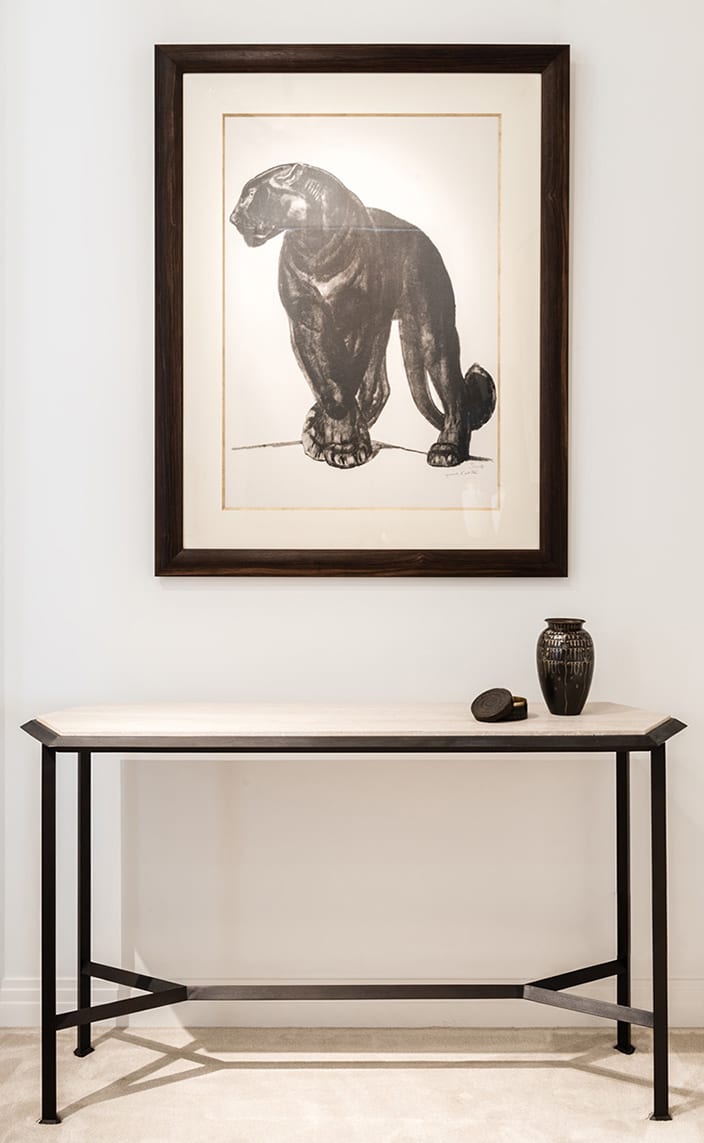
Console in bronze and travertine by the designer Nicolas Aubagnac for Galerie Marcilhac. Vase in hammered brass dinanderie (1925) – Gilded lacquer box (1913) all Jean Dunand. Panther (1929) original lithograph, Paul Jouve. © Paul Prestreau.
In the Spirit of Art Deco
The collaboration between Nicolas Aubagnac and Galerie Marcilhac consists of two pedestal table models and two console models. These pieces of furniture have the ambition to converse with the great names of the gallery such as Ruhlmann and J.M. Frank. To do so, Félix Marcilhac and Nicolas Aubagnac have chosen two predominant materials for the design of these four pieces. Travertine and bronze thus make this furniture, imbued with a strong personality, stand out. The craftsmen who traditionally work with Nicolas Aubagnac on his projects have put their know-how at the service of this collection. The result is geometrical and pure forms that are in osmosis with the collector’s furniture of the Galerie Marcilhac. Nicolas Aubagnac has applied his perfect mastery of the Art Deco period by associating to it his eye as a decorator-assembler. The designer projects the decorative arts into the contemporary world.
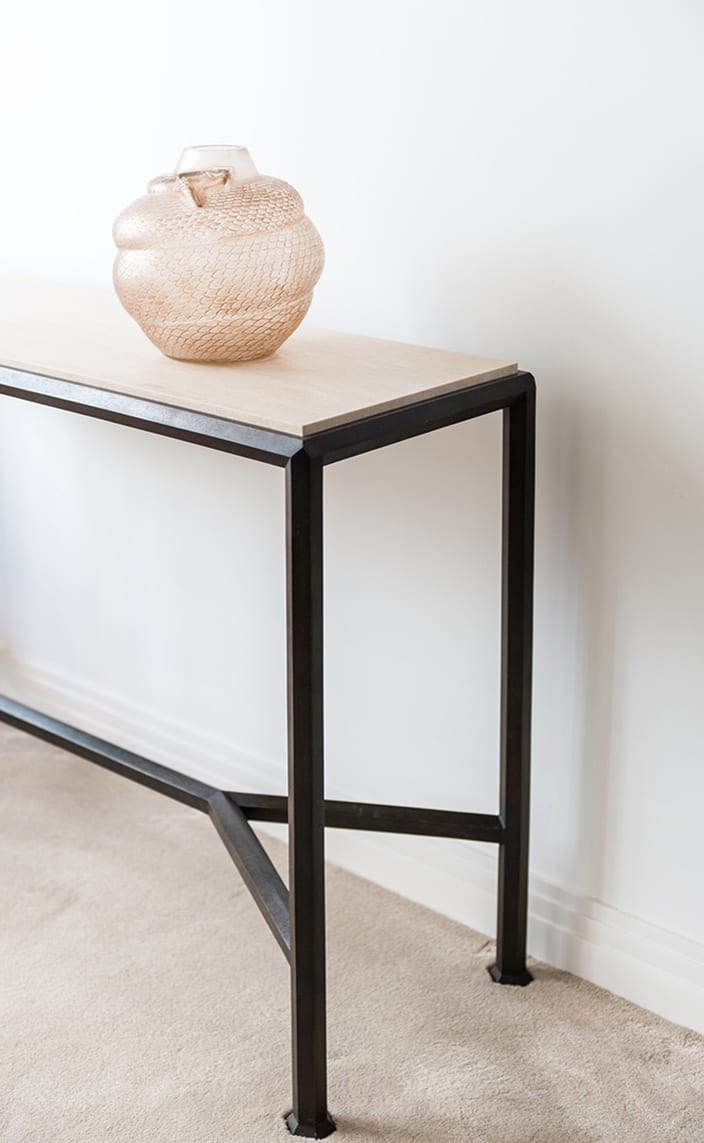
Snake Vase (1924) Lalique. © Paul Prestreau.
Nicolas Aubagnac: Designer and Interior Architect
With a sharp vision of French decorative art, Nicolas Aubagnac was quickly recognized by his peers and a demanding clientele. Four years after graduating from Ensaama in interior architecture, Nicolas Aubagnac founded his agency in 1997. The designer immediately distinguished himself with his creations of lighting fixtures. He exhibited at PAD in 2002 and gained an international clientele. Nicolas Aubagnac calls upon the cream of the crop for each of his creations made in France. Cabinetmakers, gilders and lacquerers are all trades that participate in the manufacture of this unique furniture. In addition to his activities as a designer, Nicolas Aubagnac also designs luxurious interior architecture projects. The result is high quality, timeless furniture. All of which tells the story of the decorative arts and above all the French art of living as Signatures Singulières Magazine likes to promote it.
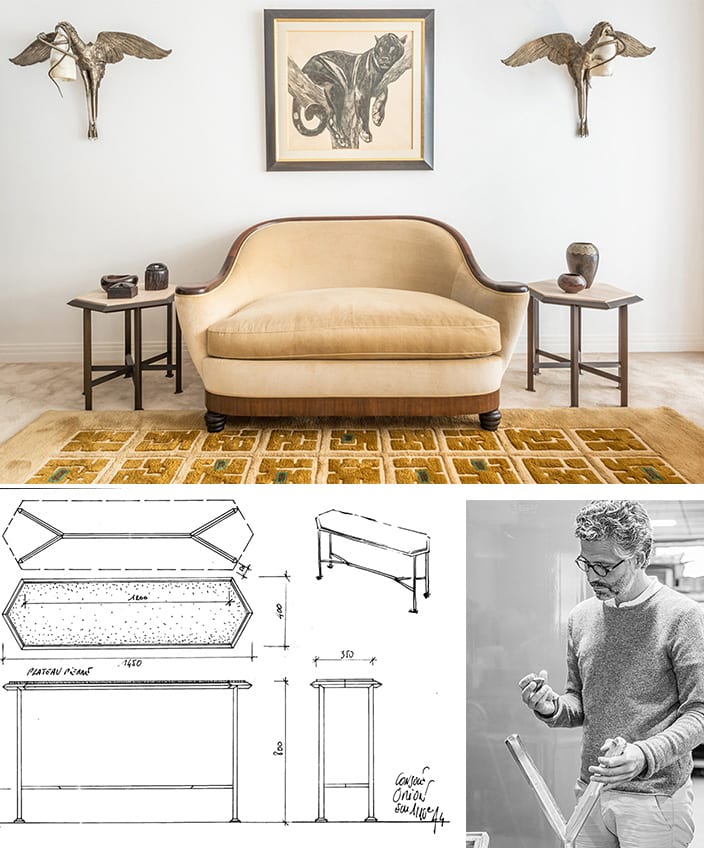
Side table in bronze and travertine by the designer Nicolas Aubagnac. Bench seat (1920) André Groult. Wall lamps (1925) Albert Cheuret. Carpet (1950) Jules Leleu. Cup empty-pocket (1970) Odile Noll. Vase ball, in copper dinanderie – Vase with herringbone decoration (1930) Claudius Linossier. Trendy panther (1927) original lithograph, Paul Jouve.
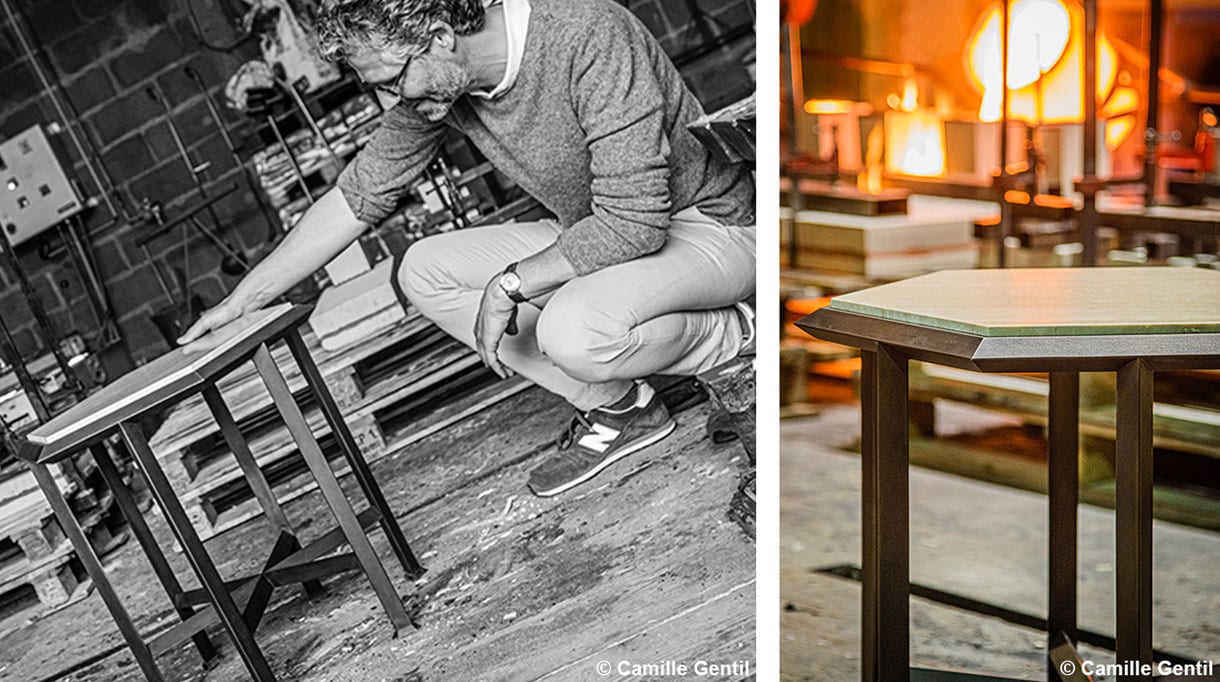
Galerie Marcilhac
8, rue Bonaparte
75006 Paris
Tél. : +33 (0)1 43 26 47 36
contact@marcilhacgalerie.com
www.marcilhacgalerie.com
Nicolas Aubagnac
26, Cité de Trévise
75009 Paris
Tél. : +33 (0)1 42 46 69 45
contact@nicolas-aubagnac.com
www.nicolas-aubagnac.com
Share
The Eye of the Artist: Jacques Henri Lartigue
Featured image: “Renée Perle, Paris, January 1931”. Photograph by Jacques Henri Lartigue ©Ministère de la Culture (France), MAP-AAJHL
Many years ago, while at college and majoring in art history, I decided to take a “History of Photography” course. I will never forget the day when the image of the interior of a room photographed from the floor level came onto the screen during a lecture. I sat up in my seat and intently studied this incredible perspective and thought, who is this photographer? Turns out the photo was taken by an eight-year old French boy named Jacques Henri Lartigue. I soon learned that he took thousands of snapshots throughout his life and compiled them into personal photo albums and was “discovered” years later at the age of 69 and would go on to become one of the most famous photographers of the 20th century. Seeing his work opened my eyes to the power of photography and changed the course of my life, as from then on, I concentrated my art history studies on photography.
The emergence of a promising artist
Jacques Henri Lartigue was born near Paris in 1894 to a wealthy family. On his 7th birthday, his father gave him a camera as a gift which opened the world to young Jacques Henri and led him on a lifelong devotion to this craft. He immediately started photographing the world around him, which at that age was his adoring family and his nanny. He took photos of her throwing a ball into the air, another of his cat jumping in the garden and he even conjured up a ghost with sheets taken from the linen cupboard. At age 8 he was already “art directing” and setting up his scenes. One charming photo shows the view of a bathtub filled with water and Lartigue’s boyish grin seen bobbing above the water line like a buoy in the sea. He had the camera placed on a floating board in the tub and had his mother release the shutter at the exact moment he desired. It was a wonderful example of giving us a child’s eye’s view. Another sweet photo shows him tucked up in bed with his cat in his arms and with his eyes closed like he was already in a deep slumber. Once again, he set up the image and had his nanny release the shutter. He took photos of things that made him happy and the things he wanted to remember. In 1911, he started compiling these photos into personal albums and in the course of his long life they would number to 126. He wanted to record every moment of his life as he didn’t want his memory to fade. Besides taking photographs, he wrote meticulous diary entries every day throughout his life. He felt like it had to be done right away before the magic faded. Once, while still a young boy, he was told that his journal entries might one day fade away as they were written in pencil. Fearing this loss, he immediately copied his diary over again in its entirety in ink. What is so astonishing, especially at such a young age, is that he did not borrow from other artists, he was influenced by his own imagination. This brings me back to the photo that first ignited my interest in his work, “The collection of cars in Jacques Henri Lartigue’s room, Paris, 1903”. Here is a nine-year old who instinctively placed the camera down on the floor to give his own child’s eye’s view of the scene. The toy cars are lined up on display with the metal bodies gleaming in the sunshine that is creeping through the window. The tall cabinet behind looks like a looming skyscraper and the sheet placed over the fireplace gives the feeling of a neutral background to show off the cars and to erase the gaping entrance of the fireplace so as not to take any distraction away from the main subject of his photo, the cars. Even the flowered wallpaper evokes a wild jungle background and the mirror above the fireplace reflects the far ceiling adding to the majestic atmosphere. As an adult, we might just walk by this scene not noticing the details but from Jacques Henri’s viewpoint he is highlighting what he sees. It was not only the act of taking a photograph but the excitement in the creative process and indulging his childlike curiosity.
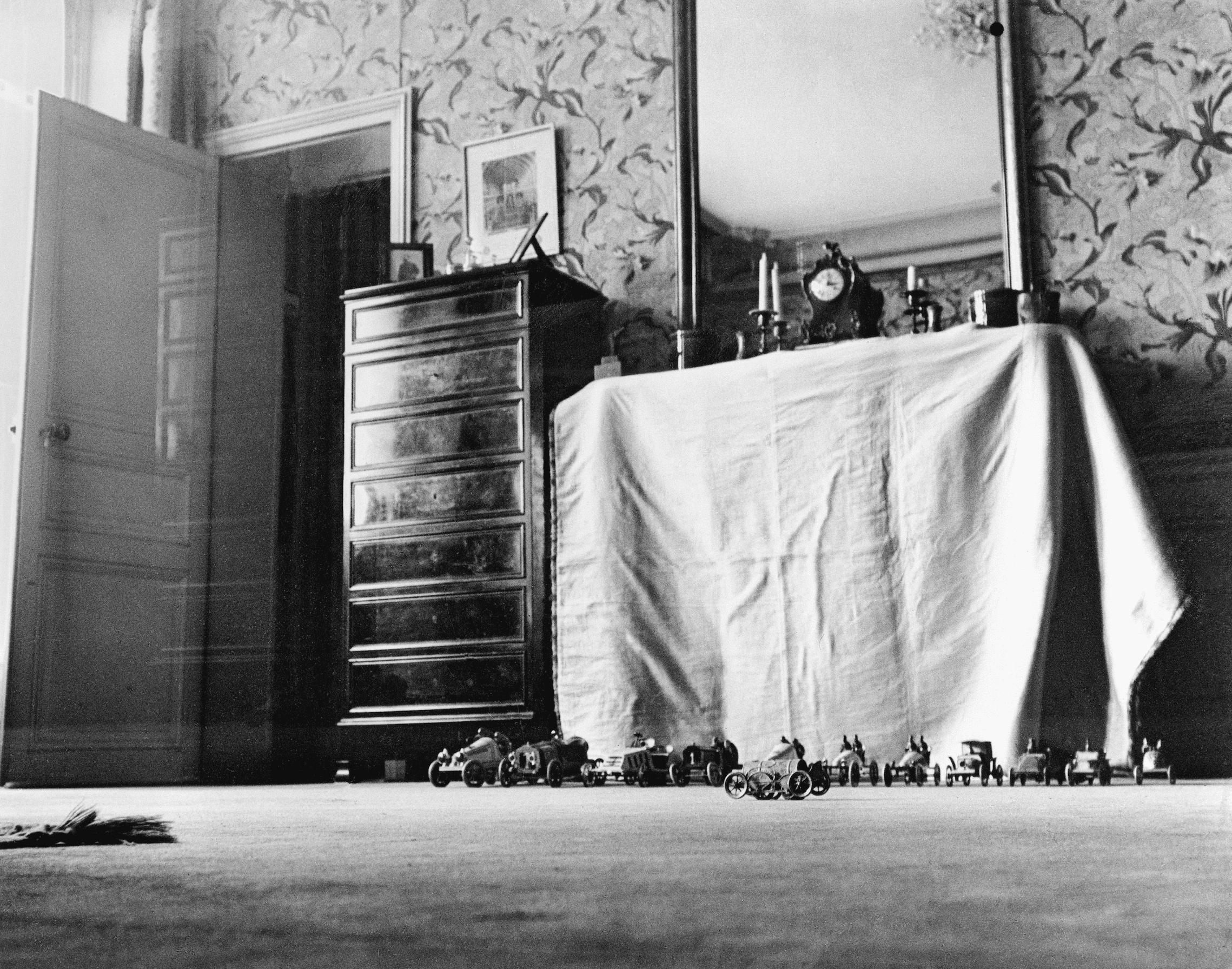
A photographer of the age of modernity
Lartigue grew up in the turn of the century when inventions were changing the way of life. Cars were taking the place of horse-and-buggies, airplanes were being designed and tested. He marveled at these fast-paced machines and as a teen he photographed gliders taking off from sand dunes and race cars speeding around the circuit. One of Lartigue’s most well-known images is “Grand Prix de L’Automobile Club de France, dated 1912”. At the Grand Prix in Dieppe, he stood right on the edge of the road and waited for a race car driver to speed by. He clicked the shutter while slightly moving himself along the car’s path and the image that emerged was astonishing for that time. With the tilting trees and spectators combined with the surreal shape of the wheel he managed to capture speed and movement itself. One can almost hear the engine roar and the wind blow as the car takes the corner. One can see the clear details of the driver and his hand gripping the steering wheel trying to manage this powerful beast while the rest of the photo is blurred showing the power and sensation of speed.
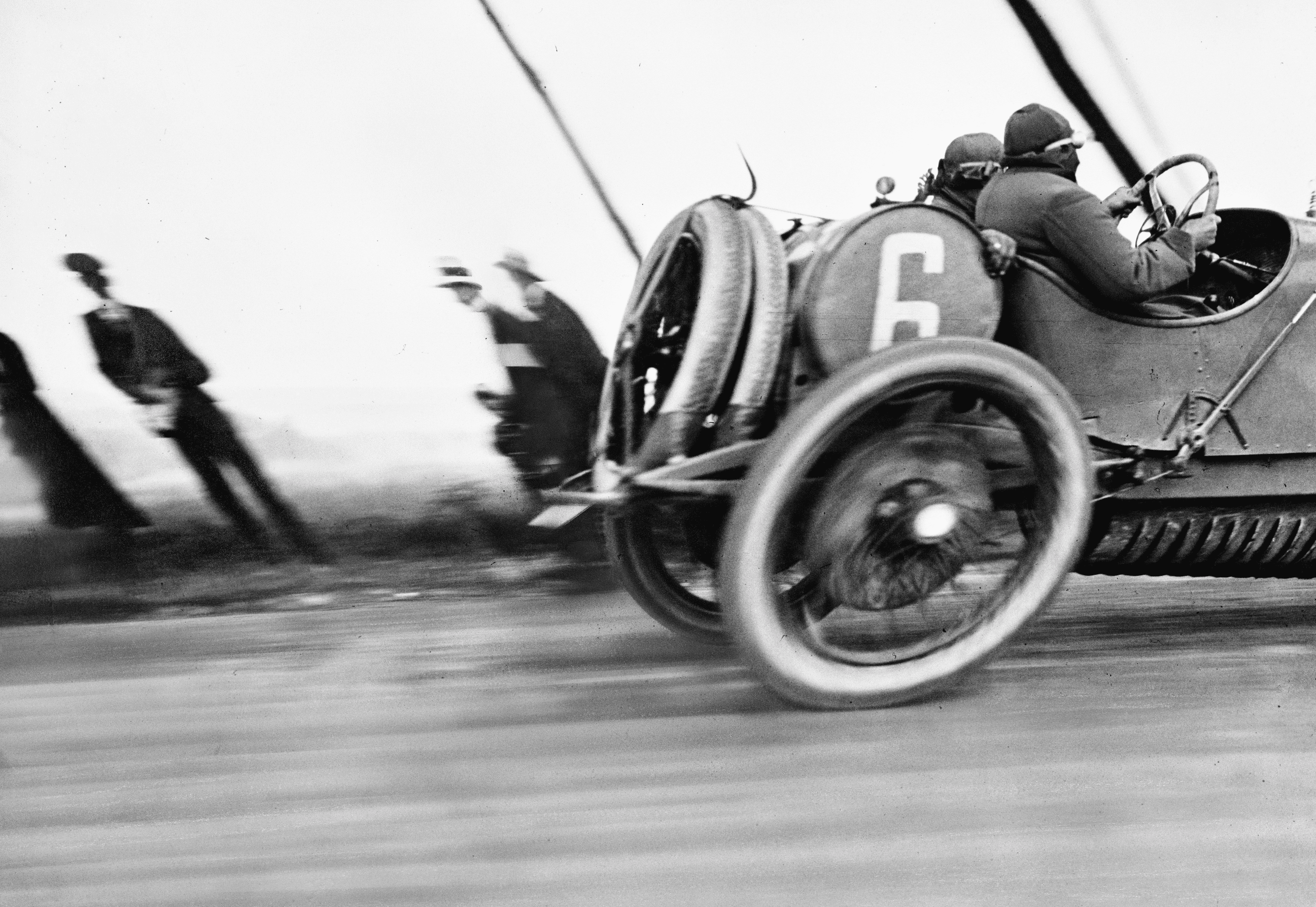
During this time of great technical innovation, Lartigue was also intrigued by the bourgeoisie. As a teen, he would slip off to the Bois de Boulogne in Paris to take photos on the Sentier de la Vertu. There he would photograph the beautiful women and men parading past him on their daily walks showing off their long dresses, furs, veiled and feather hats and jewels and top hats and canes. He was the original “street photographer”, the Bill Cunningham of the 1910’s. He would depict them showing off their finery as if they were peacocks. What seemed of the moment then is now a beautiful recording of the high life in Paris before the Wars. Around this time, he would also go to the racecourse at Auteuil and it was there that he captured a moment that would years later influence a memorable scene in a much beloved movie. In “Auteuil Racecourse, Paris, 1911”, Lartigue captured a moment in a perfect composition. Three women are standing on chairs and are all looking in the same direction at the approaching horses. The black and white vertical stripes in two of the gowns perfectly mirrors the vertical white railings they are holding onto. This photograph also reveals a softer silhouette instead of the tightly corseted fashion trend of the early 1900’s. This scene of elegance and women excitedly watching a race would inspire Cecil Beaton in designing the costumes for the crowds in the famous racing scene in “My Fair Lady” in 1964, including Audrey Hepburn’s beautiful black and white gown. This is not the only time his photographs would inspire a film. The director Wes Anderson was also inspired by Lartigue’s magical world. An image of Lartigue’s brother Zissou taken in 1909 was recreated in the film “Rushmore” (1998) with the main character, Max, taking the place of Zissou in a film still. Max sits on the edge of a go-cart posing as the Founder of the Yankee Racers wearing a cap and goggles with his knees held tightly together mimicking the comic eccentricity of Zissou in a similar photograph taken some 89 years earlier.
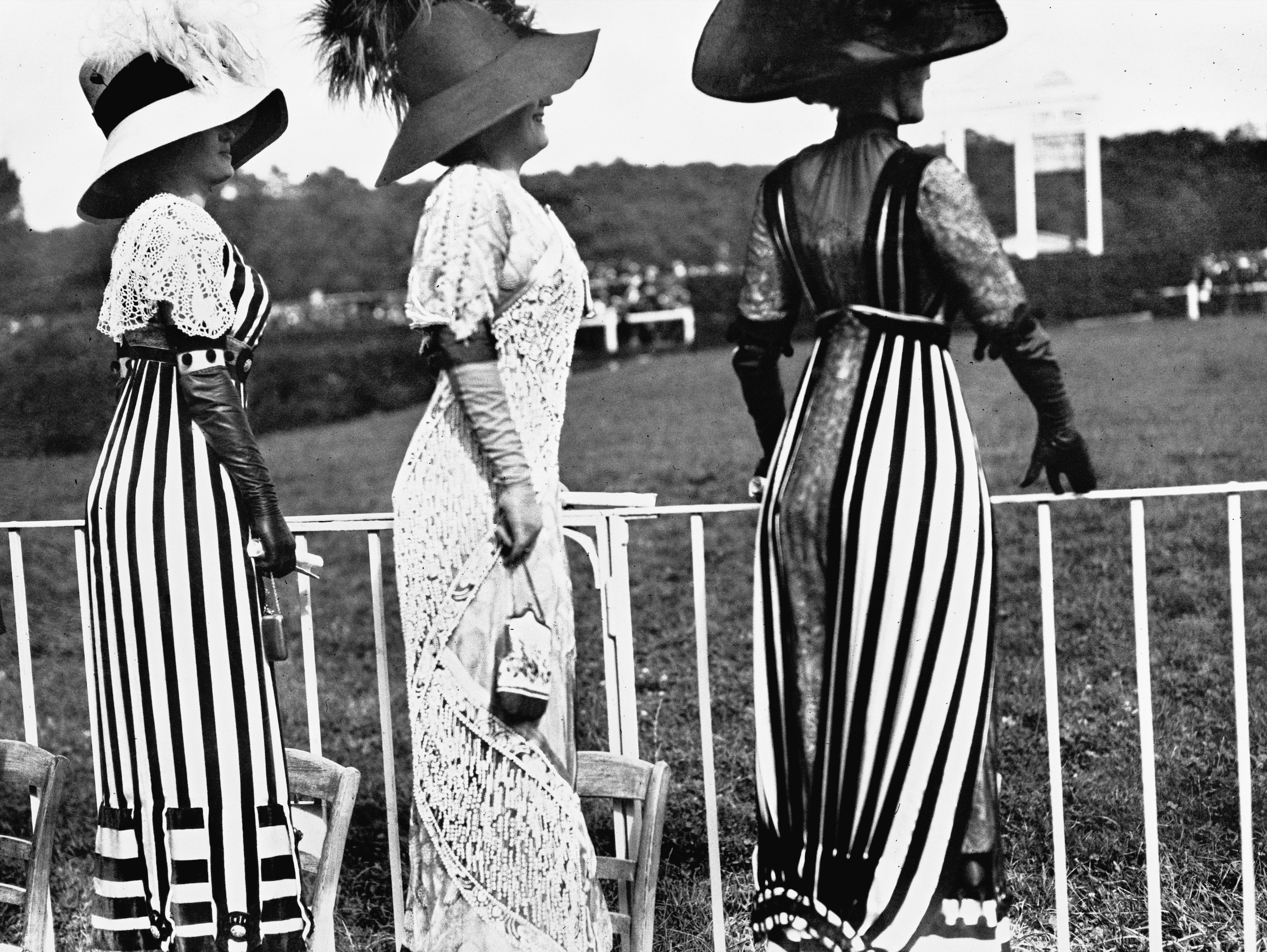
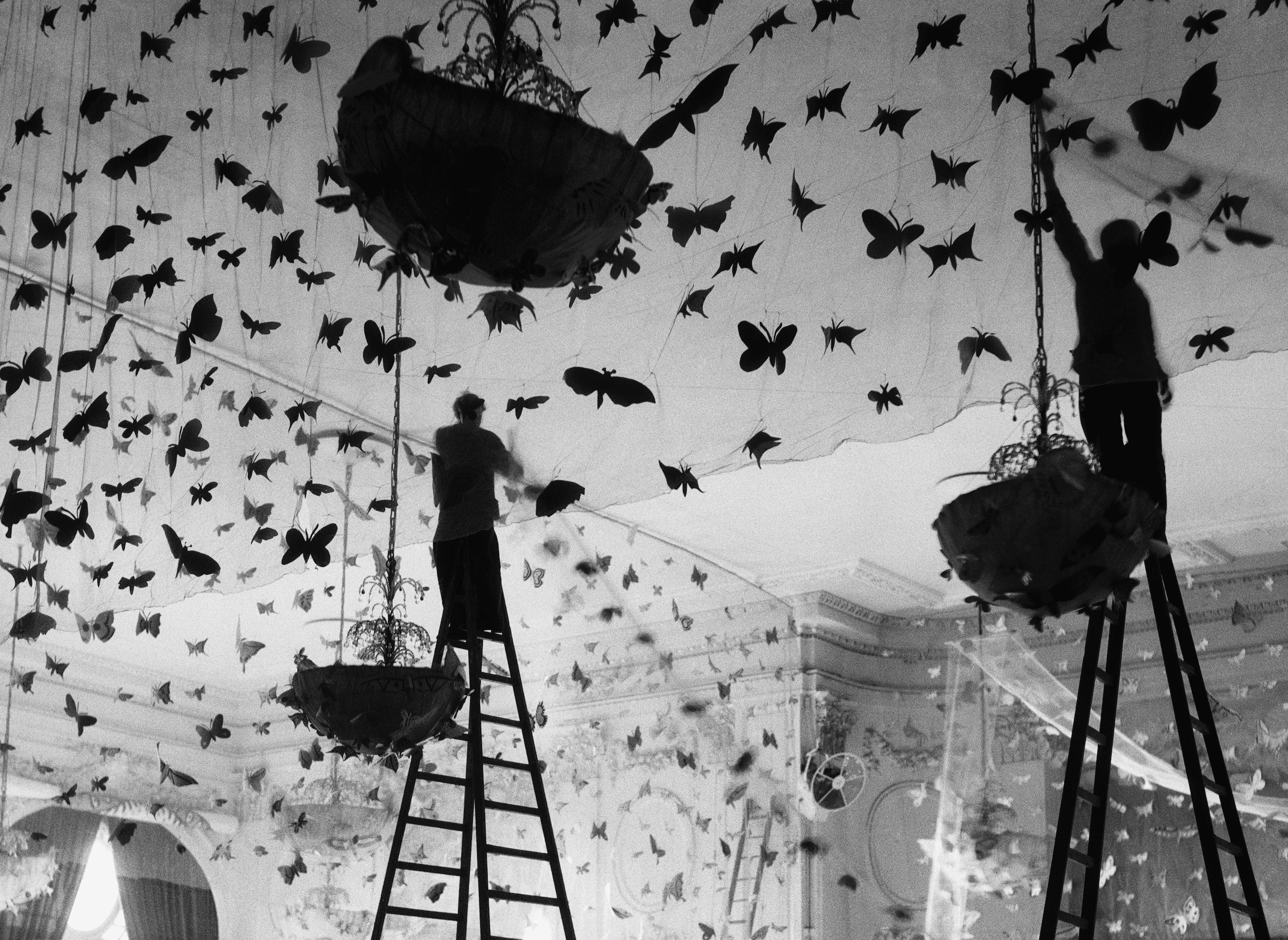
A prodigy with many gifts
Lartigue was a true aesthete. While spending time in the South of France during the 1930’s he designed and decorated lavish balls and galas at casinos along the Riviera. He also designed a table for his apartment in Paris. This stunning “modular” and elegant table appears to anticipate the coming Art Deco movement. This table appears in his album in 1919 showing it in the center of a room in his Paris apartment (2nd photo below). A later album in 1922 shows the table again but in a different setup in his apartment – up against the wall with flowers and glasses adorning the top (photo below). The table has been recreated and can now be found at auction and through Ecart International in Paris as well as online with The Invisible Collection. Lartigue was the embodiment of a Renaissance man.
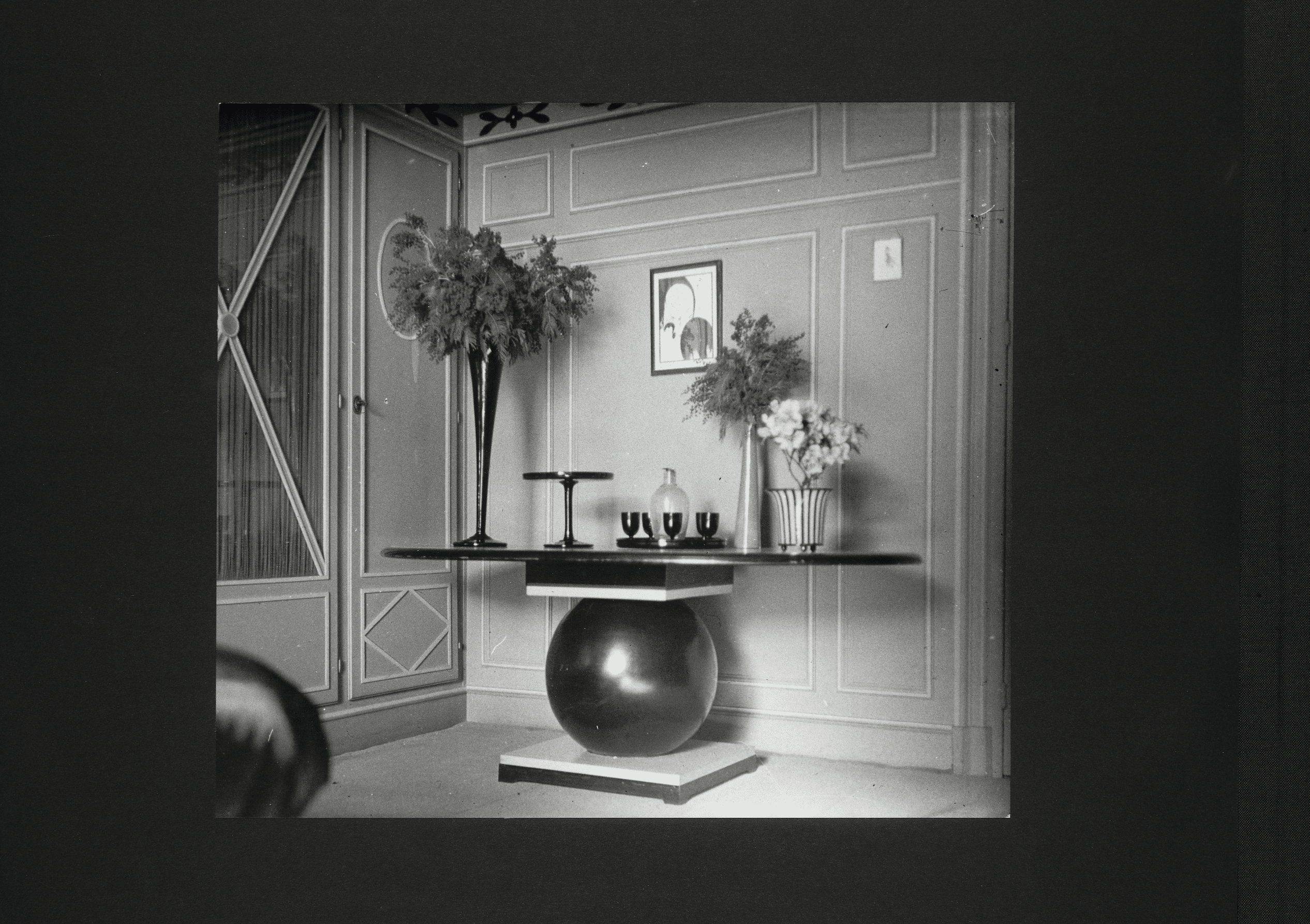
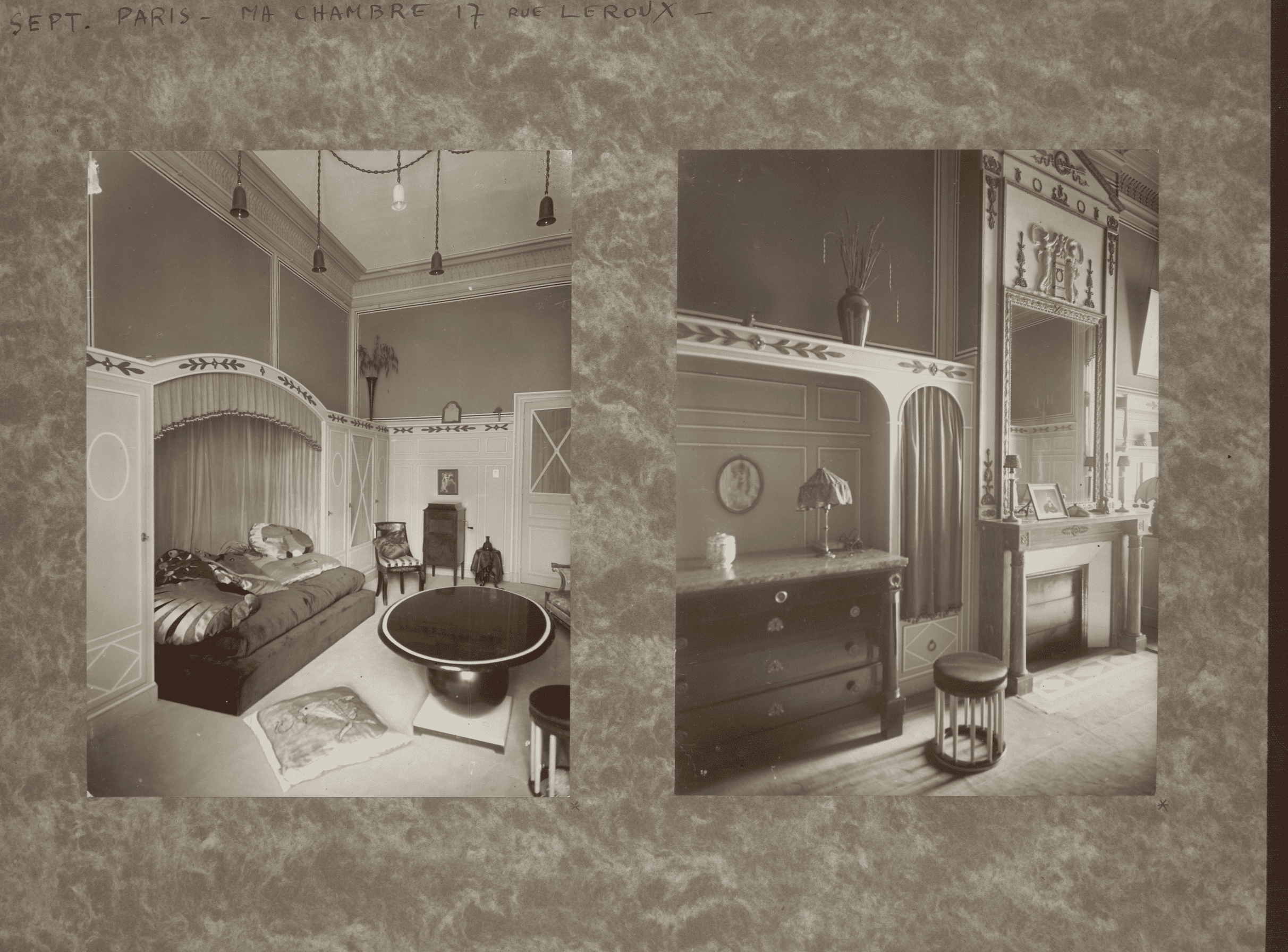
Captivating beauties
While writing this article, the hardest part was selecting which photographs to include. Over the course of his long life, he took over 100,000 images. My favorite images are those he took of the women who inspired him – his three wives and several lovers and muses. I could fill an entire coffee table sized book with these images as they are beautiful and enchanting. Renée Perle was his muse/lover from 1930 to 1932 and the photographs of her, to me, could be the forerunner of fashion photography. In the photograph, “Renée Perle, Paris, January 1931” (title photograph), Renée lounges on a couch and Lartigue perfectly captures the spirit of 1930’s France. With Renée’s arm full of bangles, heart-shaped lips à la Clara Bow and short wavy hair one feels like Renée is taking a moment of repose before the next glass of champagne is poured and the music begins. Renée had expressive hands, almost like from a Modigliani painting, and they always were an important part of the photo compositions – covering half her face, placed on a wall as the center point of an image. She was an intriguing muse and her spectacular beauty inspired some of Lartigue’s best photographs. There was just something about Renée. Tall, chic, exotic. Lartigue wrote that “around her, I see a halo of magic”. Their short time together was what Lartigue remembered as an “eternal vacation”, a dreamlike two-year holiday in the South of France. Several years ago, I was with close friends strolling the aisles of a photography fair in NYC. They stopped and gravitated towards a photograph of an enchanting woman outside walking down the stairs in wide palazzo pants, a tight tank top and a large brimmed hat. They bought it and it made me so happy as that was a photo of Renée embodying the Riviera style of the 1930’s.
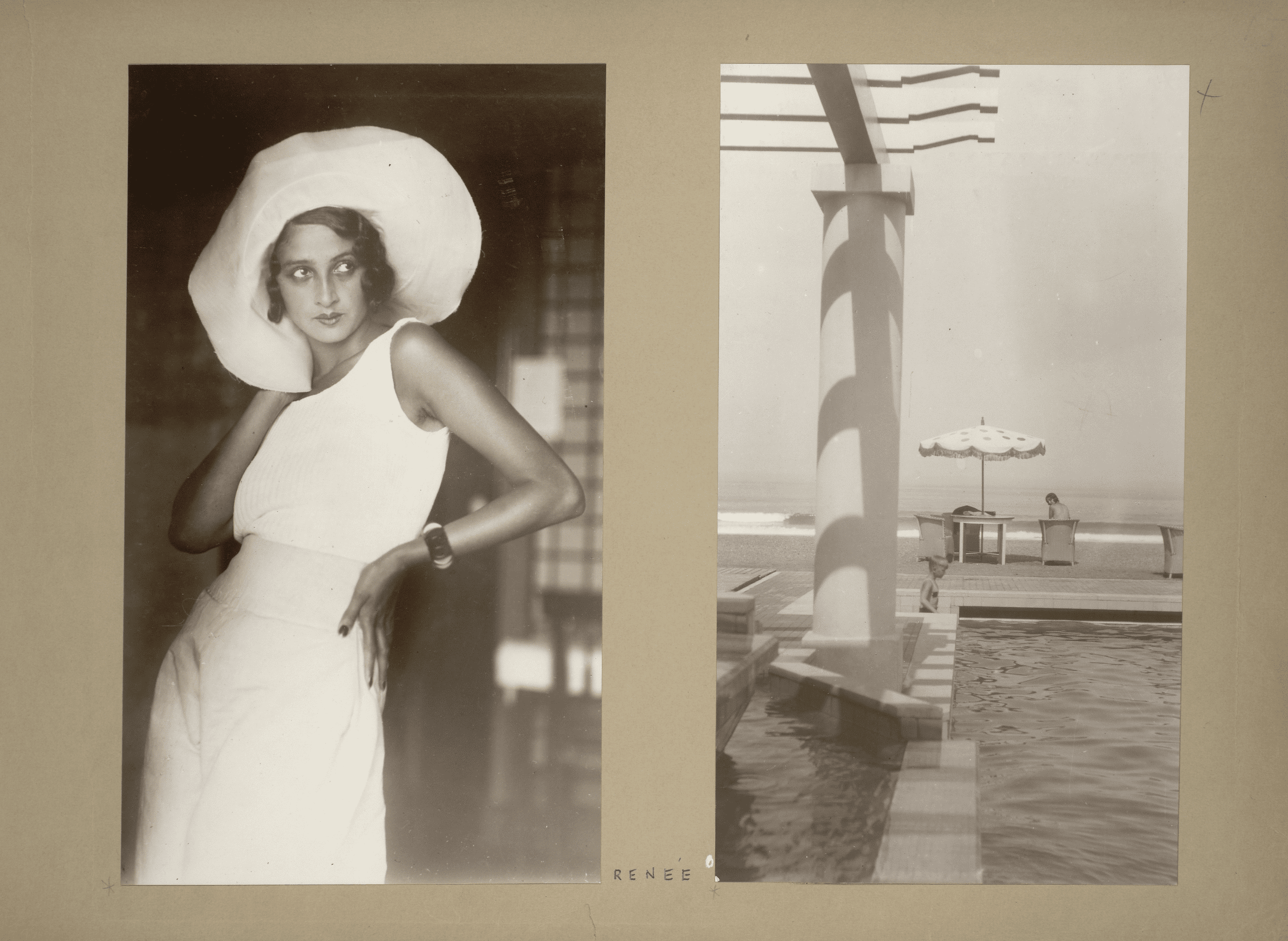
Besides being a photographer, Lartigue was also a painter and it was through the sale of paintings over time that he could support himself as a free-spirited artist. Lartigue once said, “I see everything with a painter’s eye”. This is especially true when in the 1950’s he started taking color photographs. While his black and white photography was lively and energetic, his color photography showed even more of his exuberance. It was a new visual sensation that he embraced. In the photograph, “Florette, Vence-Beausoleil, May 1954”, he captures an intimate moment. Florette was his third wife and they were married for forty years until he died. In comparison to photos of Renée, this image of Florette reflects an enduring love and companionship. The saturated color along with banded rays of light bathing the scene is balanced by the serene smile that Florette has as if Lartigue caught her in a moment of contemplation and she looks up as he enters and is happy to see him. Happiness is what Lartigue was always striving to capture in his photography and he wanted to catch a marvelous thing that goes by in half a second. He always said, “You must find something in each day to delight you”.
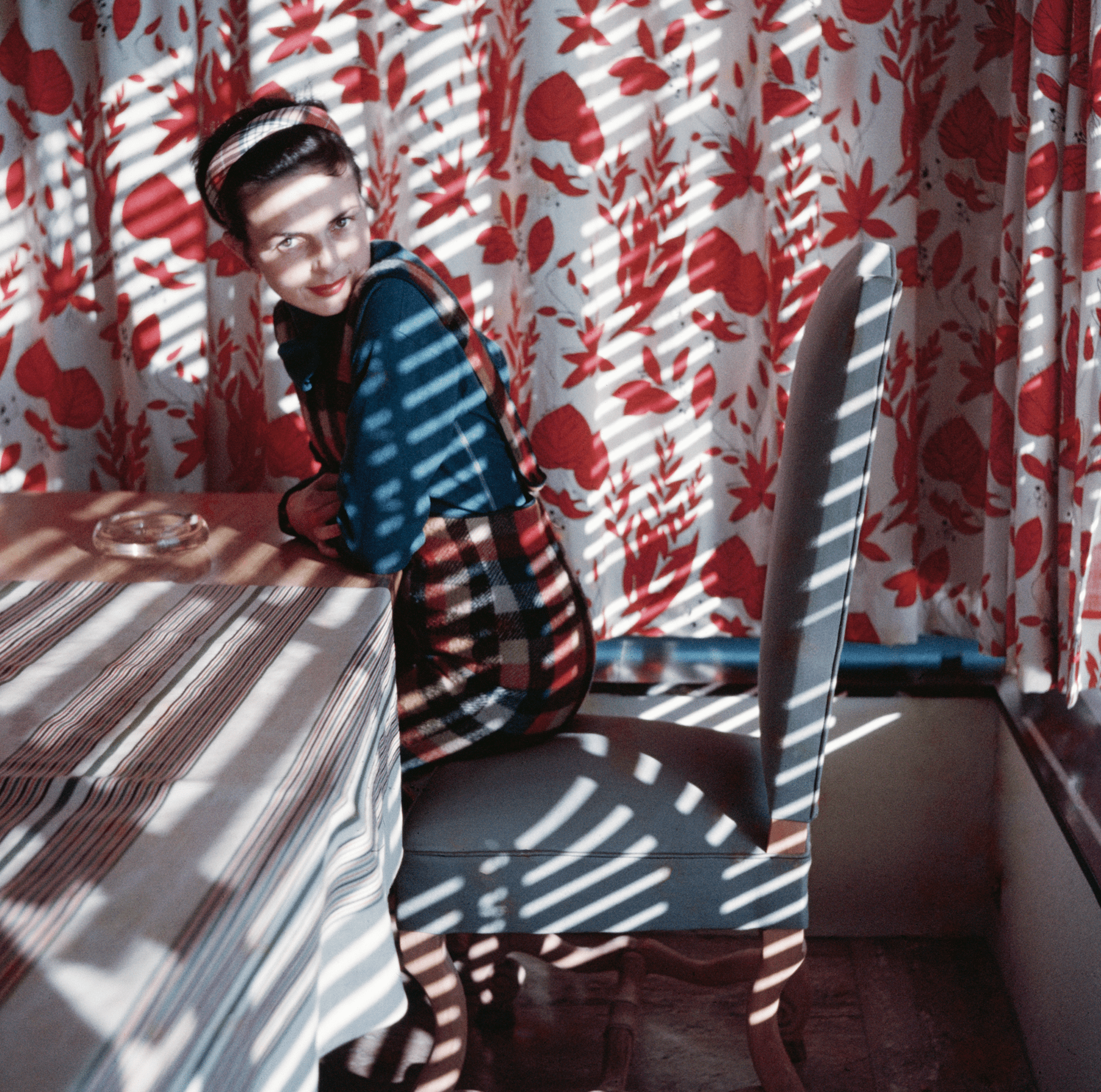
Lartigue made tens of thousands of images for his personal albums and was completely unknown as a photographer until he had a meeting arranged by a photographer friend with the esteemed photography curator at MoMA, John Szarkowski, during a visit to NYC. He was offered an exhibition at the museum on the spot and his first exhibition took place in 1963. He was “discovered” at the age of 69 and became an overnight sensation. He was a genius amateur photographer with an instinctive eye and to this day is still considered one of the greatest photographers of the 20th century.
Lartigue continued photographing up until his death in 1986. He died suddenly but peacefully at age 92. Up until the end, he still held that childhood delight and curiosity that he exhibited back in the turn of the century and through his work tried to preserve some of the “immense happiness of living”. He always signed his photographs with a hand drawn sunburst at the end of his name.
In a lovely twist of faith, one of my first jobs when I moved to NYC after school was with a private photography dealer who specialized in Lartigue. It was a joy to work with his photographs and to see Renée, Florette, Nanny, Zissou and his boyhood room up close and personal. I feel that Lartigue was a photographer ahead of his time. I often wonder what he would think about our modern days where selfies and documenting our lives consume us. I bet he would love it as he once said, “Photography to me is catching a moment which is passing, and which is true”. I think his Instagram handle would be @joiedevivre
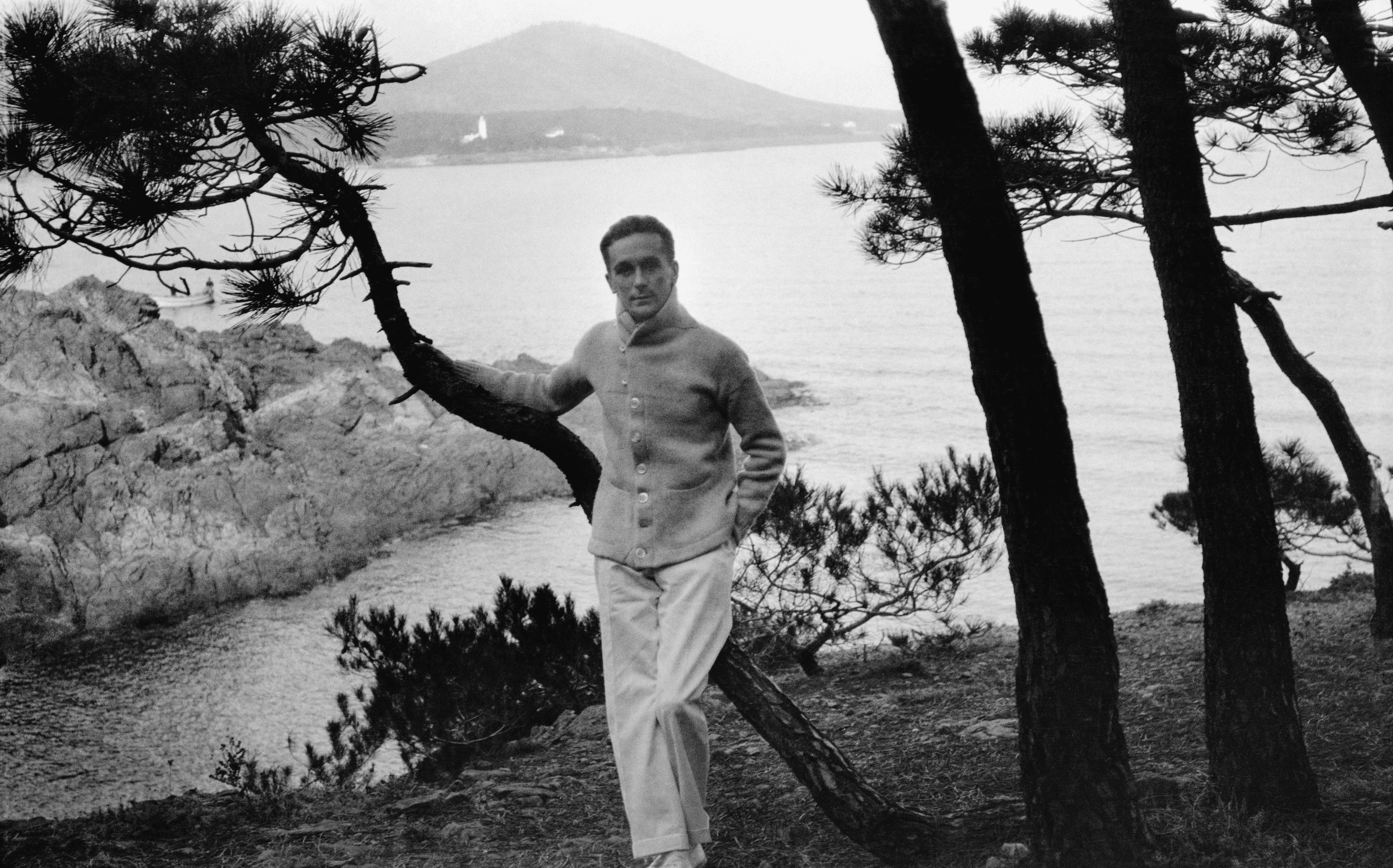
In 1979, Jacques Henri Lartigue became the first living French photographer to donate his work to the State with over 120,000 negatives, his diaries and 126 personal albums. To this day, the Association des Amis de Jacques Henri Lartigue oversees his estate by conserving and displaying his photographs. You can find more information and see images at www.lartigue.org and @donation.lartigue. Photographs can be purchased through Monah Gettner at Hyperion Press in NYC, hyperionpr@verizon.net

Jennifer Gyr is a Creative Consultant at Par Excellence. After obtaining a degree in Art History and Photography, she was a Helena Rubenstein Intern at MoMA in NYC and she completed the “Works of Art” course at Sotheby’s in London. She then worked for several years at the photography gallery Hamiltons Gallery in London and at Hyperion Press and Keith de Lellis Gallery in NYC. She was a private photography dealer for many years and served as an archivist and curator of a private photography collection in NYC. She also archived the estate of the photographer Horst P. Horst. She has curated several exhibitions and consulted on numerous photo books and exhibitions including with The National Portrait Gallery in London. When not seeking her next travel inspiration she lives in Brooklyn with her Swiss husband.
Share
"What Inspires Me" with Cara Woodhouse
Cara Woodhouse specializes in luxury private residential & commercial projects. Through her firm in Brooklyn – Cara Woodhouse Interiors – she provides design services including architecture consulting, contract management, spatial planning, material & finish selections, custom furniture, millwork & antiquing. Cara has worked on multiple projects in Miami, Colorado, New York City, the Hamptons, New Jersey, Boston, Nantucket, Connecticut, Westchester, London & Los Angeles. Apart from being a worldwide successful designer, Cara is also a dynamic, joyful and passionate person! She loves her job and kindly shared with us her path to interior design and her inspirations.
Cara, I understand that your journey to become the worldwide designer you are today was a long one. Could you tell us a bit about yourself and your career path?
My career path started very early on. I always excelled in the arts and always dreamed of being a fine artist and sculptor. After attending FIT for fashion and realized it was not my passion, I attended NYSID. I studied interior design and knew that this was my calling and what I was meant to do. I had various internships during my college days and once I graduated, I worked for several prestigious NYC interior design firms including Cullman & Kravis. There, I learned the ins and outs of high-end design working on large-scaled projects with large budgets. It was a very well-oiled operating machine and I learned so much! I then moved on to run the NY office for Sherrill Canet interiors where I helped manage clients as well as co-design furniture. A couple of years into that firm I was approached to work on a friend of a friend’s home in South Beach, Miami. This was an opportunity I could not turn down. I quickly partnered with a close friend that I worked with at Cullman and Kravis and we formed our first design firm ZK interiors. After 5 years of growing that business I moved to London for a couple of year. I then returned back to NYC where I reinvented my business and started Cara Woodhouse Interiors LLC.
You are known for your unique patterns and shapes, your colorful palettes and unexpected details which always make your projects stand out. Where do you get your inspiration?
My inspiration comes from many places. Color palettes, shapes and forms… I am always inspired by my travels, art, other interior designers and architects and lots of history. I constantly think to myself, “how I can do this differently.” I want to be innovative and push myself all the time through my design process. I don’t want to be ordinary I want to be extraordinary! This is something I remind myself of on a daily basis!
Your projects are always very creative and artistic. What is your creative process when faced with a new project?
My process always starts with my clients. I truly get to know my clients and what their aesthetic and vision is, how they live and what inspires them. I love collaborating with my clients and achieving a home they LOVE! That is my ultimate goal. I try to always have some kind of eye candy; this doesn’t always have to be a pop of color. It is achieved in so many ways: using luxurious materials and finding a loophole of creating a unique design.
“Color palettes, shapes and forms… I am always inspired by my travels, art, other interior designers and architects and lots of history.” – Cara Woodhouse
How has your style evolved through the years? Now that you have your own interior design company, do you feel you have more freedom in your projects?
My style has evolved tremendously over the years. I was very lucky to have the foundation of working early on in my career on very rich and elaborately layered traditional interiors. To be able to design that way was such a gift of knowledge and history. Over the years, I have stripped down my designs and have gone through a transitional period of design and now I am more of a modernist with a twist of playfulness and fun. Two things that will always be the upmost important in my designs are comfort and functionality. This is something that will always come first over anything else in my interiors.
Do you have a particular place in New York City that inspires you design-wise?
There is definitely not one place in NYC that inspires me because there is so much to be inspired by. All of the different areas of NYC from the West Village and its charming streets to the Upper East Side’s gorgeous townhouses, Central Park… all of it! All of the incredible styles, antique and furniture stores etc. I studied the history of NYC and how it developed and functioned early on, and it is something that fascinates me to this day. There is so much history in these city streets! New Yorkers, the people of this city, really inspire me the most! There is no place like NYC!!
I’ve seen incredible marble in some of your projects. Can you share your favorite materials to work with?
Yes, marble is for sure one of my most favorite materials to work with. All natural stone to be honest. The colors, shapes, patterns and feeling that stone gives off truly moves me. It always blows my mind that it is made by nature! I literally get a rush when I walk through a marble yard and the gears in my mind start cranking with how each gorgeous piece of stone can be used in furniture and homes. I am actually in the midst of designing a marble furniture collection as well as a jewelry collection using natural stone.
Working as a designer, you surely must know how fascinating and meticulous craftsmanship can be. How much importance do you attach to this process?
This is on top of my list. Quality and finish work. Being in this business for so long my eye is trained to pick up on these things! I am definitely always striving for perfection and consider myself to be the most meticulous. I have even helped some of my millworkers and upholsterers perfect their techniques and finishes to elevate their quality and level of work!
“I am definitely always striving for perfection and consider myself to be the most meticulous. I have even helped some of my millworkers and upholsterers perfect their techniques and finishes to elevate their quality and level of work! ” – Cara Woodhouse
If you had to pick one favorite project among all your interior design projects, which one would it be and why?
All of my projects and my clients are so important to me and they are all so different. They are like my babies… to pick a favorite at the moment, I would have to say my personal home. It is such a dream to have finally found a home that my husband and I both love so much! I can put my stamp on everything with total freedom and design how my family and I function. It feels like it is finally my turn…!
Finally, we have to mention your amazing blog and Instagram account, you often use your platform to give advice to emerging designers. What advice would you have liked to have received at the beginning of your career?
I wish I had a mentor early on in my career. I would have asked how to deal with difficult clients, how to run an interior design firm from accounting, protocols etc. I am always happy to share what I have learned over the years through trial and error. I always give the advice that it is important to get some work experience in the field before you go off on your own!
What’s next for you now? Do you have any projects coming up soon?
I do have several new projects that I am working on at the moment. I am finishing up a gorgeous modern home in Los Angeles, a Central Park West apartment and a gorgeous estate in Setauket, NY. I am working on several capsule collections with many different companies at the moment to expand my brand. I love mentoring and offer one-on-one consultations.
Share
The House of Bricard Art creates the trend of tomorrow
The creation of a door handle designed by Valérie Rostaing in collaboration with Bricard Art illustrates the contemporary aesthetic sensitivity associated with the artisanal history of the great locksmith. An illustration of the French-style elegance that excites Signatures Singulières Magazine.
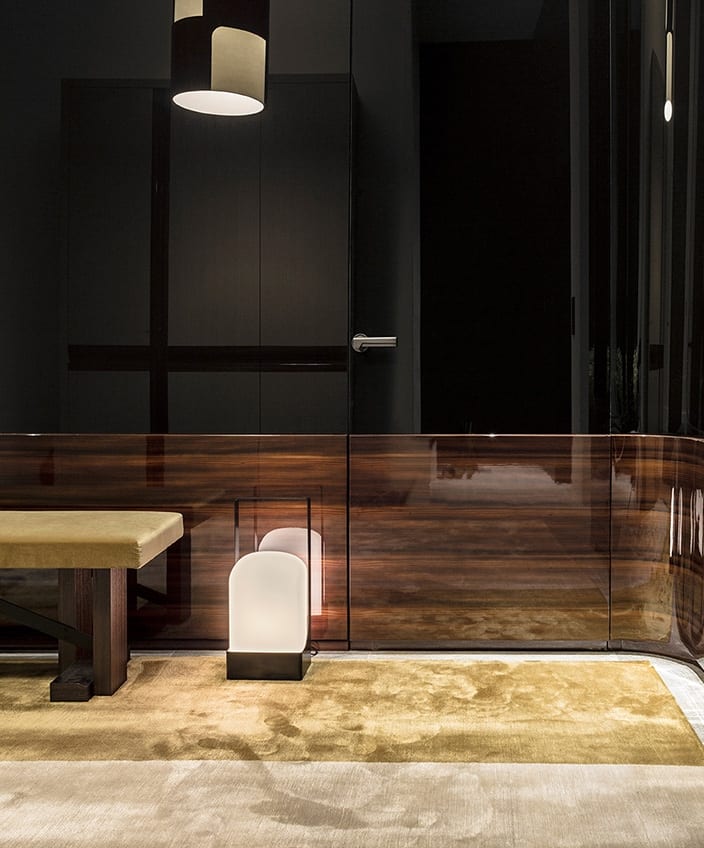
A contemporary art locksmith’s shop designed by an interior designer
This refined door handle tells the story of an interior designer’s view of the art of locksmithing and the know-how of a hundred-year-old house. Bricard Art and Valérie Rostaing present a new model of artisanal locksmithing. This creation with assertive lines is a summary of the interior designer’s vision of the custom-made. It is also an illustration of the know-how of the Bricard Art locksmith. Valérie Rostaing and Bricard Art thus share the same spirit of excellence in locks that are in keeping with the times. These handcrafted bronze pieces open the doors of a home to the elegance of French art. Valérie Rostaing, with her experience at Christian Liaigre, designs interiors with a timeless character and meticulous finishes. The interior designer focuses on the details that make a house luxurious. In fine, the collaboration with Bricard Art allowed her to design a bronze lock very Art Deco. The result is a true contemporary goldsmith’s piece.
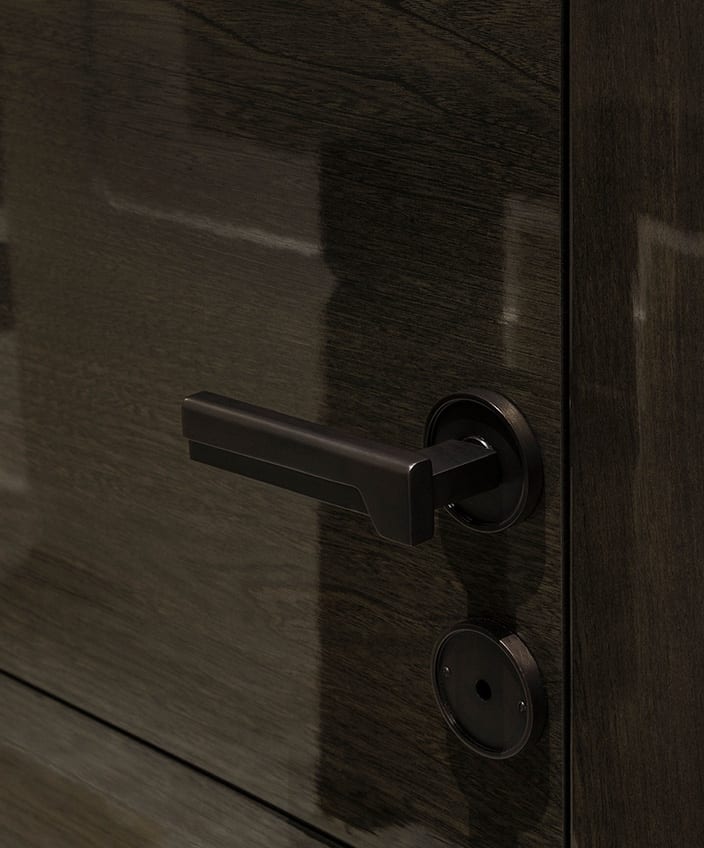
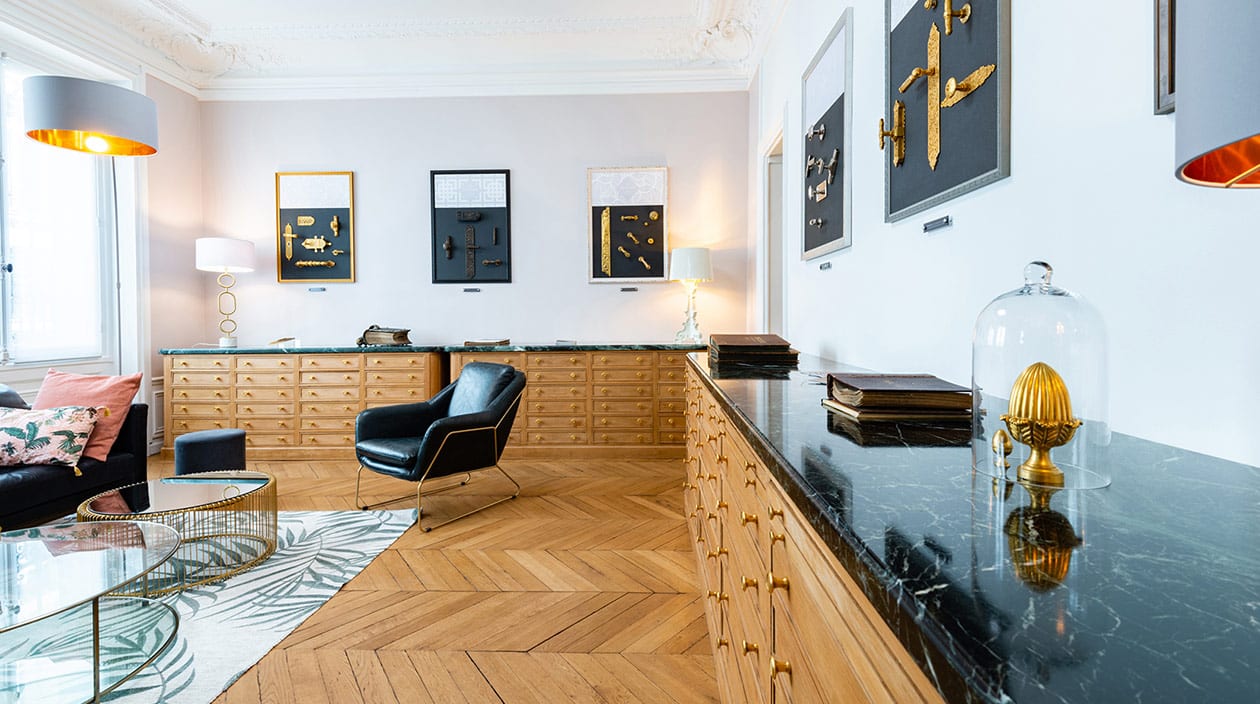
Decorative arts at your fingertips
Since 1782, Bricard has opened the doors to successive styles of French decorative arts. The art locksmith has thus imposed his know-how, from the Renaissance style to the Art Deco style. Preciously kept in its workshops, 30,000 models bear witness to the artisanal history of the House of Bricard. Like goldsmiths and silversmiths, the craftsmen-shoemakers shape, chisel and sculpt the bronze by hand according to the manufacturing processes inherited from the 18th century. This know-how is, as time goes by, at the service of its time. Bricard Art never ceases to inject the contemporary into its DNA without ever forgetting the soul of its House. In recent years, Bricard Art has initiated collaborations with interior architects and designers, producing in its workshops the finished product based on their drawings. The House of Bricard Art is constantly exploring new contemporary forms and finishes. At Bricard Art, each piece is a custom-made creation, a value that is dear to Signatures Singulières Magazine.
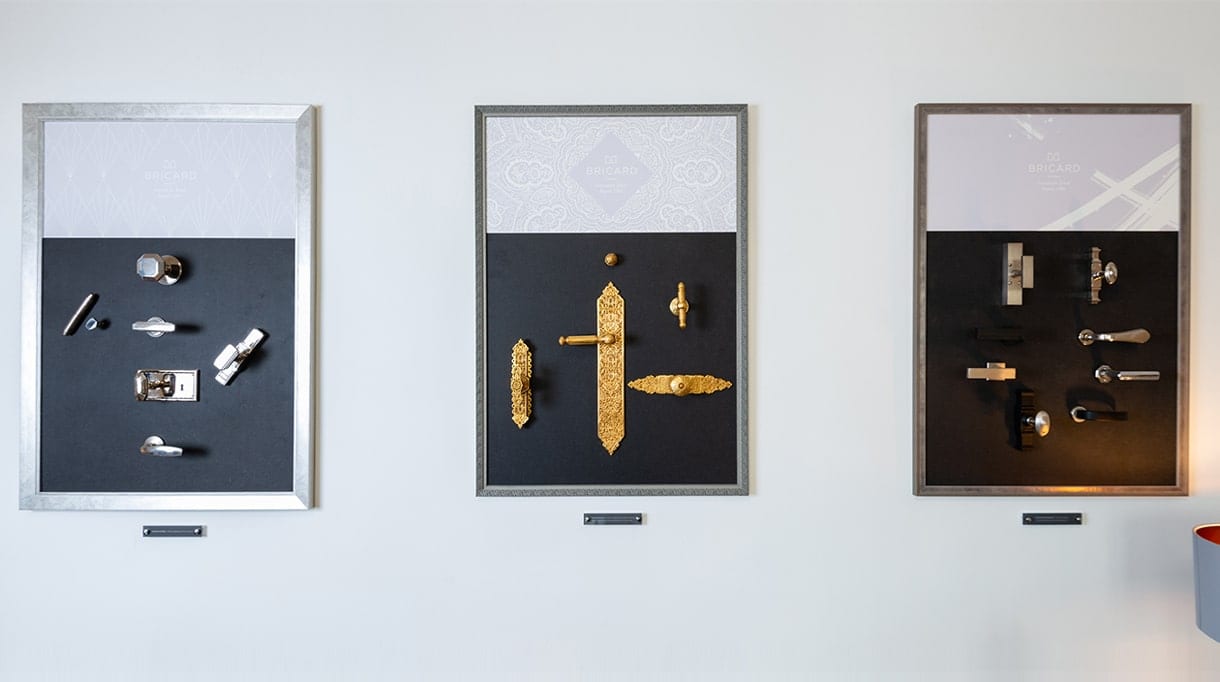
The doors to excellence in craftsmanship
Bricard Art puts its exceptional know-how at the service of architects, decorators and private individuals. In addition to this, it also has an artistic sensitivity that has been proven for more than two centuries. After understanding what the project entails, the House shows the clients the appropriate models taken from its countless locksmith collections. Above all, it offers inspirational notebooks illustrating the trends of yesterday and today. In the end, this alchemy of contemporary design and historical know-how offers atypical models of artistic locksmithing. These custom-made or handmade pieces are the gateway to a world of extraordinary excellence. A value that seduced the interior architect and designer Valérie Rostaing. Illustrated by her latest architectural project “The House of Taipei”, in which French craftsmanship is given pride of place. At the same time, Valérie Rostaing also designs furniture for her sophisticated residential projects. An illustration of the French art of living, promoted by Signatures Singulières Magazine.
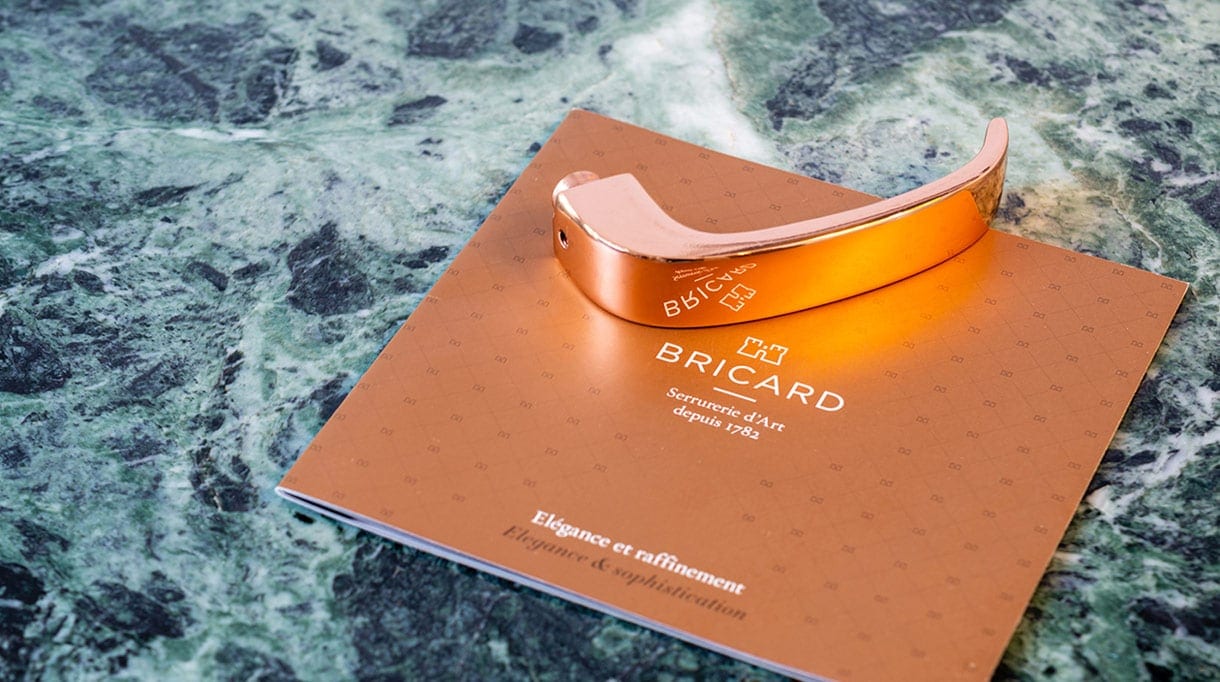
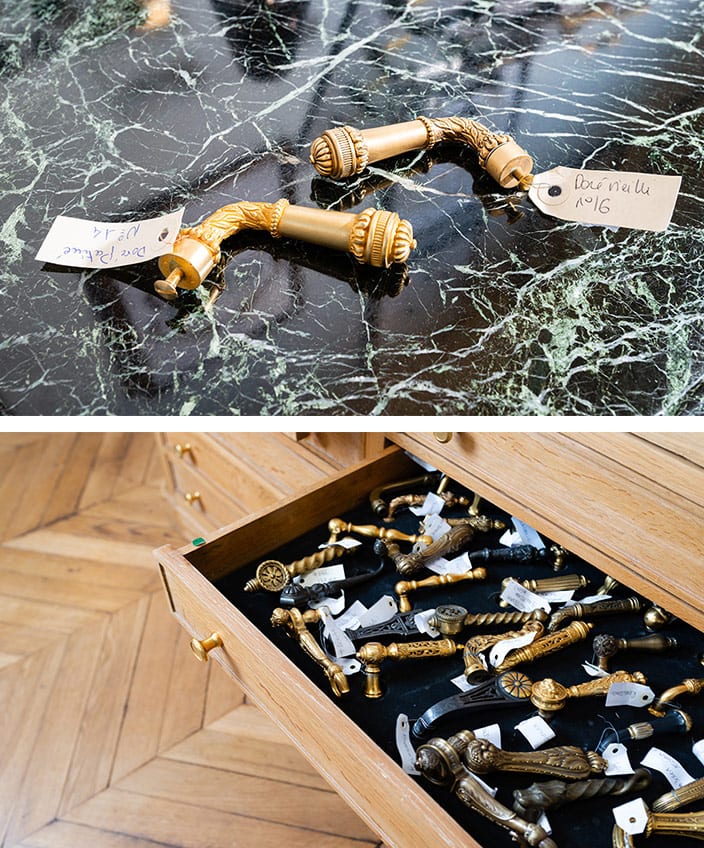
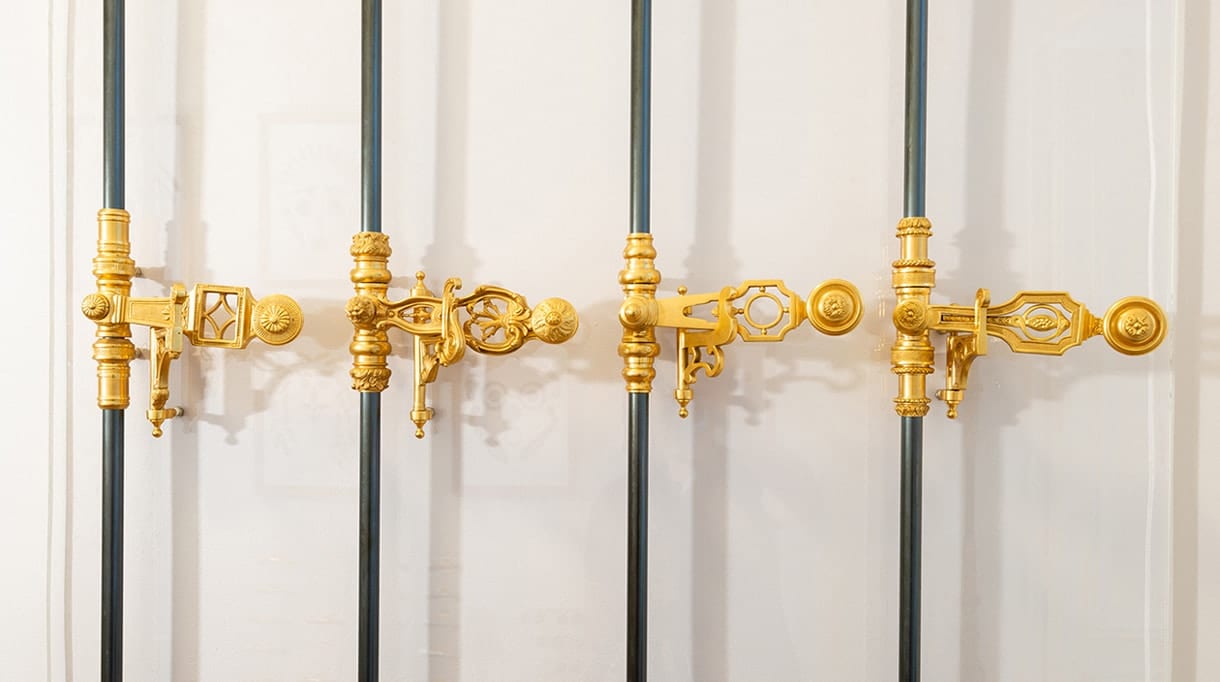
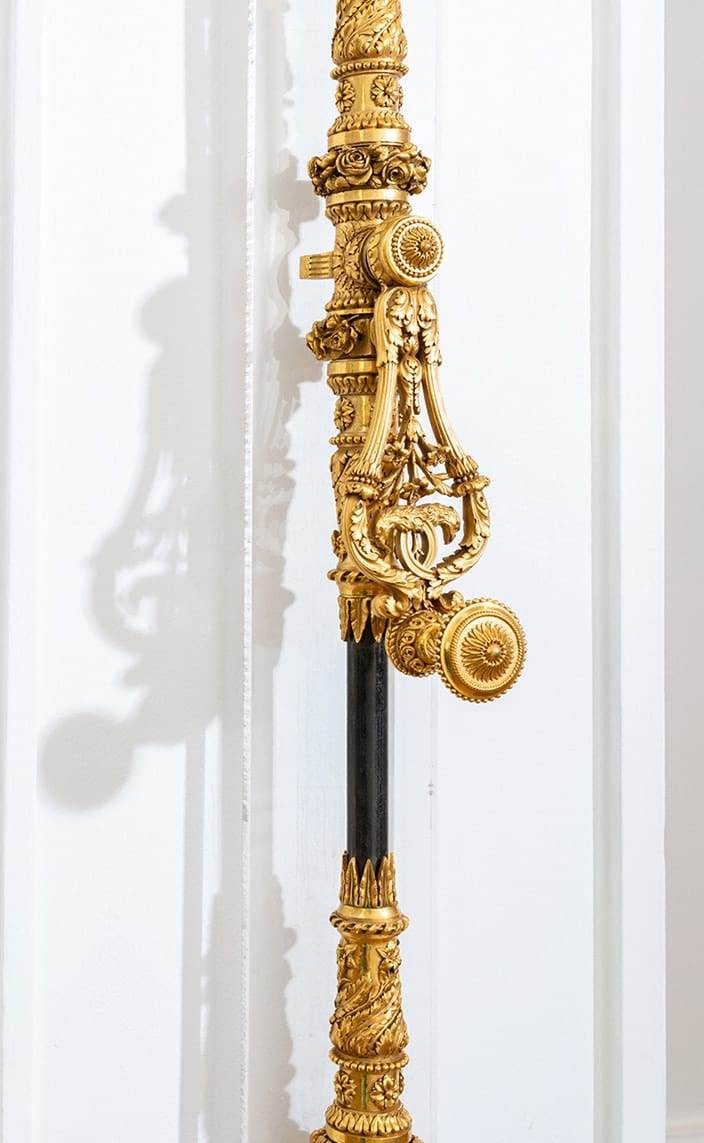
Bricard Art
Showroom open by appointment only
2, bis rue de la Baume
75008 Paris
Tél. : +33 (0)1 42 77 71 68
Share
A day with Laetitia, our Sales Representative at Par Excellence
Laëtitia Dominguez was born in Madrid and raised between France, Spain and Belgium. She has traveled around the globe since a very early age and worked in the United States, Central America and Europe within the Luxury Industry. Passionate about culture, design, and all forms of art in general, she joined Par Excellence in order to promote the most incredible French savoir-faire in the American market. Curious by nature and very dynamic she loves working on interior design projects and is truly committed to her clients. Always in a good mood and smiling, she is a delight to work with! Let’s discover her routine at Par Excellence!
What is your mission at Par Excellence?
As an Account Manager at Par Excellence, my mission is to be the link between the interior designers and our artisans, being their local contact and following up on the different projects and managing the client relationship. On a daily basis, my mission is to research high-end interior designers and architects, connect with them to present our artisans and understand how we can collaborate together, answering the incoming requests and following the ongoing projects and developing close relationships with the interior designers.
What attracted you to this environment?
From a very early age, I have wanted to work in the luxury industry, and in particular for a French Maison. I always admired these French Maisons’ values, savoir-faire and respect of heritage and wanted to contribute to preserve them for future generations. When I discovered the Par Excellence project, I completely fell in love with it. The idea of representing some of the best French artisans and promoting the French savoir-faire in the United States as well as collaborating with the most demanding architects and interior designers truly inspired me.
Tell us about a typical day at Par Excellence!
There’s not really a typical day at Par Excellence, some days I’ll spend the whole day running around Manhattan in clients meetings, and some days I’ll be at the showroom hosting interior designers, artists and all kinds of inspiring personalities for a visit or for lunch. There’s always so much going on at Par Excellence, from video filming and photo shoots to inspiring meetings and the finest dinners and events. The team also attends lots of art exhibitions, design salons and other art and design events.
“The idea of representing some of the best French artisans and promoting the French savoir-faire in the United States as well as collaborating with the most demanding architects and interior designers truly inspired me.” – Laëtitia
What do you like most about your job?
What I most like about my job is learning more everyday about incredible craftsmen and their sublime and unique techniques and know-how, meeting some of the best interior designers and architects, and being able to collaborate with them both in the most exquisite projects.
How is the spirit like at Par Excellence?
We are a tight team of dedicated and passionate people and we are all very proud to showcase the finest French craftsmanship in the United States. The Artisans we represent here are the best in their field! Their know-how is so varied and rich, it makes our mission all the more exciting!

